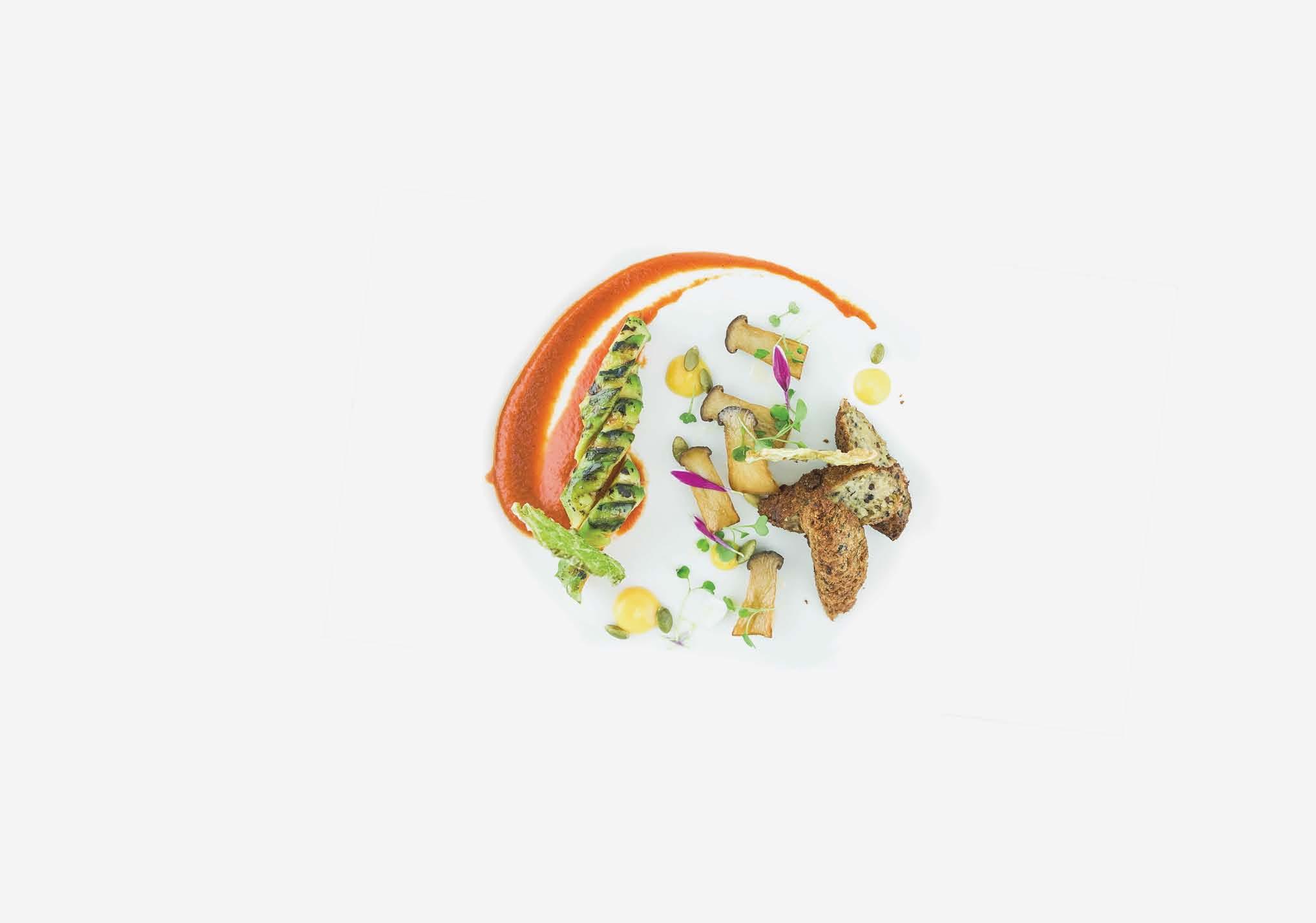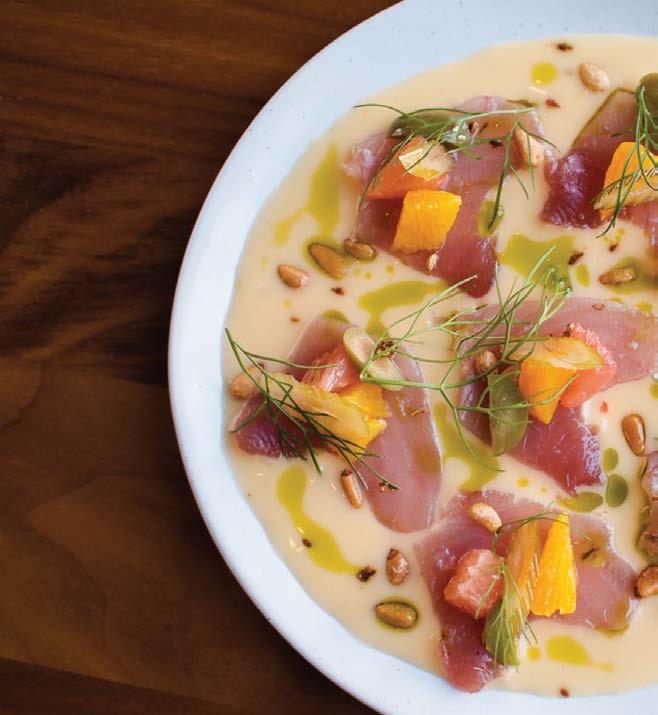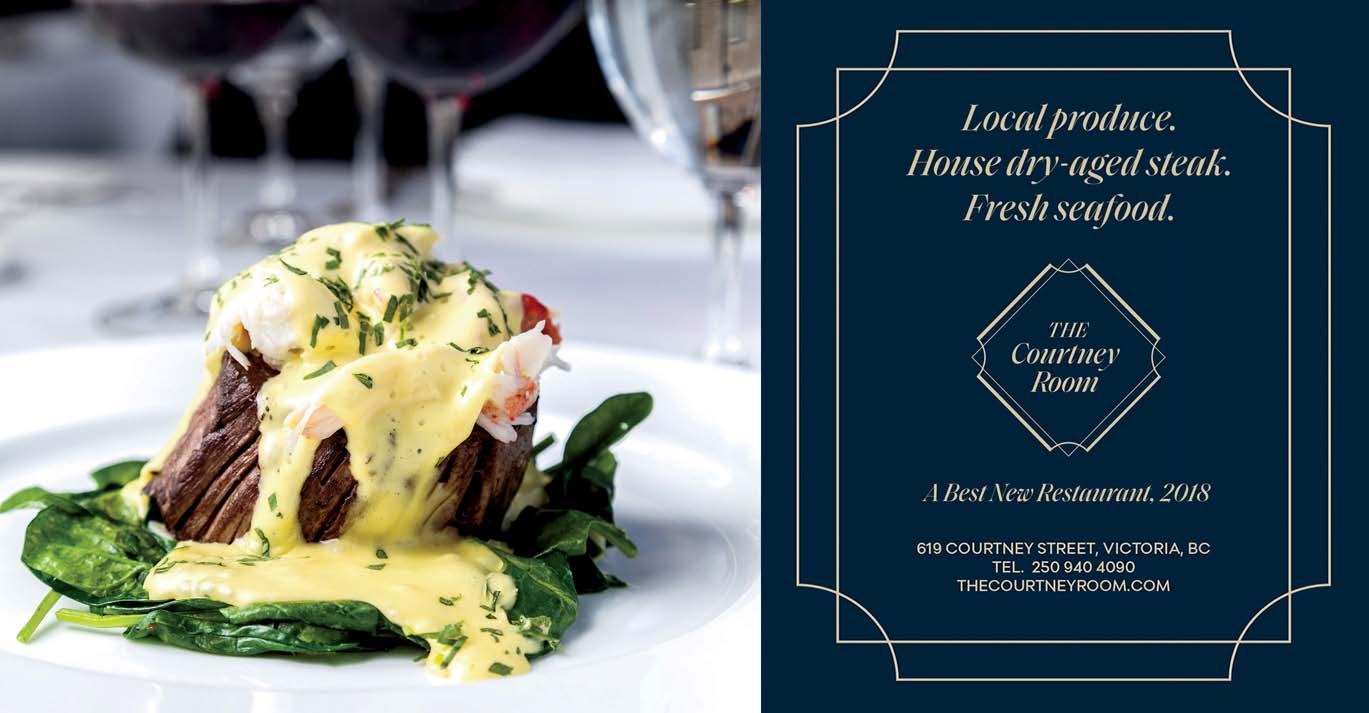Smart. Local. Delicious.

Summer Sipping
Wine · Gin
On Board
Cheese · Charcuterie · Bread










Smart. Local. Delicious.

Summer Sipping
Wine · Gin
On Board
Cheese · Charcuterie · Bread










It’s time to start thinking of outdoor entertaining, of having people over for a quick cocktail and a bite on the patio before the sun goes down. We aren’t totally into that summertime frame of mind yet, but we’re dipping our collective toes in. And EAT’s got you covered on your forays into late spring/early summer entertaining.
In this issue, Cinda Chavich takes us on a tour of the island wineries and gives some great recommendations for summer wines. Daniel Murphy provides us with the lowdown on local gins and the history that has influenced them. Our writers take a look at cheeses you should try, excellent charcuterie and fabulous bread; put those together with some fruit, nuts, and honey, and you have a quick, beautiful, and delicious offering.
Want something more substantial? Make crowd-pleasing lasagna or spice it up with a jambalaya. Or how about a Cubano sandwich party? Finish the night off with a stunning dessert or pastries from one of Victoria’s stellar shops.
Don’t forget the farmers markets. They’re back beginning this month, and I can’t wait to walk the rows of stalls filled with colourful produce.
I hope your next two months are filled with great food and sunny days.

Summer is on the way! This seems like a good time to remind you about Victoria’s incredible small batch ice cream and frozen treat makers, just in case you’ve been neglecting them over the cooler months. Parachute Ice Cream is located in the Rock Bay neighbourhood, at 105-2626 Bridge St. Kid Sister is at #10 Fan Tan Alley, and Cold Comfort is at 2-1115 North Park St. If you need a more regular supply, 49 Below Artisan Ice Cream have 1 and 2-pint subscription plans. 49 below.ca
It has been a busy spring season in YYJ, with many recent and planned openings. At 1600 Bay St (former location of Mexican Cantina), Marta Café + Pantry is offering nutrient-dense dishes lovingly made with an assortment of locally sourced, sustainably aware, and ethically minded ingredients that appeal to a variety of dietary considerations and palates. martacafeandpantry com
Saint Cecilia has opened at 535 Yates St, serving Fjord Coffee Roasters in espresso, flat whites and pour-overs. Find them on Instagram @ saintceciliavictoria .
A new photography-themed café, Bokeh Café, has opened at 1028 Blanshard St. Serving a selection of eggs Benedict, sandwiches, wraps, bubble waffles, coffee and tea beverages, the café also features a photography gallery on the walls. bokehcafevic com
Back in Five Café has opened in the former Shatterbox Coffee space at 916 Pandora Ave; opening days to start are on Friday, Saturday and Sunday.
Over the Malahat, The Ainslie is a new family-run restaurant in Duncan with the participation of three generations. Chef Ian Blom and his wife, chef Kimberly, met in culinary school and had a dream to open a restaurant one day. With the help of family and friends, they have been able to make that dream a reality. The Ainslie’s menu is focused on promoting the bounty of produce and products of the Cowichan Valley region. theainslie.ca
Beauregard Café and Provisions is now open at 1191 Verdier Ave. in Brentwood Bay, serving breakfast, lunch, baked goods, Level Ground coffee, Cultured Kombucha and Saanich Organics.
beauregardcafe com
Two new taphouses are slated for 2019 openings. Owners of The Drake have submitted plans to launch Herald Street Brew Works at 506 Herald St, featuring a brewery and 178-seat tasting lounge. The former location of Terroir Tea Merchants is the planned space for Refuge Tap Room. Stay tuned for more developments.
L’Apéro is a new event company offering culinary and social experiences for people to gather and enjoy cheese, wine and beer in a convivial atmosphere. Different types of events are offered in the Greater Victoria area, from cheese
workshops to private parties. Upcoming workshops at Ottavio and House of Boateng include Cheese Board Mastering: Discover the art of designing a balanced and sophisticated cheese board and Cheese Tasting 101: If you don’t know what “organoleptic” means, it’s because you haven’t taken this class yet. Visit aperocheeseexperience com for dates and prices.
Cheese and Meat Festival 2019, Victoria’s artisan food festival, invites you to explore the smells, tastes, and textures of artisan foods while pairing them with wine, cider, beer, and mixed drinks. Two seminars will be presented: Cheese, Chocolate, Beer [1:45PM] and Farm to Table & Slow Food [5:45PM]. May 11 at the Roundhouse at Bayview Place. This is a 19+ event.
cheeseandmeatfestival com
The Oak Bay Beach Hotel hosts their annual Mother’s Day Brunch on May 12 , holding a grand brunch in the Grand Lobby, with views of the Salish Sea. Four seatings are available at 10am, 10:30am, 12pm or 12:30pm. Reservations are required. Call 250.598.4556 to reserve your seating. $65 for adults and $32 for children ages 4 – 11 years old.
oakbaybeachhotel com
The Victoria Wing Fest is taking place
from 6 – 8:30pm on June 9. This event features wings from local chefs and craft beverages from BC breweries, distilleries and cideries all in one place. Tickets include tastings of wings, beer, cider, spirits and includes live music from The Bills. This 19+ event is a fundraiser for the VGH Paediatric ICU. victoriawingfest com
Join over forty-five BC breweries in a unique one-day beer festival that celebrates the best hop-infused brews our province has to offer. Hopoxia will be held in the Phillips Backyard from 3 – 6pm on June 10. Tickets $20. This is a 19+ event. Tickets available in person at the brewery or online at phillipsbeer com
Fernwood’s favourite food and drink tasting event is back for its 10th year on June 23. Join friends and neighbours at Fernwood Bites in beautiful Fernwood Square and taste the best food and drink from over local 30 restaurants, breweries, distilleries, cideries and wineries. All food and drink samples are included with the purchase of your ticket. This is a 19+ event. Rain or shine. Fernwood Bites is a fundraiser for Fernwood Neighbourhood Resource Group. All funds raised will support programs and services in Fernwood including: affordable housing, childcare, youth, senior and family support programs, food access programs, and arts & cultural events. fernwoodnrg ca
FOUNDER
Gary Hynes
PUBLISHER Pacific Island Gourmet
EDITOR
Cynthia Annett-Hynes
EDITOR-AT-LARGE
Rebecca Wellman
CONTRIBUTING EDITOR
Carolyn Bateman
VANCOUVER CONTRIBUTING EDITOR
Julie Pegg
SENIOR WINE WRITER
Larry Arnold
LAYOUT AND DESIGN

Cynthia Annett-Hynes
PRODUCTION
Amanda Batchelor
REGIONAL REPORTERS
Victoria, Rebecca Baugniet
Up Island, Kirsten Tyler
CONTRIBUTORS
Larry Arnold
Isabelle Bulota
Joseph Blake
Bob Fenske
Cinda Chavich
Jennifer Danter
Jacqueline Downey
Pam Durkin
Gillie Easdon
Deb Garlick
Denise Marchessault
Sherri Martin
Elizabeth Monk
Daniel Murphy
Daisy Orser
Elizabeth Nyland
Adrian Paradis
Adrien Sala
Shelora Sheldan
Johann Vincent
Rebecca Wellman
REGIONAL/NATIONAL ACCOUNT MANAGER
Susan Worrall
ADVERTISING ACCOUNT MANAGERS
Ron Metella
Sheena MacLeod
FACEBOOK/EATMAGAZINE

TWITTER/EATMAGAZINE
INSTAGRAM/EATMAG
For advertising and other inquiries: PHONE 250-384-9042 / 778-350-6962
EMAIL editor@eatmagazine.ca sales@eatmagazine.ca
ONLINE EatMagazine.ca
MAILING ADDRESS Box 5225, Victoria, BC, V8R 6N4
Errington Farmers Market
Community Park, Saturdays 10am–1pm, May to September
Port Alberni Farmers Market
at the former Cherry Creek School, Saturdays 9am–1pm, year round
Quadra Island Farmers Market
by the Credit Union, Saturdays 10am–2pm, May to September
Parksville Summer by the Sea Market
Craig & Hirst Street, Tuesday 6pm – 9pm, July to August
Qualicum Beach Farmers Market
172 Veterans Way, Saturdays 8:30am–12 noon, year round, Wednesdays 4pm–6:30pm, June to September
Port Alberni Spirit Square Farmers Market
Spirit Square, Saturdays 9am–12pm, year round
Mid Vancouver Island
Campbell River Pier Street Farmers Market
Lot between Maritime Heritage Centre & Fishing Pier, Saturdays 10am–2:30pm, May to September
Comox Valley Saturday Farmers Market
Comox Valley Exhibition Grounds, Saturdays 9am–1pm, April to October
Comox Valley Wednesday Farmers Market
660 England Avenue, Courtenay, Wednesdays 9am–12:30pm, July to September
Cumberland Farmers Market
Village Square Park, Sundays 10am–1pm, July to September
Denman Island Farmers Market
Old School Grounds and Recycling Depot, Saturdays 9:30am–12:30pm, May to October
Nanaimo Area
Cedar Farmers Market
Field next to the Crow and Gate Pub, Sundays 10am–2pm, May to October
Gabriola Farmers Market
Agi Hall, Saturdays 10am–2pm, May to October






Island Roots Market
Beban Park, Wednesdays 4pm–6:30pm, mid May to October
Nanaimo Downtown Farmers Market
Pioneer Waterfront Plaza beside the Bastion, Saturdays 9am–2pm, mid May to September
Cowichan Valley
Cobble Hill Farmers Market
Cobble Hill Hall Grounds, Thursdays 5–8:30pm, June to September
Duncan Farmers Market
Market Square, Saturdays 9am–2pm, April to October
Salt Spring Island

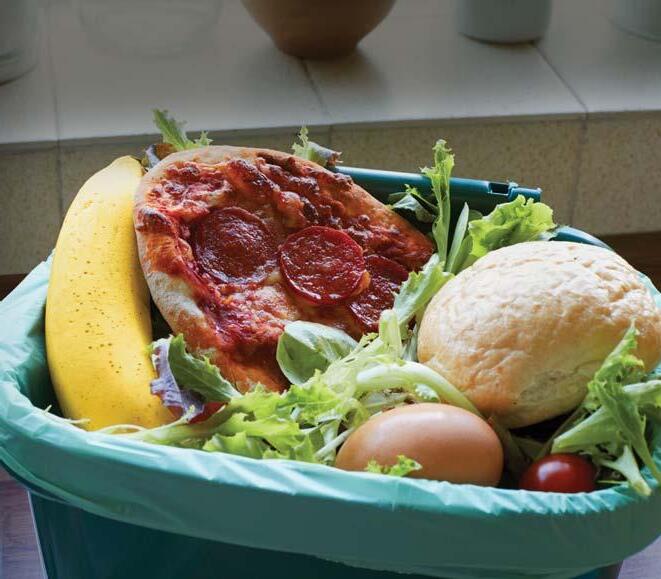

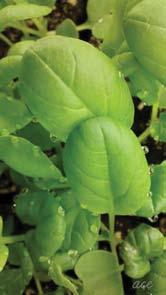
Though peppers are readily available to us all year round, they’re at their prime for an extended season (thanks to local greenhouses) of more than eight months. BC peppers of one variety or another are in season from late March to the end of November, peaking in both quality and price around August when both field and hot house varieties are available and harvest volumes are at their highest. If you’re going to make homemade salsa or pickle jalapeños, mark your calendar and watch your local market for case-lot pricing or plan a visit to your favourite local pepper grower. Sun Trio, Glanford Greenhouses, Longview Farms and Sunwing all “deal in peppers” and most welcome visits from consumers.
Peppers have been cultivated for more than 9,000 years around the globe. Red bell peppers consistently outshine all other varieties, often ranking in the top three most sold produce items at markets. Fluctuating wildly in flavour, sweetness, nutrient density and, of course, heat (pres ence of capsaicin), peppers deliver immense versatility to the home chef. Whether you like them red, orange, yellow, any shade of green, purple or white, peppers can dress up your salad, soup, sauté, sauce, grill, stir-fry, roast or toast.
If you’re venturing beyond the jalapeño into hot, hot pepper territory, be sure to have some familiarity with the Scoville Heat Scale. This system for rating the amount of capsaicin in any given pepper variety was created in 1912 and originally relied on human tasters to rate the
level of heat present. Taster fatigue soon became a problem, as you can imagine, and a more reliable scientific method called High Performance Liquid Chromatography was created; however, the Scoville rating reigns supreme and remains the most familiar at the consumer level.

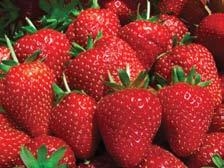
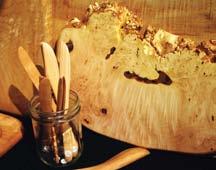


From the sweetest sweet to the hottest hot, get to know the huge array of peppers available to us throughout the year when peppers are in season in the various global growing regions. Each has an asset, whether it be heat or colour; learn your favourites and how to complement their best qualities in your cooking.
0Sweet Bell Peppers

Red, yellow, orange and green bell peppers
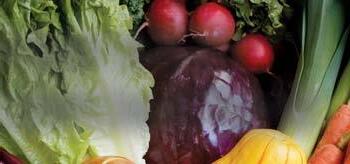

Mini sweet peppers
Sweet tooth peppers
Purple bell peppers
White dove peppers
Hungarian wax peppers
Hungarian pimento peppers
Sweet banana peppers
Crimson red sweet pepper
Cubanelle peppers (long green peppers not hot)
Jalapeño Red Fresno Cherry Bomb
Serrano Thai (both green and red) Cayenne
Cascabel

Chipotle (smoked jalapeño)
Chili de arbol

Tabasco
Guajillo

Pasilla negro

Ancho mulato

Anaheim Habanero Yellow hot chili pepper (a.k.a., Sante Fe Grande or Guero chili pepper)
Hot banana Scotch Bonnet Ghost pepper
The spectrum of peppers we can access throughout the season: HOT PEPPERS

Pasilla Portugal hot Shishito
Poblano Ring of Fire Padron


1701 DOUGLAS ST. (HUDSON MARKET), 778-265-8374



Teriyaki & Roll caught my eye more than once when I noticed Asian international students clustered here at different times of the day. I quickly understood why: portions are plentiful and flavours and presentation exceed what one would expect from a small market kitchen.
First, the teriyaki. The chicken has a crisp and succulent texture since it is both grilled and then deep-fried. It is served with a healthy dose of vegetables: cauliflower, broccoli, carrots and green beans. In fact, the restaurant offers choices beyond teriyaki sauce on your protein. I also really enjoyed the creamy house-made sesame sauce.
The Tropical Mango roll for $12 is a stand-out. The roll is flipped on its side, topped with a salad of mango cubes and mixed greens, and drizzled with a vibrant dressing of mango, apple and lemon. Underneath the salad, the colour of the roll reveals its unusual ingredients: beet as well as tempura yam. The Double Crunch roll, also at $12, shares the same playfulness, topped with a profusion of bright orange, shredded and crispy yam. The simple but fresh roll of tempura, cucumber and avocado is framed by two sauces—teriyaki on the bottom and sriracha mayo on top.
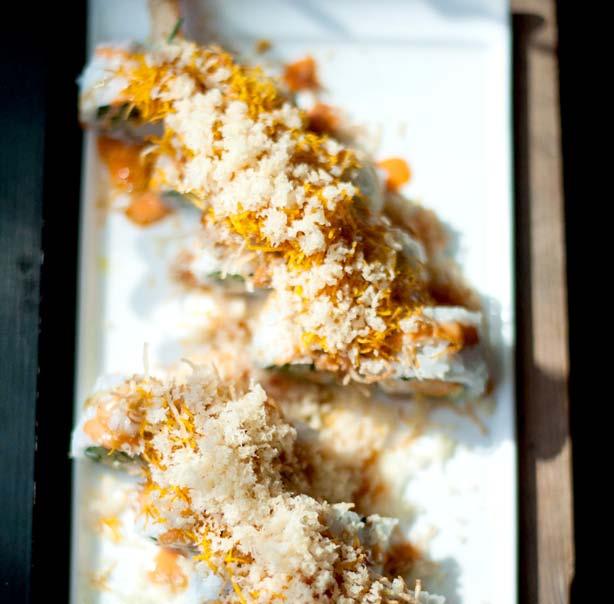
Beyond the offerings spelled out in the restaurant name, I enjoyed a homestyle Korean dish called Black Bean Noodles for $8. Honestly, it looks rather ominous, as deeply black as an inky pasta sauce. The rich blend of puréed black beans, cabbage, onion and ground pork is served over soft wheat noodles. The dish has a sweetness to it and is a favourite with Korean children. More proof that this restaurant is geared toward international students is the miso soup for $1.50 disguised as coffee in a coffee cup so students can enjoy it in class. As always, for affordable food, follow the students.

9891 SEAPORT PLACE, SIDNEY, 778-351-1544
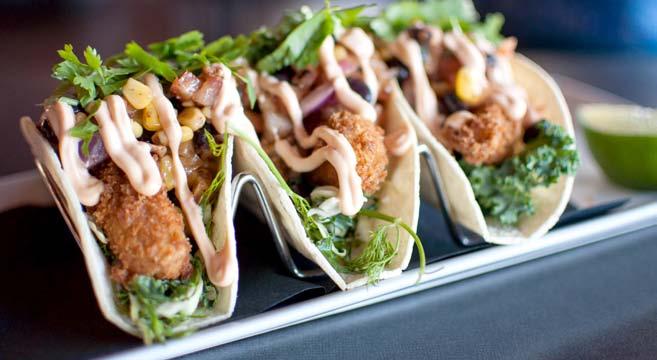



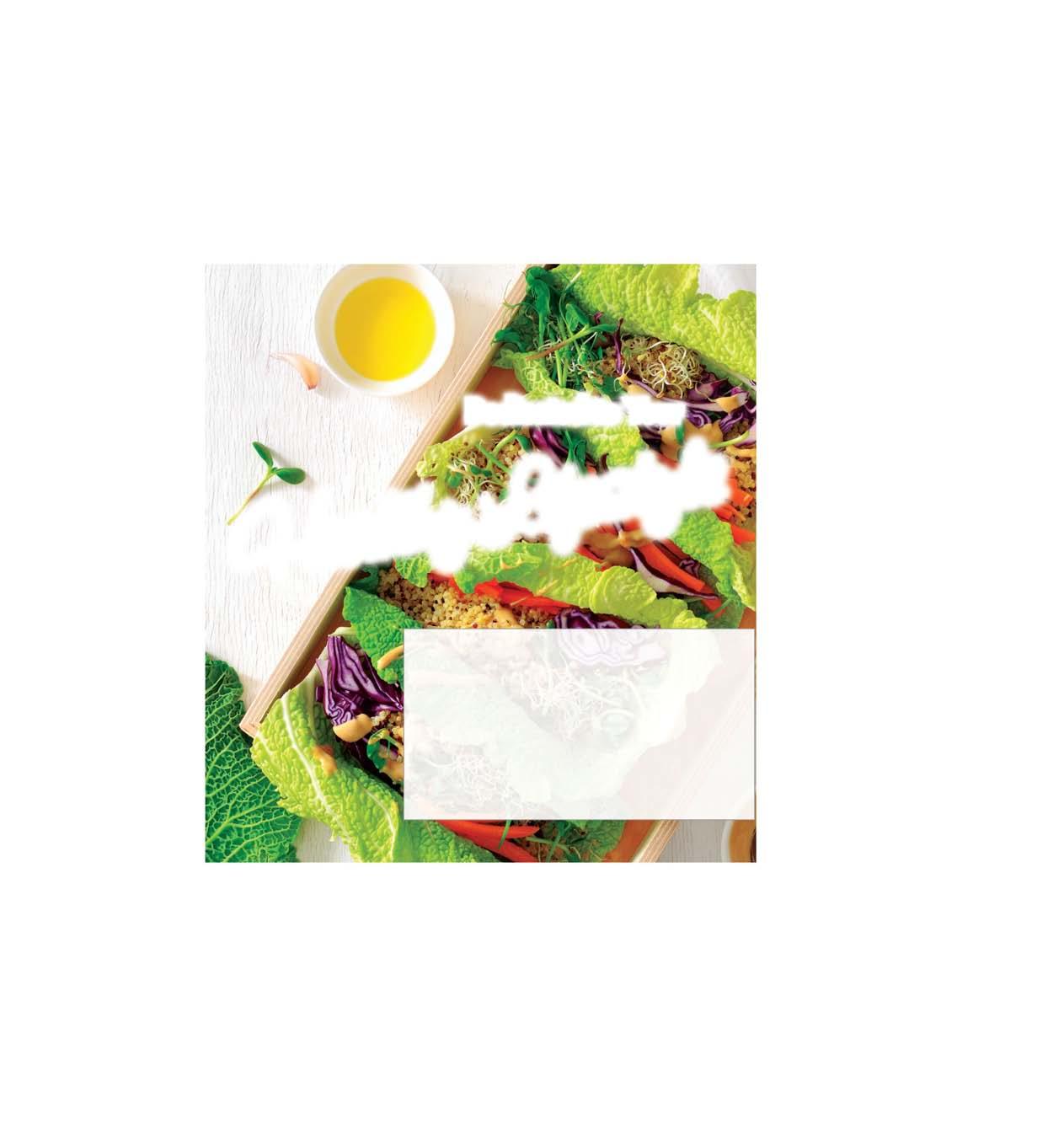
Brick walls, a fireplace, enormous windows overlooking a marina—this beautiful contemporary bistro in Sidney was checking off boxes for me even before I tasted the food. The Surly Mermaid fills a niche that had been missing in Sidney—somewhere sexy, flirty and fun. On top of that, it is in the same complex as the award-winning Victoria Distillers (of Victoria Gin fame), so an afternoon tour of a gin brewery combined with brunch or dinner here seems a perfect date.
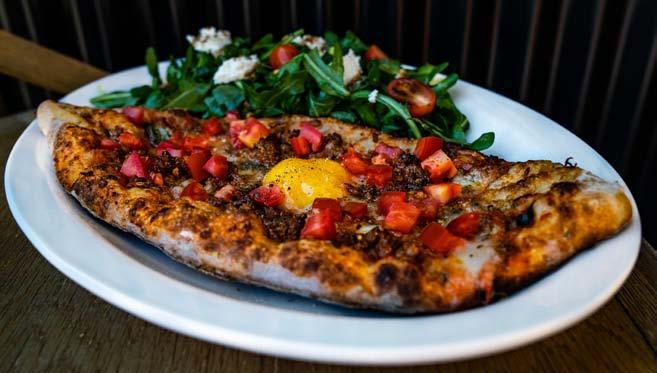
The Surly Mermaid’s best-selling dish is the plate of calamari for $15. Ocean-wise, local Humboldt squid, picked up two blocks away at the Sidney Fish Market, is used here. This means you won’t see the rings and tentacles you might expect, but strips, since Humboldt squid is shaped like a six-foot torpedo. What makes it excellent is the tenderness of the
my day the meats I tried were a coppa pork shoulder flavoured with thyme, a dry pepperoni seasoned with orange and coriander, and a French-style salami with white pepper. The cheeses included a sheep milk Manchego and a nutty dense Gouda from a Dutch creamery called Kaamps. I enjoyed the unusual addition of Salt Spring Island smoked salmon to the charcuterie plate, and the homemade basil and lemon pesto.
The name of the restaurant refers to a mermaid spotted in Active Pass in 1967 and photographed by ferry passengers. While she may have been surly (the woman performing the publicity stunt apparently almost drowned), the atmosphere of the restaurant is anything but.


True Grain Bread is marking two exciting milestones this year. Not only did the company celebrate their 15th anniversary in April, but the month before they clocked their one-millionth handcrafted loaf of bread. “It’s one thing to do a million loaves in a big factory, but to have craftspeople hand-scaling and hand-crafting each individual loaf with organic grain all sourced from BC, that’s something special,” said co-owner Todd Laidlaw.
Started in Cowichan Bay in 2004, the family-owned company has since grown to three locations; a second in Summerland in 2012 and the third location in Courtenay in 2017.
In 2016 True Grain made the bold decision to switch to using only BC-farmed and BC-milled organic flour for everything they bake. Laidlaw says they want to give people the opportunity to experience local bread the same way they would experience fresh produce at a community farmer’s market.

“Many people assume their bread is local because of the location of the bakery,” says Laidlaw. “Truly local bread has to do with the location of the farm.”
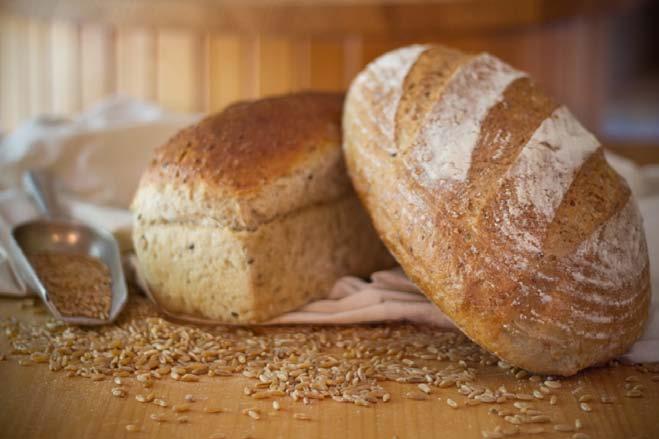
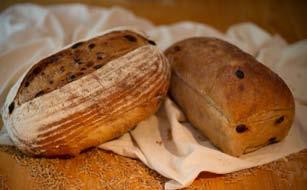
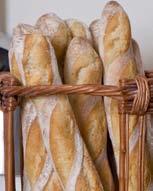
Building strong relationships with local farmers has allowed True Grain to encourage the growing of ancient grains like Einkorn, Emmer, Khorasan, Rye, Spelt and heritage wheat like Canada’s own Red Fife. These are then stone milled slowly at low temperatures to maintain high nutritional value.

From the farmer to the miller, the flour then goes to the bakers, who craft each loaf with old-world, European inspiration. This means adding no sugar, fats or preservatives to the bread. For their range of handmade pastries, such as traditional French Croissants and their signature Copenhagen Swirl, only organic butter and organic cane sugar are used.

“Our customers trust our dedication to organics and craftsmanship,” says Laidlaw.
“They know they’ll never find processed food-like products at the bakery. We love knowing we’re reconnecting people with real food.”

2405 EASTDOWNE RD. AT DALHOUSIE, 250-592-7225
I am confident there is only one place in Victoria, and maybe even Canada, where you can get a lunch and dinner special that’s a combination of Turkish and Filipino food and that place is an eat-in deli called Yumbrosia near Oak Bay High School. The Turkish breakfast for $6 is a bargain. Full of protein and umami, it’s a scoop of mixed olives, a fried egg, salted cucumbers, cubed tomatoes, and hunks of cheese. Dubliner cheese on my day, but that can vary and can certainly be some authentic feta if you ask for it. Breakfast comes with a Turkish coffee or tea. Honestly, the Turkish coffee I had could have gone for $4 on its own at a tonier coffee shop, so this is amazing value if you don’t mind humble surroundings.
The TurkeyPhil platter for $9 reflects the two heritages of the owners Ihsan Askar and Glenda Dajonan.
Turkish-style rice is basmati mixed with orzo and fried with salted butter. The Filipino ado bo is chicken stir-fried with lots of aromatic ginger and garlic as well as soy sauce, pepper and salt. It’s usually just meat, but for a Turkish twist, carrots, bell peppers and potatoes are add ed to make it more of a stew. Two lemony dolmades finish off the plate. A customer favourite is a dish of thin-cut grilled eggplant wrapped around provolone and sun-dried tomato.
You can also make a meal from the well-stocked deli (there are more than 50 types of cheese to choose from), or have a party catered In short, this is a place to both eat an afford able multicultural meal and stock up for home.

MADE
Want to make a difference and still meet your financial goals? Let us show you how using proactive Environmental, Social and Corporate Governance (ESG) standards can do just that. We’ve been doing it for years. Right here in Victoria. Contact us today to learn how we help create more sustainable portfolios.

www.blueherongroup.ca
250 361-2284 | blueheronadvisorygroup@cibc.ca
11
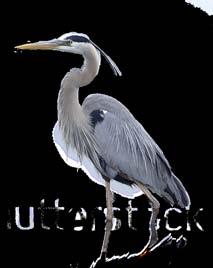 TURKISH BREAKFAST - MIXED OLIVES, FRIED EGG, SALTED CUCUMBERS, CUBED TOMATOES, AND CHEESE
ELIZABETH NYLAND
TURKISH BREAKFAST - MIXED OLIVES, FRIED EGG, SALTED CUCUMBERS, CUBED TOMATOES, AND CHEESE
ELIZABETH NYLAND
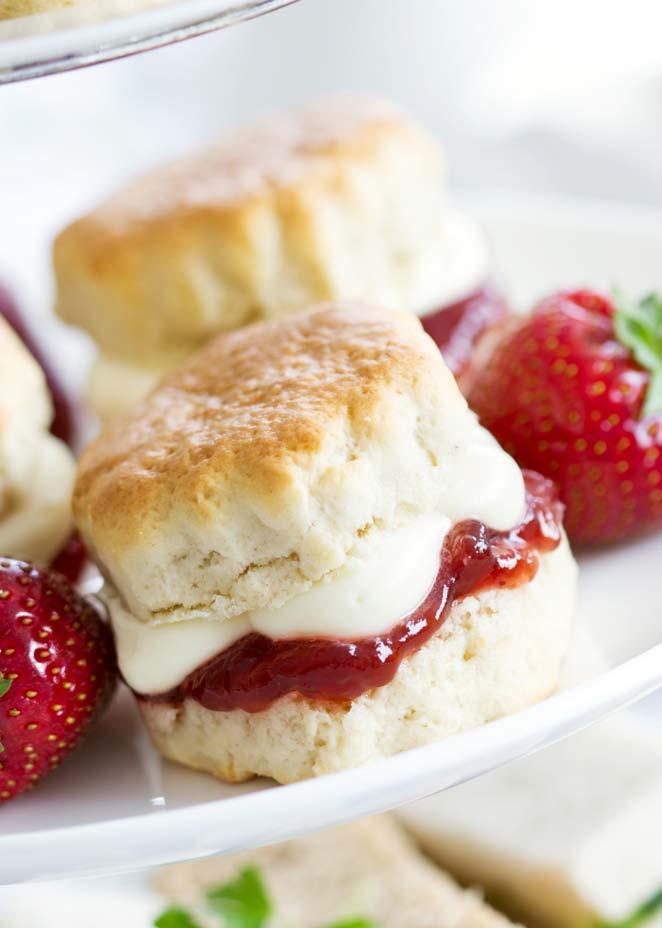
In recent years my London visits have dwindled to brief stop-offs between wine trips to the continent, or excursions to the pretty English coast and countryside. This year I decided to make London a trip in and of itself.
Rather than tearing through the various markets, cafés, pubs and gin houses, I shopped and sipped like a local, strolling Soho’s Berwick Market, shopping Brixton’s colourful stalls and Southwark’s busy Borough Market, picking up local cheeses, pickles, bagels and breads, spices, vegetables and herbs, after which I kicked back with an ale or an icy G & T.
A Sunday morning stroll through the Columbia Road Flower Market in east London rewarded me with just-blooming daffodils for my rented flat. In Portobello Road Market, I scored antique doorknobs, which weighed a ton. (I would worry much later about how to get them home.) One blustery afternoon following a matinee of All About Eve at the Noël Coward Theatre, I thought I’d like to do “tea.” Were the dollar/pound ratio in kinder proportion, or had I someone with whom to chew over Gillian Anderson’s riveting performance as Margo Channing, an elaborate, spendy, late-afternoon array of sweet treats following savoury might have been the ticket. We could have chatted over wee scones, lemon tarts, Victoria sponge and Battenburg cakes preceded by anchovy, chive and nasturtium flower on pumpernickel rye. (Or perhaps Mrs. Beeton’s cucumber and cream cheese sandwiches— although according to my Mrs. Beeton’s Cookery Book, that doyenne of British cooking made sandwiches not with cream cheese but butter beaten with a “gill” of cream and seasoned with salt, mustard and cayenne pepper.)
But I was flying solo with Joanna Trollope’s novel Second Honeymoon as my sole companion. Since I am very fond of scones, it was a simple cream tea I was after. A short stroll through a pretty green not far from the British Museum led me to Bea’s of Bloomsbury, which resembles a café more than a tea room. Tables are set simply. Teapots, cups and plates are gleaming white crockery, not fancy fine china, and the cakes at the display counter could hardly be referred to as dainty. The scones, too, are large, not the mini morsels on an afternoon tea tray. Rounded like a bun, they complete all scone requirements—buttery, flaky and feathery light. One plain and one dotted with sultanas arrived lovely and warm with a small pot of clotted cream and another of thick jam dotted with chunks of strawberry alongside. I pinched off a bit of scone, as one does, no knife please, and spread a dollop of cream then jam on the piece. One nibble and the whole lot melted into a sweet, creamy, crumbly richness, perfectly offset by a pot of piping hot, steeped English breakfast tea. I think immediately that this is how, on my return to Vancouver, I will pass a late spring afternoon out of doors. I’m no baker and it takes two or three tries back home before I get the hang of making a feathery flaky scone. The secret is to know when to leave the dough well enough alone. My best success so far is a recipe from The Guardian’s Felicity Cloak, who incorporates a bit
of lard along with butter and does not use eggs. Clotted cream is nearly impossible to find or astonishingly pricey, so I give it a whirl too. It’s a success. All that’s required is a glass baking dish, top quality full fat cream, eight to 12 hours in a steady 180°F oven and another few hours in the fridge covered with cling film to set.
As to whether correct pronunciation is “skoan” or “skon,” or what to put on the scone first— cream or jam—who would have thought such an innocent blend of flour, butter and milk would stir up such debate? Without a second’s hesitation, my server at Bea’s grins and says, “‘Skon,’ and the cream first, definitely. You can tell anyone Sophie from Devon says so, and we know all about scones and clotted cream.” Well, who am I to argue?
A word about high tea. Even fine dining establishments misconstrue the term. Despite the lofty sounding title, it is an informal spread that may include Scotch eggs, Cornish pasties, cold beef, toad in the hole (Yorkshire pudding stuffed with sausages) and other hearty British fare, as well as cakes and tarts. This equally delightful “tea,” taken about six in the evening, evolved as the evening meal among the working classes, who needed more than finger sandwiches, dainty pastries and tiny tartlets after a day’s toil.
Pity the poor pea. Long regarded as a rather common vegetable, it’s been overshadowed by trendier “super food” greens like kale and cauliflower. Things are about to change though. The humble pea is finally poised to take centre stage in the culinary world, thanks in large part to the ever increasing demand for plant-based proteins and the vegetable’s long overdue recognition as a nutrient powerhouse. Let’s take a closer look “inside the pod” and see what is changing pea’s lackluster image.
Protein Powerhouse
Thanks to its health benefits and easy-to-digest and mix appeal, pea protein is fast becoming a trendy and economical alternative to more familiar protein powders like whey and soy. And it isn’t just vegetarians and vegans who are jumping on the pea protein bandwagon. Pea protein provides some advantages ALL health-conscious consumers can appreciate. Unlike whey and soy, pea protein is not derived from any of the eight most common allergenic foods. In addition, it is remarkably high in Lysine, Arginine, iron and fibre, which means that the pea protein shake you whip up can help you build muscle, prevent cardiovascular disease, regulate your blood sugar and energise your body. And don’t fret if you’re not into guzzling protein shakes—pea protein is being added to veggie burgers, energy bars, alternative “milks” and even yogurt. Considering these factors, it’s hardly surprising the global demand for pea protein is growing, and according to Business Wire, is set to increase by 10% in 2019. Nationally, Agriculture Canada has taken note, and the Canadian government is taking initiatives to improve the yield of peas in this country.
Clearly, the hype around pea protein powder is a significant factor in the podded veggie’s rising status, but it is not the whole story. Innovative chefs and food bloggers are celebrating peas in their fresh form and are featuring them in everything from delicious vegetarian spreads to decadent desserts. And that’s good news because scientists have recently discovered “straight-from-the-pod” peas contain an abundance of disease-fighting nutrients that deliver some fantastic health benefits. So what’s in the pod that has researchers gushing? Just one cup of fresh peas provides you with 1/3 of the RDI for critical nutrients like Vitamins C and K, thiamine, manganese, copper, and fibre. Also, peas are also a great source of riboflavin, niacin, folic acid, magnesium, iron and zinc. While this nutrient mix is undoubtedly impressive, what really has nutritionists buzzing is the plethora of cancer-protective phytonutrients peas play host to. Phytonutrients are natural compounds in plants that can have powerful effects on the human body. Pisosaponins and pisomosides are just two superstar phytonutrients that are almost exclusively found in peas and research suggests they can not only help fight cancer, but they can also help KO heart disease too by helping the body flush out bad cholesterol. If that doesn’t impress you, consider this—peas are also teeming with chlorophyllin, a plant pigment that stops carcinogens from being absorbed by the body. Other beneficial antioxidant phytonutrients in peas include caffeic and ferulic acid, catechins, carotenoids and heart-healthy beta-glucan. And surprisingly, though low in fat, peas also contain small amounts of omega-3 fats, which enhance human health in myriad ways.
Obviously, eating more peas is a win for your body and your palate. Thankfully, there are a plethora of scrumptious pea recipes on the web, and there is no better time to try them than right now when fresh peas are at their flavourful peak!
It’s hard to think of a more picturesque place to spend a Victoria summer evening than on a patio overlooking the Inner Harbour, enjoying the fresh sea breeze and local seafood and craft drinks. This summer, the Blue Crab is aiming to be the destination place for locals to do just that. “We have some of the best views of Victoria from our restaurant,” says Jadrian Berkan, Events and Catering Manager at the Coast Hotel and Blue Crab Restaurant. “If we can enjoy that same view alfresco in the summertime, why wouldn’t we?”

While the Blue Crab has always had a fine patio space for guests to use, it has primarily been reserved for events and catering in the past. This summer, they plan to launch their new space, freshly renovated and rejuvenated with a new look. “We’re adding a living garden wall that will act as a bit of privacy between our neighbours and us as well as a soundproofing barrier,” says Berkan. “We’re calling it a West Coast ambience with an urban garden feel.” The patio will still be available for special events and catering, but the new look and renovations are meant to create a more relaxed ambience for regular guests to enjoy the spectacular view.

All summer long, the Blue Crab runs its Chalk It Up menu event: daily and weekly features inspired by what is fresh, local, and in season. They bring in an abundance of fresh seafood like mahi-mahi, locally caught halibut, albacore tuna, sablefish, and salmon, as well as fresh produce from Topsoil, the urban farm at Dockside Green, and other local island producers. “That’s one of the main focuses of the kitchen,” says Berkan. “We always try to stay local and sustainable.”
To further celebrate the patio, the restaurant will host its annual Blue Crab Seafood Festival on Thursday, July 11. “We donate all proceeds to BC Children’s Hospital Foundation,” says Berkan. “It’s a nice afternoon and evening event out on the patio. We donate the food and the venue and then have our beverage suppliers hand out tastings of their wonderful products.” If fresh seafood and casual, ocean-side ambience were not enough, the Blue Crab hopes to open itself up to groups looking for a space in a busy downtown Victoria. Finding a table anywhere in the summertime can be a challenge, much less one with an ocean view, but this season Blue Crab’s extended patio hopes to be not just an option but also a destination. -AdrianParadis
BLUE CRAB SEAFOOD HOUSE, COAST VICTORIA HOTEL
146 KINGSTON ST., 250-480-1999

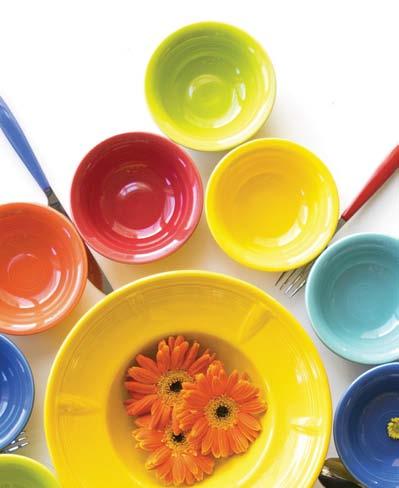


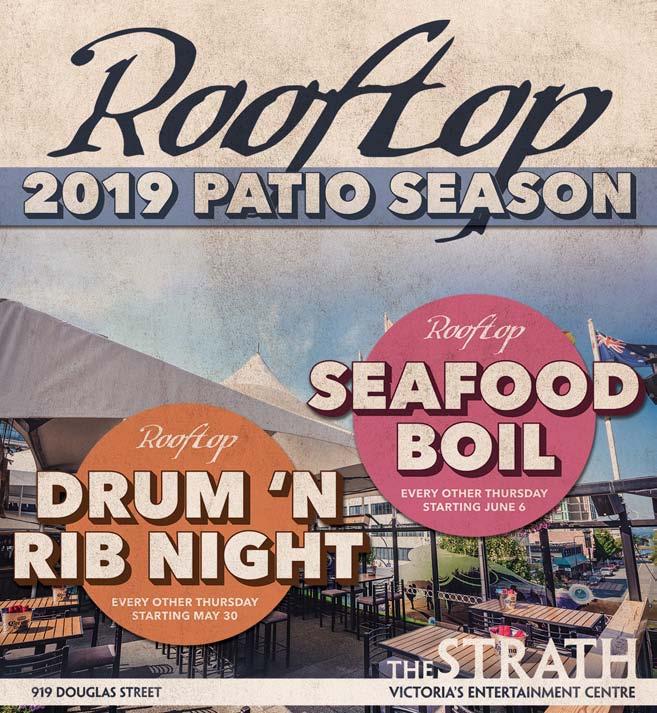

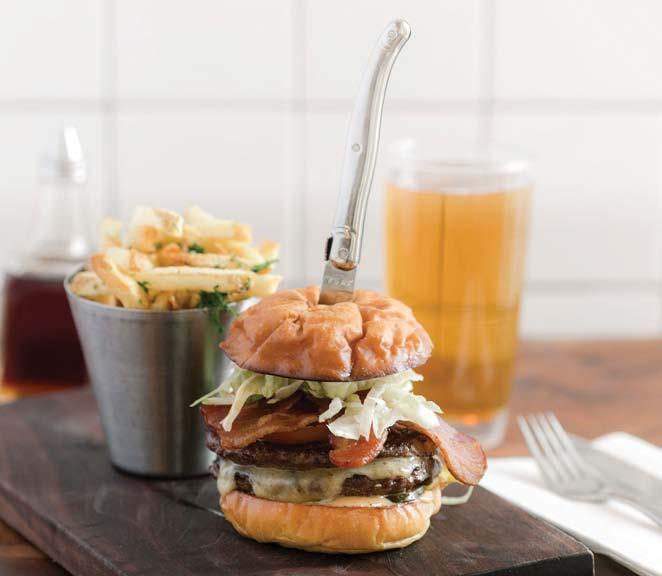
Marta Café + Pantry
Buzzy’s Luncheonette
Cook & Pan Delicatessen & Café
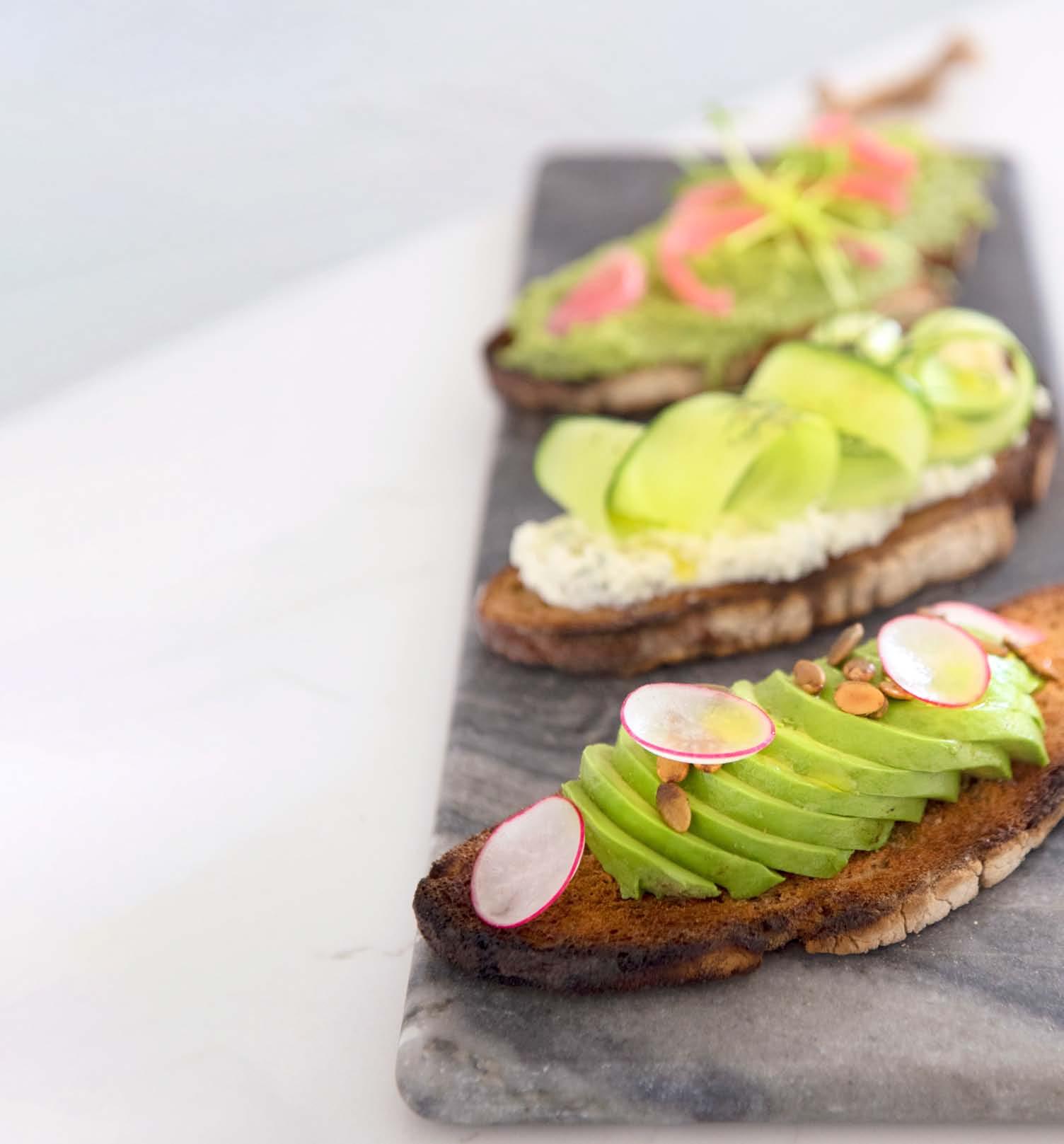
WORDS
Adrian Paradis
Joseph Blake
PHOTOGRAPHY
Rebecca Wellman
Bob Fenske
Inspired by both a beloved grandmother and Paris, this warm and elegant café is off to an exciting start.
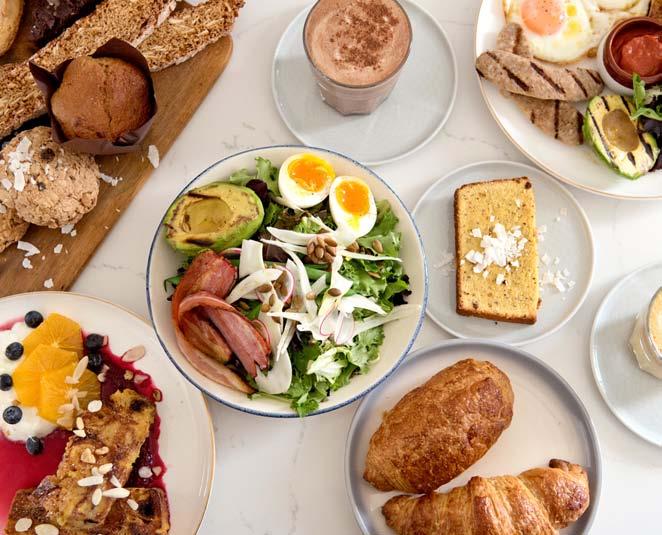

Sitting in Marta Café, enjoying a pain au chocolat and admiring the morning sun reflecting off the hanging brass lights, it’s easy to forget for a moment that you’re not in Paris. Marta Café and Pantry opened its doors (at 1600 Bay St. near Shelbourne) in early March in the former location of Latin take-out restaurant Cocina Pequena. The two co-owners, Nikita Williams and Ellie Shortt, have transformed the space into a charming Frenchinspired café, the namesake of which is Williams’ grandmother. “We’ve felt so fortunate and delighted with the response,” says Shortt. “We’ve had a really warm reception and it’s been wonderfully abundant.”
While Shortt and Williams have worked on similar projects in the past, they have never had an opportunity of this scale before. The two have known each other for almost a decade, including a period of several years when they both worked at the London Chef: Williams starting out as the sous chef before moving on the general manager, and Shortt teaching nutrition cooking classes.
“I’ve bounced around a little bit, but I’ve wanted to open a café since I was 15,” says Williams. Until recently, Williams was in Vancouver where she managed several corporate restaurants, was a private chef in Whistler for a time and more recently worked as an event planner for the Vancouver Canucks. Deciding she was ready to take on this new challenge, she moved back to Victoria to begin planning her business.
Shortt, who has gathered her experience managing her own nutritionist business, excels in promotions and social media and was immediately interested in contributing. After dancing around the idea, they agreed to go into business together and found they worked extremely well as a team. “One of my biggest wants and needs for a partner was someone who had complementary skillsets to mine,” says Williams. “I didn’t want to go into business with someone who is a chef, or ran restaurants before.”
Finding it easy to work in tandem, Williams and Shortt have seen Marta Café emerge as a culmination of their extreme efforts and unique styles. “We feel it’s a really lovely reflection of our personal tastes, but also our past experiences,” says Shortt. “We really tried to find a happy marriage between our different backgrounds, but we also happened to have really similar visions and taste.” The two women wanted their space to represent their own vision and not an exaggerated version of a concept café. So they decided to forgo the option of an interior designer and instead recruiting their partners and friends to help with renovations. The open windows bring ample brightness into the room and allow the morning sun to splash against the green accent wall. Various hanging plants decorate the ceiling in selective corners, and the heavy white tables sparkle with a marble finish.
Just off to the side of the elegantly tiled espresso bar sits their curated pantry. “We put a lot of thought into it,” says Williams. “We chose all local ingredients and we know all of the vendors.” Shortt explains that each object or product is not only something the two of them love but also a way to support other local entrepreneurs. Eventually, they hope to provide their own products to sell but are wary of stretching the business too thin in the early days.
Not surprisingly, Marta Café’s food is focused with a clean style. With a loose French influence, their menu is once again the result of the efforts of the two women—Williams bringing her extensive cooking experience and Shortt her nutrition expertise. A selection of pastries decorates their countertop, including those delivered from the Italian Bakery and many more in-house treats—some of which are grain-free. Their menu offers breakfast and
OWNERS NIKITA WILLIAMS AND ELLIE SHORTTbrunch options, including the Marta sweet stack: a riff on French toast combined with bread pudding (the pastries are baked together, sliced, battered, then fried on each side and served with yogurt and fruit compote).
The savoury options are all elegant selections but served as decent portions. The Full Marta—a west-coasty full English—includes eggs, greens, tomato jam, toast and a choice of grilled avocado, sausage or bacon. In addition to their seasonal brunch salad, oats, and a kale and mushroom hash, they also offer an ever-changing selection of tartines (or what they call “stuff on toast”). Another option still is the spiced eggplant and eggs—cumin-roasted eggplant, onion, tomato sofrito, salsa verde, aioli, greens, Grana Padano and toast.
The ingredients at Marta Café are sourced locally. They are able to keep their costs reasonable and still have decent portions by keeping the atmosphere in the café casual. Everything is counter service so they are able to work with minimal staff.
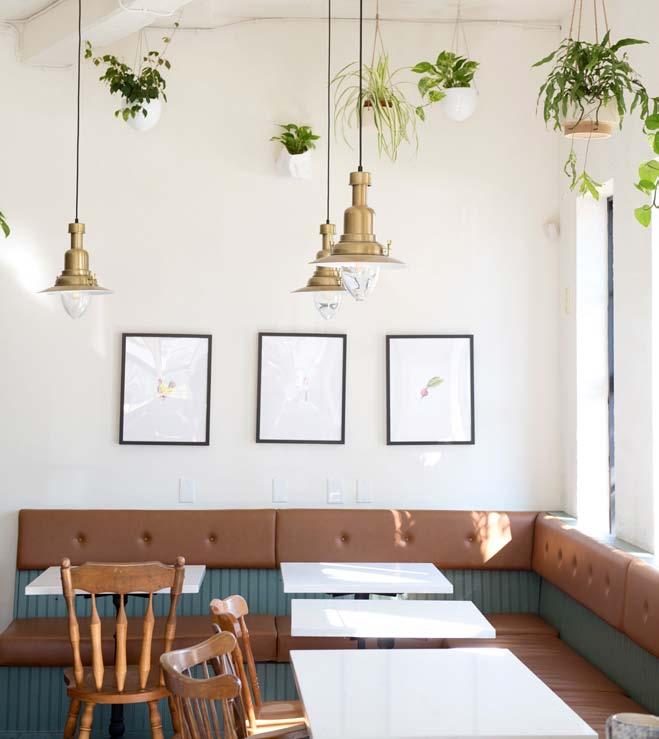

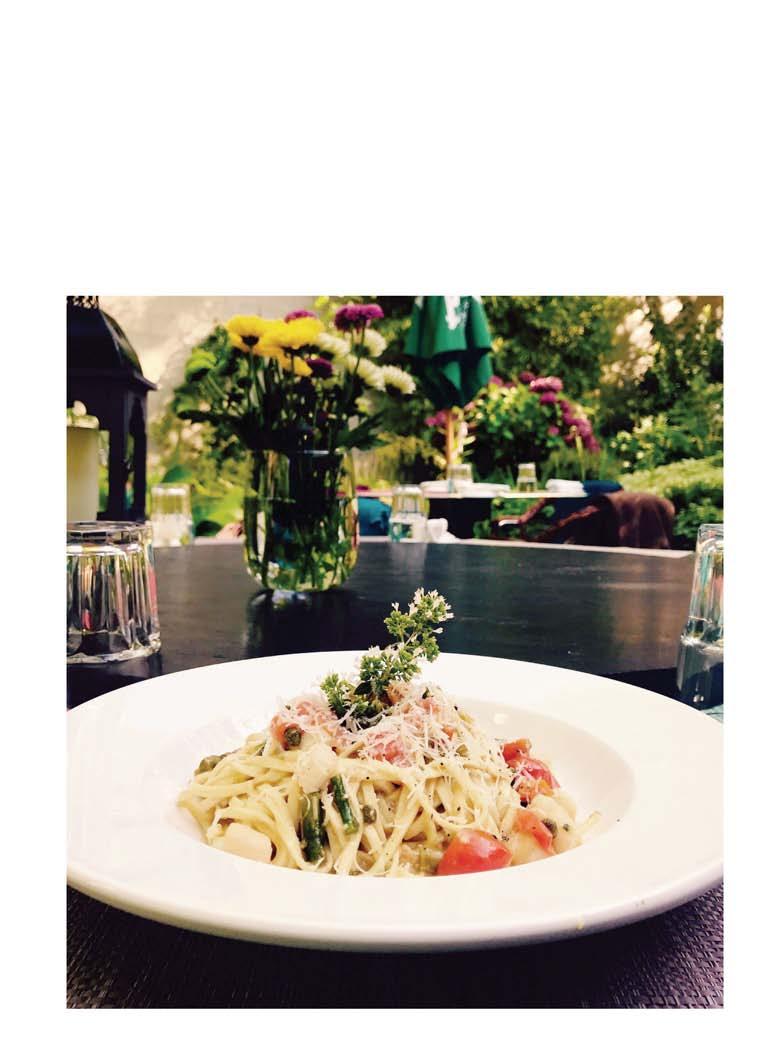
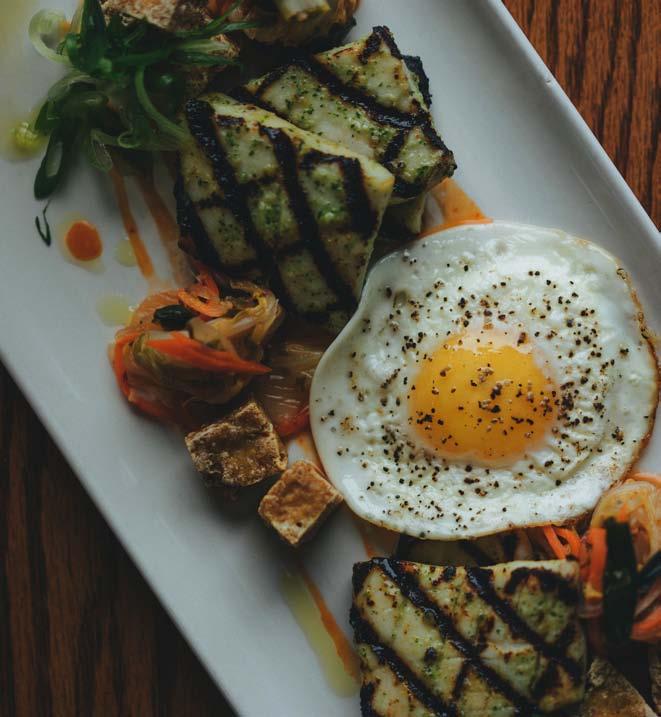
Largely fuelling the concept and French style is the namesake of the café; Marta is Williams’ grandmother and the so-called patron saint of their establishment. While Williams and her family are French-Canadian, her grandmother has a particular affinity for Paris. “My grand mother is a hard-working, intensely powerful woman,” says Williams. “She raised two kids on her own, she’s lived all over the country, she’s very well-travelled, and she speaks multiple languages. I still can’t keep up with her on our morning walks. As young female entrepreneurs, she really speaks to us.” No doubt an example most cafés would be happy to look up to, Marta Café and Pantry is off to an exciting start.
ADRIAN PARADISThis hip little eatery is a big city deli on laid-back Salt Spring Island.
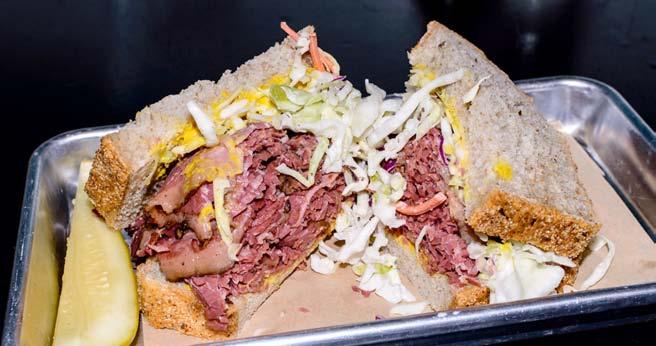
Buzzy is Howard Busgang. Buzzy’s Luncheonette is his family’s Jewish deli, a tiny, playful space in Ganges Alley, Salt Spring Island. Opened at the end of June last summer, Buzzy’s has created quite a buzz.
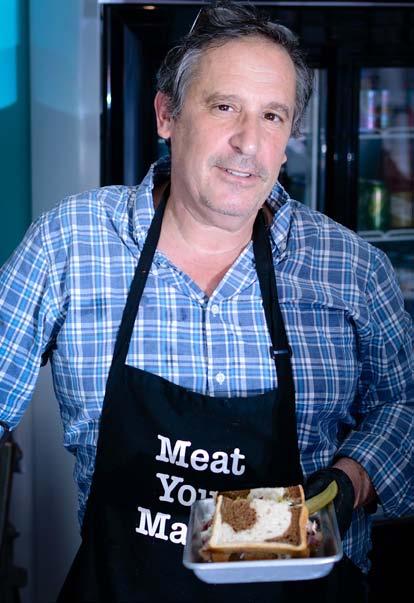
Busgang moved to the island with his wife Melanie Weaver and daughter Hannah last year after a long career in comedy as a writer, performer and producer in Hollywood. Now 60, Busgang was born and lived in Montreal until his 20s. He was on the stand-up comedy circuit in the 1980s and ’90s, later writing and producing critically acclaimed television shows like The Tournament and American in Canada. He also wrote William Shatner’s famous I Am Canadian speech.
Buzzy’s Luncheonette is behind the gas station in the heart of Ganges in a long, commercial building that includes Arigato Sushi, Del Vecchio Pasta Fresca, Salt Spring Wok Bar, Keto Café, and B.C. Café, all of which are on the park side of the strip facing Salt Spring’s famous Saturday Market. Buzzy’s is on the other side. It’s small, with a bar and stools outside and three small tables inside.
One wall at Buzzy’s is decorated with some of Busgang’s favourite one-liners by his comedic heroes: Steven Wright, Henny Youngman, Rodney Dangerfield. Another wall features a big map of Montreal, while another includes a handful of blackboard specials, signs like “Not to spoil the ending, but everything will be OK” and a framed clipping from The New York Times about one of his shows. “It’s so old it’s yellowing—like me,” he quips.
The atmosphere in the narrow little space is frenetic, hip and urbane, different from Salt Spring’s sleepy image. His wife Melanie grew up on New York’s Upper West Side and got together with Busgang 14 years ago after a blind date. Their young daughter sometimes helps her mom with customers while her father is busy in the kitchen making smoked meat and other specialties.
Busgang started making smoked meat in Los Angeles for friends and family using Montreal joints like Schwartz’s as his guide. Before moving to Salt Spring Island to start Buzzy’s, he’d had no restaurant business experience. But the man makes excellent smoked meat. The brisket is cured for 10 days with spices like pepper, coriander seed, mustard seed and onion, soaked for three hours to get the salt out, given a dry rub and smoked for eight hours, then steamed three more hours before being sliced each day for Buzzy’s trademark Old School Smoked Meat Sandwich on organic rye bread baked by one of the original bakers on Salt Spring Island. Other baked goods like Buzzy’s potato knish, flaky and sweet rugelach
and buttery, chocolate babka are made by island pastry chef Chigusa Sato. “I tell her to just stuff her pastry full of sweetness. That’s the Jewish way. Take that perfect Zen pastry and push all this extra goodness into it.”
When I visited Buzzy’s, I took one of the three little tables at the front of the luncheonette, grabbed a bottle of black cherry soda from the nearby refrigerator, and sat down to Buzzy’s most famous sandwich offering, the number two—the Hungry Jew. A sign facing my table titled The Story of Failure was an essay-like philosophical piece Busgang wrote that transcended his comedic stance—as did his sandwich. Juicy smoked meat was piled an inch thick and topped with a couple of crisp latkes and heaps of coleslaw spilling between slices of the café’s delicious rye bread. I went through four napkins while wolfing it down. My table had a sign reserving it for Barbra Streisand, who is rumoured to visit her property on Salt Spring occasionally.
“I heard her place is called Streisland, but she hasn’t shown up lately,” Busgang jokes from his workspace in the narrow kitchen above a half-dozen brisket soaking in spices on shelves below him. “I love it when local lumberjacks come in and order a Hungry Jew and a side of latkes,” he laughs. “For the first couple of weeks, nobody would say that. They’d order a number two, but after a while, everybody was cool with hollering ‘I want a Hungry Jew!’ ”
Open from 11 a.m. to 4 p.m. Tuesday to Saturday, the luncheonette has run out of smoked meat many days before closing; it’s that popular, and that good. The menu offers less than a dozen items, including smoked salmon and cream cheese on a Mount Royal bagel (Busgang is a huge fan of the Victoria-based Bagel Factory’s bagels), grilled cheese sandwich (with smoked meat for an extra $1.50), Melanie’s Upper West Side (white albacore tuna sandwich—melted $1 extra), and a Rabinowitz, Buzzy’s version of a Reuben sandwich with house-made Russian dressing.
A separate specials menu includes Hannah’s Junior Jew (no bread, just smoked meat with horseradish, sauerkraut and potato latkes) and Lesters All Beef Salami on a Bagel (Lesters is a favourite Montreal salami product that is grilled at Buzzy’s). There is also house-made coleslaw, Strub’s pickles from Montreal and New York cheesecake.
Busgang has joked that “there are more bears than Jews on Salt Spring Island,” and there are places where a menu item called the Hungry Jew might cause consternation at the very least. But at Buzzy’s, it fits as snug and warm as the family’s embrace of—and by—the laidback Gulf Island community.
BUZZY’S MONTREAL-STYLE SMOKED MEAT SANDWICHHoward Busgang came up to Victoria over two decades ago to perform at Solomon Siegel’s bar mitzvah. Then he and his wife discovered Salt Spring Island. “We loved coming to Salt Spring on vacation from Los Angeles, and we both decided to do something we’re passionate about in a place we love. That’s Buzzy’s!” JOSEPH
BLAKE250-385-5509 | MON-FRI, 9AM-5PM, SAT & SUN, 9AM-3PM
For more than two decades, Cook & Pan Polish Delicatessen and Café has brought foods from Poland to Victoria. Since moving to their current, heritage location on Amelia Street from the original location at Cook and Pandora (hence the name), the family business has expanded its offering of traditional Polish food and baking by chef Malgosia Opasinski, recently adding a Saturday and Sunday brunch menu from chef Will Powers.
Young string musicians have also played music at brunch, and a recent, successful tacos and beer pop-up event after Cook & Pan’s regular weeknight closing further expanded the café’s culinary offerings. They hope more chefs will contribute other creative pop-up evenings from their kitchen.

Wildfire Bakery is collaborating with its Amelia Street neighbour by producing special, traditional Polish Mazowiecki bread exclusively for Cook & Pan. A Vancouver butcher makes juniper-double-smoked Boczek bacon, Kabanosy and Myliwka sausages, Polish franks, Montreal smoked beef and Salceson headcheese. Cook & Pan chefs also use local microgreens and organic eggs from Trailside Farm in their breakfast, lunch and brunch menus.

Even the most common Polish dishes, like chef Opasinski’s traditional potato salad with peas, carrots, pickles, boiled eggs and apples and the pierogi and cabbage roll combos, benefit from a delicious and uniquely traditional flair. The delicatessen’s array of Polish cheese, pickles, chocolates, condiments and teas add more traditional offerings to this cozy pocket of Polish culture.
JOSEPH BLAKE BUZZY’S LUNCHEONETTE BOB FENSKEPHOTOGRAPHY
Rebecca WellmanI CALL HER A WINO LOVINGLY, BUT SHE’S GOT CHOPS. Introduced to and interested in wine from a young age, Pico Whittier is a rising star in the local wine industry. Mentored and inspired by Larry Arnold (Metro Liquor), she’s spent the past couple of years working, tasting and putting herself through three levels of the WSET (Wine and Spirit Education Trust), scoring 90 percent on blind tasting in the advanced level. She recently passed the French Wine Scholars exam (Wine Scholars Guild, UK) and plans to enroll in the Spanish Wine Scholar course this September.
Pico now spends her days as a wine rep for Select Wine Merchants and Icon Wines & Spirits —a non-stop, wine-fuelled adventure that takes her to restaurants all over the island, including Tofino and Campbell River. It’s her job to connect with chefs, sommeliers and bar staff to taste and recommend different wines, ultimately using her knowledge and strategic prowess to sell the right wine to a customer who may not even know they need that particular wine on their list. Sounds like a hedonistic road trip, but there’s a lot more selling and less swilling going on. It’s work—a cocktail of detailed winespeak mixed with a winsome, savvy personality and the ability to physically schlep around a lot of bottles. We’re talking a lot of bottles.
How does an oenophile relax after a long day of work? By making cheese, of course! You’d imagine this was a conscious choice, an intentional hobby to pair with her love of drinking wine. Not so. Turns out she’s a cheese addict. Pico has a deep affinity for fresh mozzarella and claims to have eaten a Caprese salad every day for close to a year. Learning how to make it from scratch put the (mozzarella) ball in motion. Plus, Pico’s no stranger to the world of cheese. She worked the deli counter at Ottavio—Oak Bay’s high-end cheese boutique—which is basically the Harvard equivalent of cheese university.
What is it about cheesemaking that draws her in? She describes it as a kind of kitchen therapy that’s both soothing and sensual. Cheese requires only four ingredients: milk, rennet, citric acid and salt. Essentially, you’re heating milk with rennet and acid, cutting and cooking curds, straining the whey, then stretching and shaping until it’s smooth and elastic. This is tactile and engrossing and makes you focus on what’s happening in the moment—a.k.a. relaxing— and not thinking about anything else, like schlepping wine. And, because it’s fresh cheese, you end up with something delicious to eat in a couple of hours. A win-win situation. All you need is a glass of wine now, right? And, yes, she knows exactly what to pour with that.
Pico’s hard-earned knowledge came from many hours of hands-on experience. It’s taken her five years and countless gallons of spilled milk to arrive at mozza nirvana. While the only way to learn is to get your hands dirty, she’s willing to share some tips:

Use 2% milk. It’s consistently the best, producing cheese that’s semi-soft with a mild, milky tang. Don’t overthink it and use cream or homo, and don’t dare skimp with skim.
Keep an eye on the heat and don’t let it go over 108°F. If you overheat the milk at any step, you’ll have ricotta (things could be worse, right?).
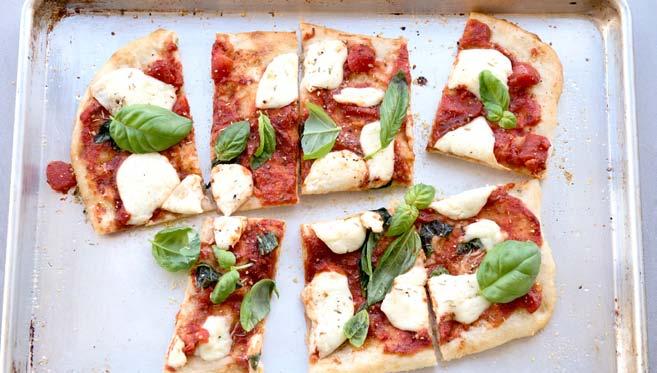
Good cheesemaking is about patience. Resist the urge to speed up. Allow time to let the curd separate from the whey—this takes about an hour.
Do pair your fresh mozzarella with a wine that’s youthful and high in acidity. Try Clos Du Soleil Rosé, Summerhill Cipes Blanc De Blanc or Lock & Worth Semillon. While it’s not quite Caprese salad weather yet, invest your time now in learning to make fresh mozzarella. Once the tomatoes are ripe and the basil is bursting, you’ll be ready. Find Pico’s recipe at www.piconirvana.com. Meanwhile, if you get tired of eating it fresh out of hand, go to town with your pizza skills and make as many margarita pizzas as you can handle.
MARGARITA PIZZA PICO WHITTIER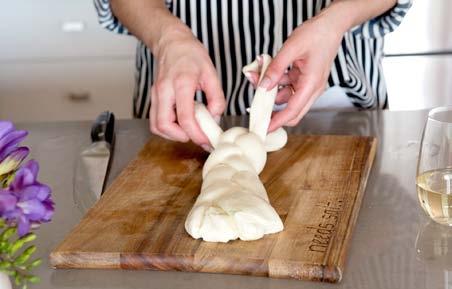
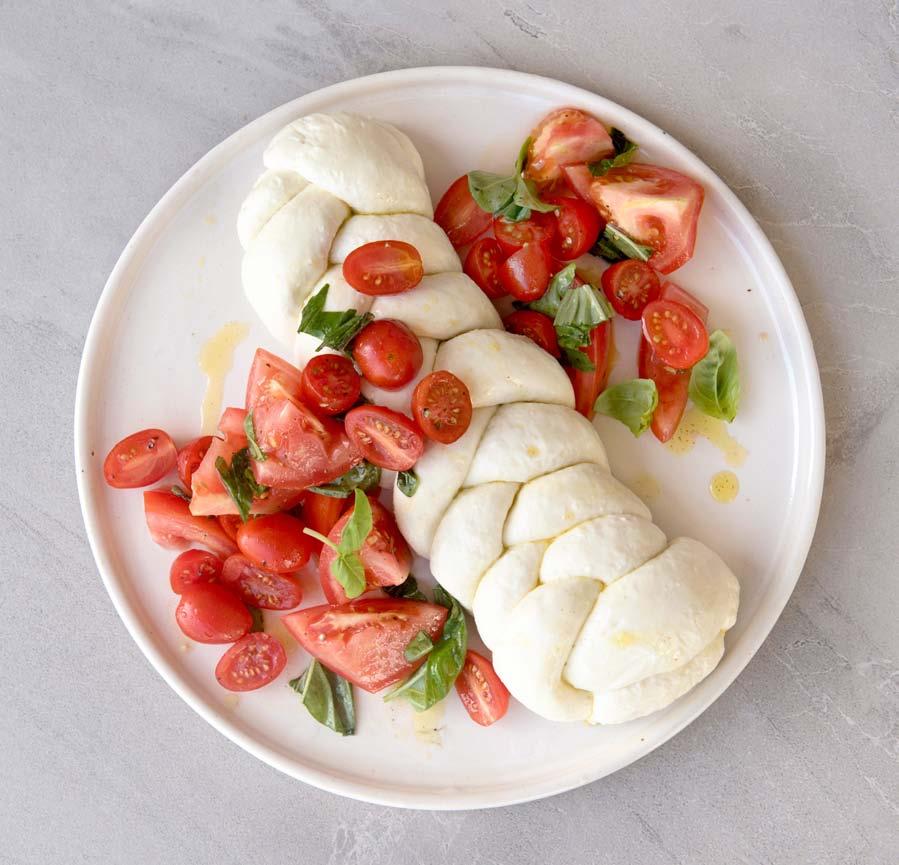
1 gallon 2% milk at 50-60°F (Tip: let milk sit on the counter for 40-60 minutes prior)
2 tsp citric acid
1 rennet tablet
Salt
Pour milk into a large non-aluminum pot. Dissolve 1 rennet tablet in ¼ cup water. Set aside.
Dissolve 1 tsp citric acid in ¼ cup water. Pour the dissolved citric acid into the milk, stir for 30 seconds. Sprinkle remaining 1 tsp citric acid over milk; stir for 30 seconds. The milk will begin to curdle.
Heat milk slowly over medium heat until it reaches 88-90°F. Stir occasionally. This should take 15-20 minutes. Do not overheat. If the milk goes above 90°F, the cheese will not work. At 88-90°F, remove pot from heat; stir in dissolved rennet tablet, about 30 seconds.
Cover pot; let stand for 45 minutes. Don’t touch it, just don’t!
After 45 minutes, use your finger to make a clean break of the curd from the whey. If you don’t make a clean break (still liquidy), leave to set for another 10 minutes.
Cut the curd into one-inch cubes in the pot with a large knife, ensuring you hit the bottom of the pot to get all the way through. Let cut curds sit for another 15 minutes, stir occasionally (it’s okay to break them up).
Return pot to low heat; slowly heat curds to 108°F. Stir occasionally. (The curds should be separated from the yellow whey by now.)
Remove pot from the heat. Let it sit for another 20 minutes; the curds will continue to shrink.
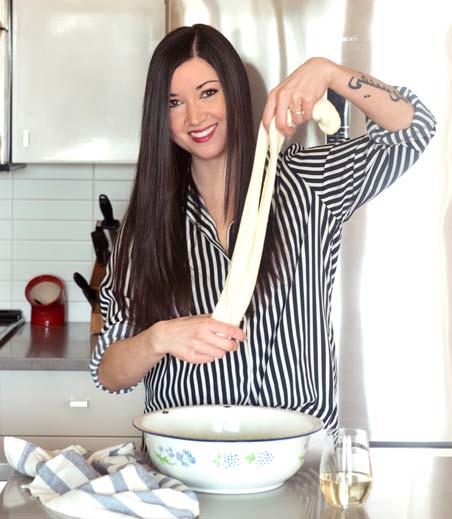
Place mesh strainer over large bowl. Use a slotted spoon to scoop the curds into the mesh strainer. Gently press to expel whey.
Place the curds in microwavable bowl, they should somewhat hold together. Generously sprinkle with 1 Tbsp salt and toss gently. Taste and add more salt if needed.
Microwave for 15 seconds. Remove; flip curds over. Microwave for another 15 seconds.
Knead curds gently. They should be forming a somewhat solid mass. Keep folding the mass over on itself. The curds should start to melt together to form a ball of mozzarella. Repeat microwaving and flipping two more times.
Using your hands, knead and fold, knead and fold. Microwave again for 15 seconds. By this time, the cheese should be stretching, and you should be able to form it into a ball or separate into long strands and braid.
Place in an ice bath for 15 min. This will firm the cheese up enough for eating. If making ahead, cover and refrigerate up to 3 days; bring to room temperature before eating.
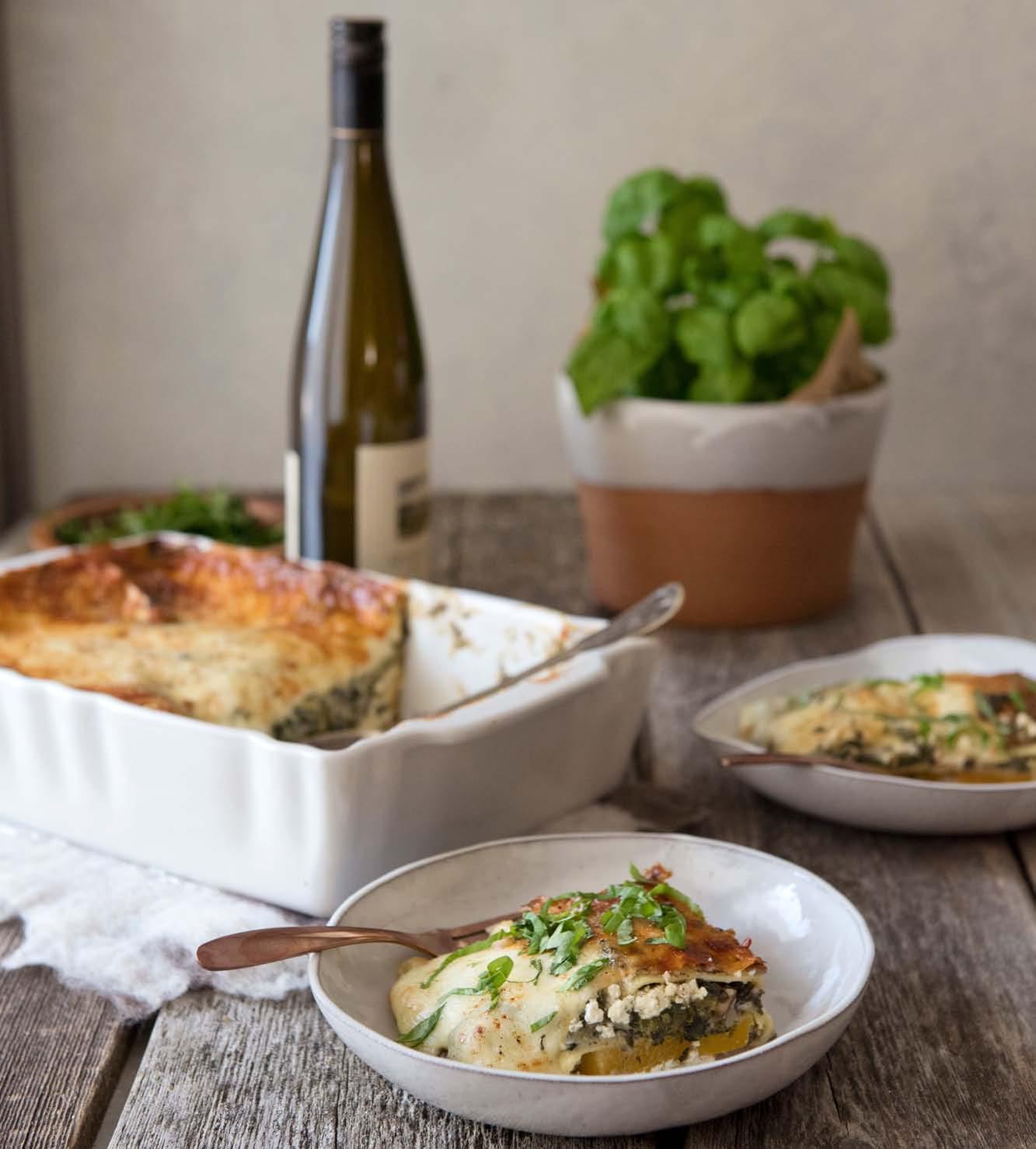 RECIPE + STYLING + PHOTOGRAPHY
RECIPE + STYLING + PHOTOGRAPHY
The vegetarian lasagna of days gone by makes me think of soggy zucchini (ick) and watery tomato sauce (no thanks). As we all know, vegetarian and vegan foods have come a long way in the past several years, and the options for delicious, decadent and guest-worthy dishes are aplenty.
Lasagna is one of my favourite comfort foods of all time. It reminds me of weekends when my mom had time to put one together, waiting in anticipation for my shift-working dad to wake up so we could eat dinner, already. It was infrequent, therefore special, to eat this cheese-laden, noodle-loaded, meaty (yes, always meaty; no soggy zucchini here) and downright delicious layered Italian fare. I would happily pass up ice cream in the freezer for a slice of leftover lasagna in the fridge. Any day of the week. And, yes, sometimes even for breakfast.
If you know me, you will know that meat has taken a bit of a backseat for me of late. Still, I wanted the satisfaction of a toothy lasagna. One that still hit all the senses, with the gooiness that cheese brings, a satisfying inside with some greens included and interesting layers of flavours. This one does it. And if you have an entire day to idle away and want to impress yourself and your friends, make your own pasta. And your own ricotta. And your own béchamel. Outstanding yes. Necessary, no. Either way, I believe this one will bring you all the satisfaction needed. No watery tomato sauce present, thank you very much.
Note: For the ambitious folk, visit eatmagazine.ca/recipes/Really-GoodVegetarian-Lasagna for homemade pasta, ricotta and béchamel recipes.
Olive oil
1 large butternut squash, peeled, seeds removed and cut into ½-inch slices
1 medium onion, diced
4 large portobello mushrooms, diced
1 large bunch kale (any kind), tough stems removed and discarded
3 cloves garlic, minced
Juice of one lemon
1 600 mL tub of béchamel or other cream sauce (or fresh-made, see note)
1 360 g package of fresh lasagna sheets (or fresh-made, see note)
1 475 g tub of ricotta (or fresh-made, see note)
2 cup grated mozzarella cheese
1 cup grated Parmesan cheese
Salt and pepper to season
Preheat oven to 375°F.
Line a baking sheet with parchment and place butternut slices on top. Brush both sides with olive oil and sprinkle with salt and pepper. Bake for about 25 minutes until softened but not too soft (they will continue to cook while the lasagna is baking).
Heat a splash of olive oil over medium-high heat in a large pan. Add onion and cook, stirring, until soft, 5-7 minutes.
Add the mushrooms and stir until softened, another 5-7 minutes.
Cut the kale into bite-sized pieces and add kale and garlic to the pan, allowing kale to wilt, another 5 minutes or so. Add lemon juice and salt and pepper to taste. Remove from heat, stir in the béchamel or cream sauce and set aside.
Increase the oven temperature to 385°F.
Brush a 9 x 13-inch lasagna pan with olive oil. Spread a scant ¼ cup of mushroom-kale mixture on the bottom and cover with lasagna sheets. Layer the ricotta over the noodles, followed by half the Parmesan. Add some salt and pepper.
Layer the butternut squash next, followed by a layer of pasta, all the mushroom-kale mixture except about half a cup, the remainder of the Parmesan and a final layer of the lasagna pasta. (Note: These are only suggestions there are no rules here. Layer as you wish, really.)
Now, this is important: to prevent the fresh noodles from sucking all the moisture out of the rest of the ingredients, pour 1/3 cup water over the entire lasagna, shaking the pan a bit to get it down to the bottom. Top with the remaining mushroom-kale mixture and the mozzarella, ensuring you cover the noodles well with cheese. Cover loosely with foil, trying not to let the cheese touch the aluminum (you don’t want the cheese to adhere to the foil while baking).
Bake at 385°F for about 40 minutes. Remove foil and bake another 15 minutes until cheese is browned and bubbly. Let sit for 10 minutes before serving.
When I’m off to the beach for a picnic, grilling a slab of fresh salmon or pouring wine for friends on a sunny patio, a Vancouver Island white or rosé – either still or beautifully bubbly—is often in the ice bucket. Thanks to our cool coastal climate, island wines are naturally crisp, exactly what you want for a summer sipper.
In the Cowichan Valley, warm summer days and cool nights offer the perfect “diurnal shift” that winemakers know allows grapes to fully ripen, while maintaining that all-important balance of lively acidity. It’s here, where some of the first experiments in commercial grape growing began just 30 years ago, that island winemakers are making waves: the Wine Islands Growers Association recently petitioning for a Cowichan Valley sub-geographical appellation designation. It’s an effort to highlight the unique terroir of this grape-growing region of Vancouver Island.
“There is an appellation for Vancouver Island, but the Cowichan Valley is very different from the Comox Valley,” says Bailey Williamson, winemaker at Blue Grouse Estate Winery, home to
some of the oldest island vines. The current owners are now expanding, with 30 new acres to plant and a commitment to classic cool climate varietals.
“We’re going to focus on Pinot Noir, Pinot Gris and sparkling wine,” says Williamson. “That is where we think the future is for the island.”
There are already plenty of island-style bubblies, crisp, dry whites and pretty pink wines to try this summer, with some wineries even challenging the Okanagan with fresh, fruity, Pinot Noirs for your next barbecue.


Whether you opt for a bottle-fermented Champagne or Spanish Cava, or an Italian Prosecco (infused with bubbles in a tank before bottling), nothing says summer like sparkling wine.
It’s always celebratory—perfect for weddings, anniversaries and other parties—but it’s also one of the most adaptable and refreshing food wines, adding the spark to a creamy Brie cheese plate, lovely alongside fresh oysters and shrimp, and the perfect foil for salty or fried foods.
 Cinda Chavich
Cinda Chavich
Those lazy, hazy days of summer call for something fresh and light in the glass.
And one of the most enjoyable ways to taste those summery wines? On a sunny patio right at a local vineyard in BC’s island wine region.
The best bubblies in the world start with crisp, acidic base wines—think of the Champagne region of France or Valdobbiadene in northern Italy—which is why Vancouver Island’s cool climate grapes make great sparkling wine. And there are many delicious examples, from the classically made (méthode champenoise or Champagne method) bubbly at Vigneti Zanatta and the Brut Naturel from VenturiSchulze, to the bright Paula Sparkling from Blue Grouse.
At Unsworth, they make a méthode champenoise Cuvée de L’ile, too, but specialize in the charmat method, the second fermentation done in a tank (rather than in the bottle) and the wines bottled under pressure using specialized equipment. They bottle these Prosecco-style bubblies for some other island wineries, too, and have branded all as “Charme de L’ile,” a registered name designating island-grown, tank-fermented sparkling wines. Beyond their own bubbles, Unsworth has produced sparkling Charme de L’ile for Averill Creek, Enrico Winery and Salt Spring Island Vineyards. While classic French champagne is usually made with Chardonnay and Pinot Noir, on the island, the unique local grapes—including Auxerrois, Müller-Thurgau and Ortega—are often part of the base wine blend. But whatever the grape, it’s the terroir, with its maritime influence, that makes bright bubblies here.
“We are truly a cool climate region,” says Unsworth winemaker Dan Wright of their white and rosé Unsworth Sparkling Brut wines, made with Pinot Gris, Pinot Noir and Sauvignette grapes. “We are really defined by the coast, the proximity to the ocean and the evening breezes that cool the vineyards.”
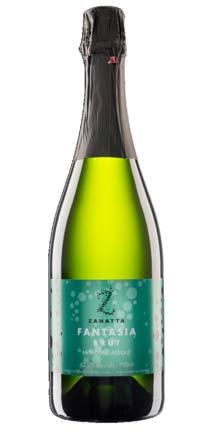
True Champagne can only be made in the Champagne region of France, but many winemakers around the world use the same méthode champenoise, adding a dosage of yeast and sugar before bottling to create the fine bubbles inside the bottle. Many also even start with the same French varietals to make their classic bubbles, though for Spanish Cava, local grapes like Macabeo, Parellada and Xarel.lo are traditional.
The tank-fermented Prosecco of northern Italy typically starts with Glera grapes.

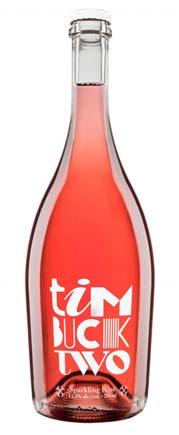
At 40 Knots Winery in the Comox Valley, the extra dry Spindrift Brut and Soleil Rosé Brut are made in the French style, using Chardonnay and Pinot Noir grapes grown on their estate for traditional bubblies with bracing acidity. Two hours south, at Averill Creek Vineyards, the fizz in both the Averill Brut and the tank-fermented Charme De L’ile starts with Pinot Noir and Pinot Gris grown on the Cowichan Valley estate.
Summer is the time for refreshing, chilled wines to pair with lighter meals, picnics and warm afternoons on the patio.
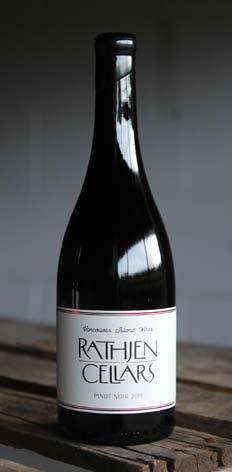
Light reds, with lots of cherry, berry flavours, low tannins and good acidity, pair well with grilled burgers or chicken. Think island Gamay, Pinot Noir, Marechal Foch or Cabernet Franc. Crisp and aromatic whites are the go to for island oysters and halibut, with oaked Pinot Gris (like the excellent example from Averill Creek) perfect to pour with a feast of fresh crab.
Auxerrois and Ortega are some of the early-ripening white grapes that are planted in island vineyards, but you’ll also find classic varietals including Pinot Gris, Riesling and Chardonnay in specific sites. With climate change, island grape growers have seen a gradual increase in growing degree days in recent years, allowing for more plantings of Pinot Blanc, Pinot Noir and other vinifera varietals.
Unsworth relies on “Blattner” varietals, including Sauvignette and Petite Milo, both developed by Swiss grape breeder Valentin Blattner and known, says winemaker Wright, for both “disease resistance and flavour” (which is similar to Sauvignon Blanc).
The winery’s popular Allegro white is a blend of both, though it also bottles them as varietals, along with island-grown Gewürtzraminer and an elegant Pinot Gris.
“It’s early days, viticulturally, as people have only been growing grapes seriously here for 20 or 30 years,” he says.
At Blue Grouse, winemaker Williamson is experimenting with the Ortega that’s been long planted on the property. His latest release is a rich, honey-hued white, the whole grape clusters naturally fermented in a classic amphora (a large clay jar) with minimal intervention.
“The Amphora Collection Ortega has amazing aromas, apple pie and caramelized sugars, what you would expect from a white sitting on skins,” Williamson says of the small batch wine, reminiscent of Spanish sherry, that he says would match with aged cheeses, salted almonds and salami.
Beyond the island’s main concentration of Cowichan Valley wineries, you’ll find grape growers on the Saanich Peninsula, in Nanaimo, the Comox Valley and throughout the Gulf Islands. All have unique terroir and styles.
Plan to taste the crisp, citrusy Pinot Gris from Symphony Vineyards in Central Saanich, the Alsatian-style Pinot Gris and refreshing White Seas blend from 40 Knots in the Comox Valley, and the Salish Sea blend of organic Ortega and Siegerrebe fruit from Sea Star Vineyards on Pender Island. Sea Star’s flagship Stella Maris is another intriguing and aromatic white, a blend of mostly estate Gewürtzraminer and Pinot Noir, with a “splash of Pinot Gris, Riesling, Ortega and Schönburger.”
The aromatic Symphony Gewürtztraminer is bone-dry and typical of island wines—bright, lively, citrusy and perfect to serve chilled with Asian food, cheese and charcuterie. At nearby deVine Vineyards, the Fleur blend includes island-grown, organic Madeleine Sylvaner, Pinot Auxerrois and Schönburger fruit, all Alsatian varietals that produce a wine to pour with sushi and seafood.
In Cobble Hill, Cherry Point Vineyards’ Pinot Blanc offers refreshing citrus, green apple and grapefruit notes, with

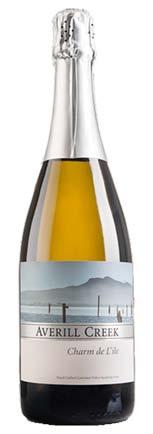

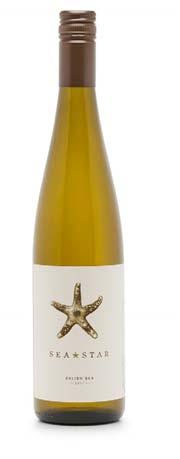
loads of natural acidity, while the Tugwell Creek Harvest Melomel is a fruity, honey-based mead. Blended with berries from the Sooke honey farm and meadery, it pairs with wild sockeye salmon and creamy seafood chowders.
On the red side, Pinot Noir is one of the grapes that shows well from island vineyards. Rathjen Cellars, with its newly opened tasting room in Saanich, makes a particularly memorable cool climate red from grapes grown in the Cowichan Valley. The delicate Unsworth Vineyards Pinot Noir is fruit-forward with some earthy notes, and good with duck, mushroom dishes and even grilled steak.
Rosé (pink) wine may be the best of both worlds when it comes to summer sipping, especially when you choose a dry rosé in the style of Provence.
Leave the sweeter pink bubbles for patio quaffing and baby showers, but reach for a good rosé to serve with charcuterie, grilled salmon and chicken (it’s also the right wine for a harvest turkey dinner).
There are various techniques to create pink wines, the most traditional being a short fermentation of red grapes, on the skins, to partially colour the juice and release just enough tannin for a little structure. It’s like a white wine with a bit more body. The more colour you see in the bottle, the more intensity the flavour in the glass.
The Unsworth Rosé is a dry, pale pink sipper made with island-grown Pinot Noir. The more intensely pink Timbucktwo is made with fruit sourced from the Okanagan. The island version has the kind of fresh strawberry and cranberry aromas and crisp flavours that make it perfect as an aperitif or to pour alongside barbecue pork ribs.
Sea Star Vineyards also makes a pretty pink Blanc de Noir. The juicy raspberry and rhubarb notes are touched with salty minerality from the organic Pinot Noir grown in their steep seaside vineyards on Pender and Saturna islands.
Symphony Vineyard in Central Saanich makes a juicy and dry pink Pinot Noir rosé that’s perfect to sip on their summery patio on Oldfield Road. Or try the Spritzy Rosé from Cherry Point Estate Wines, a barely effervescent blend of three of the oldest varieties planted on the Cowichan Valley property.
There’s a reason they call it patio wine and why the most enjoyable way to taste fresh summer wine is on a sunny patio at a local vineyard.
There are plenty of places to try island wine right where it’s made, whether you bring your own picnic or visit a winery restaurant. Island wineries invite summer afternoon explorations, weekend drives down pretty back roads to small, family wineries, their vineyards nestled among bucolic farmland and carved into forested slopes with ocean views.
At Unsworth Vineyards, chef Maartyn Hoogeveen marries their fresh island wines with Cowichan Valley produce in an inspired menu that ranges from Salt Spring Island mussels to chicken confit cassoulet and smoked octopus with chorizo on buckwheat focaccia. The winery restaurant, set in a beautifully restored, early 1900s farmhouse, has plenty of outdoor seating overlooking the vineyards and old apple orchard on the property. Or you can just take a seat on the tasting room patio by the pond for a glass of bubbly and a cheese plate.
Cherry Point Estate Winery features a cosy bistro for casual lunches, complete with a garden pavilion and lovely patio to take in the sea breezes and tall cedars. The elegant owners, Xavier and Maria Bonilla, are your charming hosts.
Or head up to Saison Market Vineyard north of Duncan, pick up picnic foods from their market kitchen and see the vinifera grapes they are growing for top local wineries.
The architecturally stunning Blue Grouse Estate Winery is another favourite spot to park on the patio with a chilled glass of bubbly or rosé. There’s a big, second-floor balcony
“Twenty-five years ago, it was not as warm as it is now, but Mother Nature is a fickle mistress,” says Williamson, “and if you try to grow something that is not compatible, she will show you in no uncertain terms.”
Still, as the quality of island wines continues to evolve and improve, locals are discovering their charms.
“Those warm days and cool nights naturally maintain acidity, and that makes wines that age well and are very food-friendly.”
Chef Maartyn Hoogeveen is the creative mind pairing seasonal island food with Unsworth wines at their vineyard restaurant. A new addition to the spring menu is this fresh, sharable plate of local Humboldt squid seasoned with lime and cilantro. He says the salty, spicy squid pairs perfectly with Unsworth’s bubbly rosé, one of their most versatile food wines.
Serves 4.
1 lb Humboldt squid, cleaned
2 small limes, zest and juice
½ cup cornstarch
4 Tbsp canola oil
1 clove garlic, minced
½ cup broad beans (also labelled fava beans), peeled (fresh or frozen)
1 jalapeño pepper, thinly sliced
Salt and pepper
1 cup cilantro, roughly chopped
where you can sip their wines, or an outdoor terrace next to a fireplace overlooking their oldest vines. It’s all set up for a DIY picnic, too, with local cheeses and charcuterie available for sale.
On the Saanich Peninsula, take a picnic up to deVine Wines & Spirits for the spectacular views from their deck, or stop at jewel box Symphony Vineyards, where there’s a curated selection of local cheeses, picnic foods and other goodies from their farm kitchen to buy and enjoy alongside a glass of wine on the pretty vineyard-side patio. Rathjen Cellars recently opened a new tasting room, too, set in an old honey production warehouse on the winery site in Saanich.
Island winemakers concede it’s a challenging part of the world to grow grapes, and they are still learning about soils, geology and the best sites for vineyards. As the climate changes and heats up, there are more degree days for ripening grapes, but less rain and water available for irrigation. Some vintages are better than others.
Cut the squid into 12 large triangle shapes and score the inside surfaces with diagonal cuts.
Use a microplane grater to remove the zest from the limes and set aside. Juice the limes and set aside.
Put the cornstarch into a large bowl and dredge the squid pieces, ensuring an even coating on each side.
Heat a large frying pan or wok on high heat and add the canola oil. Once the oil is very hot, just below the smoking point, add the squid and sauté for a couple of minutes, tossing several times to ensure it browns evenly on both sides.
Add the garlic and lime zest to the pan and cook for another minute, continuing to toss. Add broad beans, jalapeños and lime juice and season with salt and pepper. Toss several more times.
Transfer to a large plate and top with cilantro.
“Thanks to our cool coastal climate, island wines are naturally crisp, exactly what you want for a summer sipper.”
WORDS
Gillie Easdon
Cinda Chavich
ILLUSTRATIONS
Bri Bentzon Budlovsky

IS
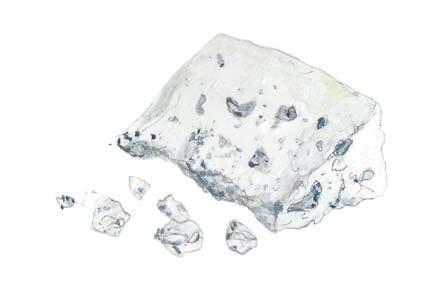
OR
A solitary indulgence or a shared affair? Cheese, the original craft food, stirs the souls of many. EAT digs a little deeper into the passion, education and commitment to cheese with Heather Johnston of Charelli’s Cheese Shop; Guillaume Kieffer of L’Apéro (which offers cheese events and tastings); Genevieve LaPlante and Luke Roberts of Ottavio Italian Bakery; Heather Burnett and Orion Sawchuk of Fantastico bar-deli; and Eric McLean of McLean’s Specialty Foods.
“It’s unexpected. It’s a treat. Customers gather around it in celebration,” shares Johnston, while Kieffer divulges that “it’s a family thing. I’m from France. There are always three kinds of cheese in my fridge.” Roberts believes “cheese is communal and tastes like the effort that went into it.” Burnett claims an “emotional” connection to cheese and its ability to bring people together. Sawchuk says, “Cheese has been my favourite food for as long as I can remember—I’d take a bite out of a block of cheese… it’s a series of tastes that I can develop,” and when asked the same question, McLean pauses, “My relationship with cheese? I love cheese. I work with cheese—I’m a tudophile.”
Eric McLean opened McLean’s Specialty Foods twentyfive years ago in Nanaimo. It was the first cheese shop on
Vancouver Island, barring Italian Food Imports, that has carried Italian cheeses since 1985. “There were no big cheeses in Victoria more than 15 years ago—brie was a big deal,” reflects LaPlante, “Now, you can buy good cheese in a grocery store.” Not only do we have much broader access to international cheeses but there’s also a thriving cheese industry here, with local producers like Hilary’s Cheese, Saltspring Island Cheese Company and Natural Pastures.
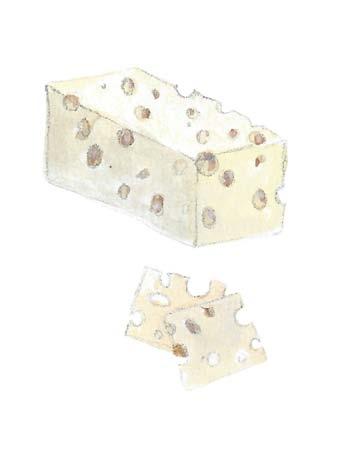
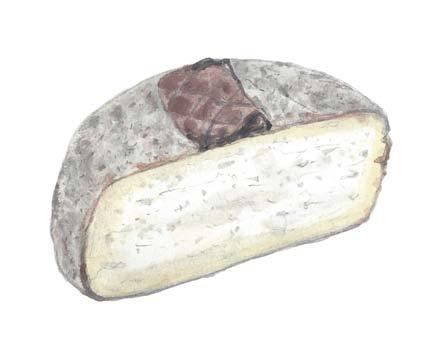
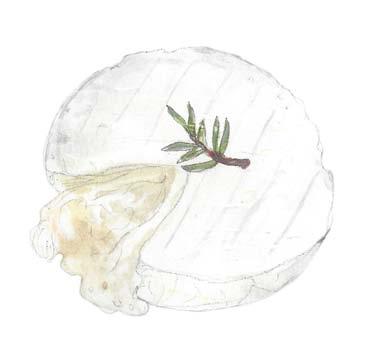
“Another thing that has changed is what people want to know. They’re looking at the practices and how the cattle are treated,” says Johnston. LaPlante agrees. “We get more questions about what’s organic, or what has meat and vegetable rennet. More people are buying sheep and goat cheeses, which are wonderful, nuanced cheeses that are easier on the digestive system. It seemed too weird before—but not eating lactose is pushing people to explore other amazing cheeses.”
Another shift in cheese perception is the availability of unpasteurized cheeses, a coup for cheese lovers. You can now purchase unpasteurized cheese that has been aged more than six months. Cheeses that find their sweet spot in less than this time must be pasteurized. “Because so many people were so scared of unpasteurized cheese, many companies pasteurize their cheese for the sake of
sales. It’s sad because they are beautiful cheeses and most of the problem is in the handling.”
On par with the flavour and texture of different cheeses are the rich stories and histories behind them. The Rose-Tomate, a French hard, unpasteurized fuchsia-coloured cow’s milk cheese was created for the cheesemaker’s daughter’s impending nuptials. Caprese tomatoes were used to colour this Mediterranean herb and cumin-laced savoury cheese. Cacio de Fossa is an
Lovingly made all over the world in hundreds of different forms—cheese is the original craft food.
Cacio di Fossa
Swiss
Italian sheep cheese that was first buried in the ground in the Middle Ages to hide it from looters. The cheesemaker discovered that burying the cheese enhanced the flavour, so this step was added to the recipe. McLean has a personal hand in his unique cheese offerings. He sells a Camembert au Cidre, a Normandy classic, where he marinates camembert in Merridale cider. He also makes a Fromage Fort, a French cheese spread made of leftover cheese ends, garlic and wine.
“A ‘cheese moment,’ is when you’re holding a cheese in your hand and there is a big story behind it. That overwhelms me at times. I feel humbled by some of the tradition and the efforts,” admits LaPlante. Another cheese, the Cornish Yarg, was made from a 17th-century recipe that artisan cheesemaker Alan Gray (Yarg is Gray spelt backwards) found in his attic in the 1980s. This nettle-wrapped, semihard cheese has a texture that changes from creamy in the outer layer to a crumblier core.
When asked what many people needed to learn or understand about cheese, everyone stressed that cheese needs to be served at room temperature. Always. No exceptions.
The flavours, texture and nuance all come into their own at room temperature. Also, don’t wrap it in plastic, or keep your cheese in plastic or glass storage containers. Keep cheese in the paper it came in, or beeswax wraps. “Cheese didn’t grow that way—it grew on a shelf somewhere, often,” elaborates Johnston. “Also, handle cheese with clean hands, so you don’t transfer bacteria.” And then came the question of the rind. To eat or not to eat. You can eat the rind (unless it is wax), and, at times, including the rind in your cheese tasting is vital to appreciating the whole cheese. “Roccolo Valtaleggio is a cow’s milk cheese. There’s a bitterness in the rind, so if you don’t have the rind, you miss a lot. Same with a washed rind cheese, with that stickiness. You can miss a lot if you skip it,” advises Kieffer. “Many people assume that soft, rich French cheeses, like a triple cream brie, has much more fat than a Gruyere, but it’s the opposite. They have a much higher moisture content, but Swiss cheeses generally all have a higher fat content,” explains McLean.
And what about mould? Cheese is alive; it will change in appearance. That doesn’t mean it has gone bad. You can generally eat the mould, but it is a personal call. Also, in an era where gut health and allergies affect many people, Guillaume Kieffer wanted to clarify that cheese contains much less lactose than milk. “Fresh and soft cheeses have only a little bit of lactose while aged cheeses contain just traces.” People with very high lactose intolerance, says Kieffer, can easily eat aged cheeses like Parmigiano, aged cheddar, Beemster X-O and Manchego to name a few.
For anyone interested in learning more about cheese, talking with a cheesemonger is invaluable. They are sources of knowledge and inspiration and can also suggest a few kinds of cheese you may have skipped over out of habit because they look unusual. “Sniff the cheese with a little sniff. Like a dog,” advises Kieffer. “Cheese is influenced by milk, age and process. Cheese is like an orchestra, with lots
If you haven’t tried plant-based cheeses recently, you may want to revisit what was once a rubbery, flat, non-melting disappointment. The Cultured Nut, Black Sheep Vegan Cheeze and Blue Heron Creamery products are diverse, flavourful, melty, spicy and delicious. The Cultured Nut Ottima (mozzarella-style) makes for a satisfying tomato, basil, “Mozza” and balsamic salad and their Captain Pepper-Jack zips up a salad or melts into a grilled panini.
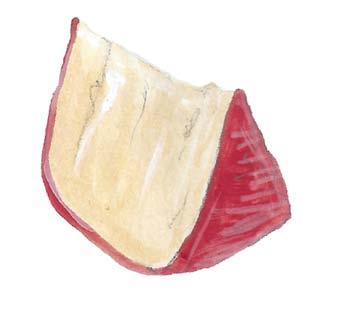
Fantastico bar-deli
398 Harbour Rd., Victoria, 250-590-2315, caffefantastico.com/dockside
Charelli’s 2851 Foul Bay Rd., Victoria, 250-598-4794 , charellis.com
Hilary’s Cheese and Wine Bar
1737 Cowichan Bay Rd., Cowichan Bay, 250-748-5992, hilarycheese.ca
L’Apéro - A Cheese Experience
778-350-8945 , For local tastings, visit them at aperocheeseexperience.com
Little Qualicum Cheeseworks
403 Lowry’s Rd., Parksville , 250-954-3931, morningstarfarm.ca
McLean’s Specialty Foods
426 Fitzwilliam St., Nanaimo, 250-754-0100, mcleansfoods.com
Natural Pastures Cheese Company Ltd. 635 McPhee Ave., Courtenay, 250-334-4422, naturalpastures.com
Ottavio
2272 Oak Bay Ave., Victoria , 250-592-4080, ottaviovictoria.com
Salt Spring Island Cheese Company 285 Reynolds Rd., Salt Spring Island , 250-653-2300, saltspringcheese.com
The Farmer’s Daughter 101-2360 Beacon Ave., Sidney, 778-351-3500, thefarmersdaughter.co
Cheese Alternatives:
Black Sheep Vegan Cheeze
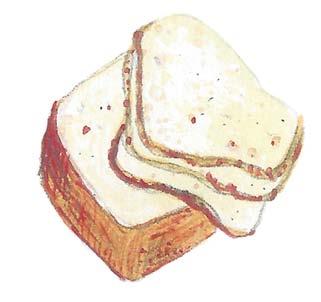
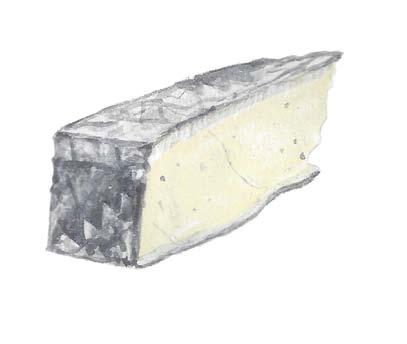
To find Island vendors, visit them on Facebook
Blue Heron Creamery 2410 Main St., Vancouver, 604-283-7534, blueheroncheese.com
The Cultured Nut
To find local vendors, visit their website, theculturednut.com
of different tastes, but they all come together, then the taste goes to a plateau, then it goes down, but slowly. It should linger.”
When you are sampling a cheese, explore it on its own, not on a cracker. Use a palate cleanser, like a little piece of baguette and some water between tastes. Look at the cheese, touch the cheese, taste the cheese. It’s visceral and intimate. Talking about cheese makes people blush for good reason. It gets under our skin. Wine and beer are lovely libations, but they are not vital for the appreciation of cheese. In terms of basic rules on pairing, Kieffer recommends you pair a big cheese with a big wine/beer. “You don’t want one to overwhelm the other.” For example, match a big blue with a port or sherry, a brie with a wine with little tannin and an old Gouda with a dark beer. Johnston adds, “A cheese made in the same region as a wine is probably a good fit, but try stuff that doesn’t work—that’s part of the fun of it. Try everything and see what you think.”
Asking people what their favourite cheese is seems nosier, more intimate, than asking what, say, their favourite apple is. What’s your favourite cheese? Johnston beams. “Swissstyle cheeses.” Kieffer pauses. “Gruyere is one. It’s so versatile.” “Parmigiano Reggiano Stravecchio for the flavour and the story,” declares LaPlante. “Deschambault. It is a sheep’s milk cheese from just outside Quebec City,” shares Roberts, “A lot of Canadian cheeses are either trying to emulate European cheeses or repeat other famous Canadian cheeses. Deschambault is a strong, confident sheep cheese that is proudly only itself and proudly made in Quebec.” Muenster is Burnett’s choice, “but I don’t think there is a cheese I don’t like.” Sawchuk loves the Cabra al Vino. For McLean, there are a few solid contenders, the Colston Basset Stilton, the “creme de la creme of Stilton, hand-churned, deliciously creamy and sharp—big taste,” a Normandy Camembert and third, Ossau-Iraty, “it’s a Basque sheep’s milk cheese, it has a creamy sweet nuttiness.” As for me? Washed rind, stink, all the way. But there is much more cheese to discover and uncover on the island and beyond. Remember: room temperature, wrapped in paper and it’s alive.
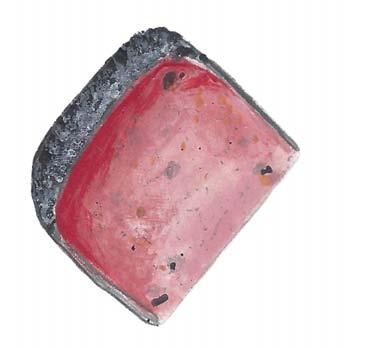
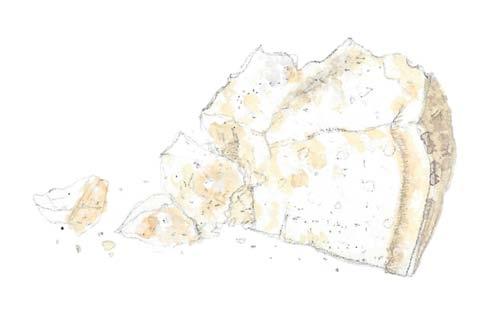 GILLIE EASDON
GILLIE EASDON
Our showcase wine cellar is the newest addition to the traditional dining options at the Wickaninnish Inn. Not too big and not too small, this intimate venue carved into the bedrock is just right. Book now to share this unique dining experience with friends, family or co-workers. Share a toast in the newly renovated On the Rocks Bar before joining your group for exceptional dining ambiance.
 Parmesan
Parmesan




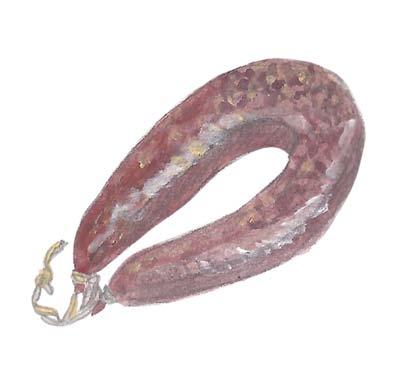
SALUMI, CHARCUTERIE, CHORIZO, KIELBASA in my childhood home, we just called it garlic sausage and was our family’s answer to the appetizer course.
Like many French, Italian or European households, starting a meal or noshing with drinks meant slicing up cured meats with bread and passing cheese and pickled vegetables. Though I thought this was pretty old-fashioned when I first started hosting my own parties, the idea of a charcuterie course has come full circle. Whether it’s dry Italian salami, smoky Polish juniper sausage or creamy chicken liver pâté, artisan meats (with good cheeses and breads) are now my go-to appetizer, one that’s easy, tasty and on trend.
And with more local shops creating quality charcuterie from scratch, it’s also one of the best ways to showcase island meats and practice a waste-free, nose-to-tail lifestyle. Even better, there’s always someone knowledgeable
Italian Hambehind the counter to chew the fat and steer you to their latest and greatest meaty treats.
Cory Pelan, the chef and butcher behind The Whole Beast Artisan Salumeria in Oak Bay, started playing around with salami and other cured meats a decade ago and introduced many locals to the art of nose-to-tail sausage making. Whether it’s his classic fennel salami or one flecked with Parmigiano- Reggiano, tender hams or little jars of addictive chicken liver parfait, I always find something delicious inside this small shop. And like any creative chef, Pelan continues to play with ideas and ingredients, creating a killer haggis, dry-cured chorizo, guanciale and perfectly glazed Chinese barbecue pork.
Pelan makes salumi—the Italian word for cured meats— where others prefer the French term charcuterie. But salting and drying meats is traditional in many cultures.
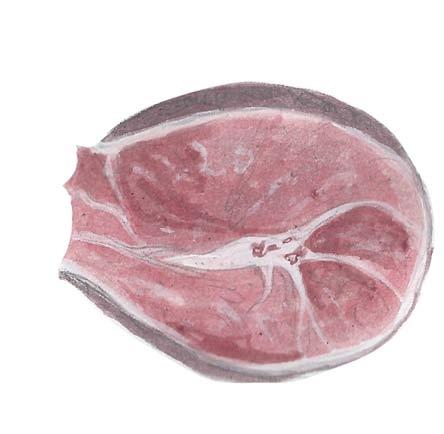
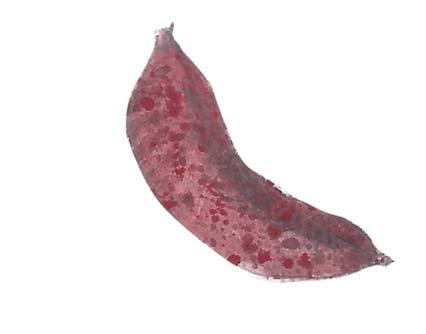
Think of the chorizo and jamón Ibérico (the nutty cured
ham made from black-footed pigs) hanging from the rafters in Spanish tapas bars, paprika-laced Hungarian sausages, dry German landjäger or the smoky rings of Ukrainian kubassa (a.k.a. garlic sausage) of my youth.
You’ll find some authentic versions of the latter at Four Quarters Meats in Sidney, where Geoff Pinch specializes in wholesale charcuterie and custom curing of all kinds. Inspired by his early experiences learning about Eastern European sausage-making with Vancouver’s JN&Z Deli, Pinch is a master of dry cured meats of all kinds, from salami and smoked Hungarian sausage, to turkey chorizo, blood pudding, Asian pork and duck sausage, and smoky rosemary bacon.
While his cured meats are now distributed to restaurants and retailers on the mainland, Pinch still loads up his van to deliver his charcuterie to local customers and creates custom products for chefs and others. You can buy them
direct from his smokehouse in the industrial park in Sidney, or find them at the Root Cellar and on many local menus.
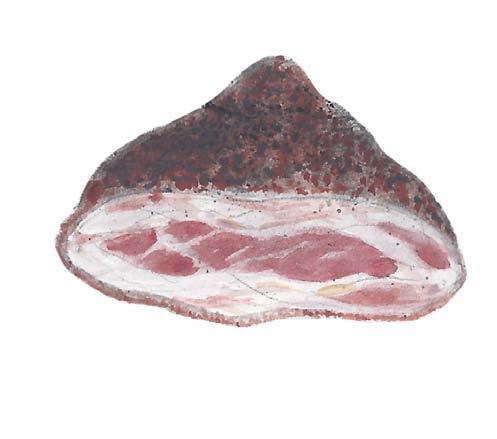
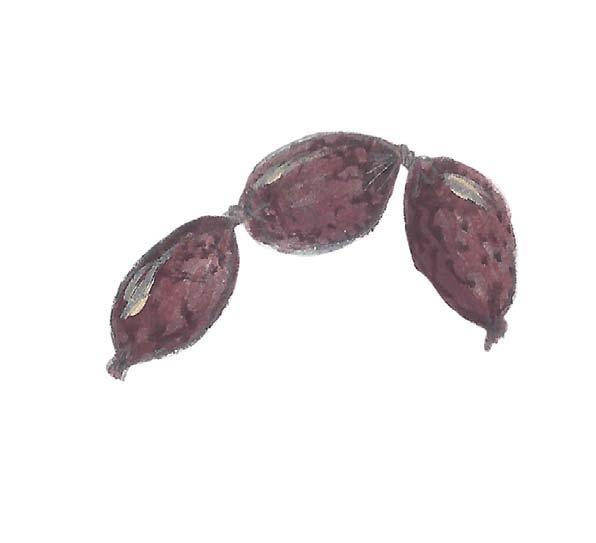
Choux Choux Charcuterie is another of the city’s longtime purveyors of artisan meats, the specialty in this Fort Street shop being house-made French saucisson sec, foie gras and rustic terrines, imported cheeses and take-out picnics. It’s the place for cured duck breast, pork and duck rillettes, saucisson apéro with herbes de Provence, or a big smoked brisket and sauerkraut sandwich on rye.
When roaming further afield, I like to visit The Cure Artisanal Charcuterie in Cobble Hill, where chef Brad Boisvert uses old-world techniques and ethically produced island meats for his array of cured sausages and rustic country pâtés. Spanish, French and Italian specialties turn up on his charcuterie menu, from air-cured beef bresaola and pork coppa, to the pepperoni you can enjoy at neighbouring Pizzeria Prima Strada.
It’s also definitely worth a drive to Sooke to visit chef Edward Tuson at his new Black Market Meats for all manner of his artisan cured and smoked products, even house-smoked cheeses. The chef’s touch is evident in his saffron-hued curried salami and fresh sausage combinations to grill (think Thai Green Curry or Cranberry Rosemary), while purists will love the classic Genoa salami, pastrami and smoky ham.
Tina Windsor is perfecting the art of curing island meats at Picnic Charcuterie in Tofino, too. True to its name, her modern deli has everything you’ll need for a picnic on the beach—or in your hotel room—including her house-made Chanterelle Salami, fennel-infused Tofinocchiona, Sea Salami flavoured with seaweed and Chinese five-spice, and condiments like Tofino Blonde Ale mustard and pickled bull kelp. An expert in grass-feeding, Windsor draws her raw materials from local farms that share her goals of sustainable and ethical animal husbandry and includes wild, seasonal


foods in the mix. You’ll find Windsor’s charcuterie in the deli case at Ottavio in Victoria alongside other local charcuterie products. Vancouver’s Oyama Sausage—granddaddy of the BC curing fraternity—is featured there, as is Victoria’s Haus Sausage Company, one of the newest kids on the block for “ethically sourced sausage.”
Shane Harwood and Kyle Clayton of Haus will deliver their products and also sell direct to consumers at the Moss Street and Esquimalt farmers’ markets, with an array of traditional cures (bacon and coppa) or inventive combinations like Coconut Curry Wurst, Sriracha Blue Cheese Chicken sausages and duck prosciutto.
If you’re designing your own charcuterie board, plan for three or four cured meats, contrasting chewy slices of drycured salami with paper-thin slices of prosciutto, dried beef bresaola and creamy chicken liver pâté to spread on baguettes. On the side, think about pickled vegetables, olives, mustards, tart apples or fresh figs to balance the richness of the main event. And if you’re wondering what to drink, a dry rosé is always a great match with cured meats, country pâtés and dried sausages.
Sausage making is an ancient art. It has long been a vehicle for using up every part of an animal, the trim from the prime cuts and the less popular bits, literally creating a silk purse from a sow’s ear. And whether you simmer your artisan-made sausages with Le Puy lentils, grill them on the barbecue or pass them with drinks, they’re a tasty, modern convenience with rich roots.
I still turn to the little Cook and Pan Polish Deli hidden down a small side street in downtown Victoria, for their rings of lean, smoky ham sausage (the juniper sausage or szynkowa is reminiscent of the Ukrainian sausage served at our family gatherings on the prairies) as well as the thin, dry kabanosy that snaps perfectly for snacking on a hike. So search out some sausage from our local artisan makers. It’s old-fashioned flavour that’s more fashionable today than ever.
CINDA CHAVICH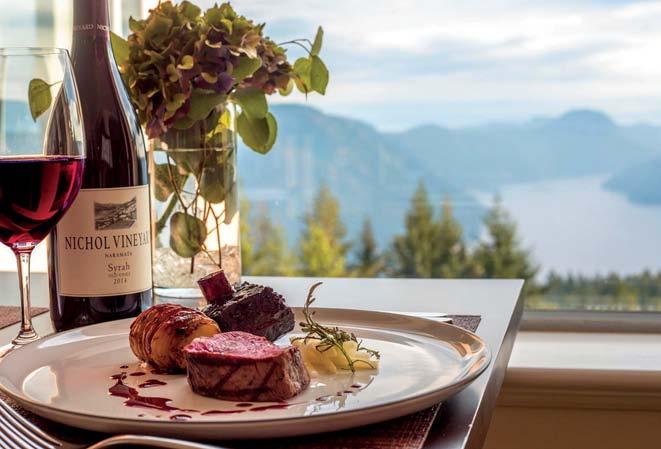







“Good bread is the most fundamentally satisfying of all foods; and good bread with fresh butter, the greatest of feasts.”
 – James Beard
– James Beard
WORDS
Bread, the humblest and oldest of foods, is a quotidian staple around the globe. Be it the dark, dense ryes of Germany, the milk bread of Japan, Italy’s luscious focaccias, the crusty baguettes of France, or Portugal’s cornmeal bread, the transformation of flour mixed with water and yeast is wondrous alchemy. Slicing into a still-warm loaf of bread is one of life’s truly great pleasures. Slathered with good butter or a slice of thick cheese, there’s nothing comparable. The sandwich and its many iterations—from dainty crustless pinwheels at teatime to grilled cheese at lunch—would not exist without bread. And who can imagine a world without it. The term “to break bread” means to share a meal with someone, suggesting a sense of conviviality and community.
Italy, France and Germany boast bread cultures of great depth, with regional distinctions and many styles created solely for festive occasions. Their legacy has vastly influenced the bread on our table today.
In North America, our fascination with the almighty loaf has seen many changes over time. In a nutshell, the introduction of fluffy white store-bought bread made from industrialized wheat flour in the 1920s, gave way in the 1970s whole foods movement to a return to whole wheat. That in turn gave rise to the artisan baker who took the art, craft and ingredients to another level.
San Francisco’s famed Tartine Bakery, for example, has achieved cult status for their complex and worththe-effort sourdough country bread recipe. And New York City baker Jim Lahey, of Sullivan Street’s Bakery in Manhattan, broke the Internet when his foolproof, 18-hour, no-knead bread was published in The New York Times in 2006. The rustic, long-fermented dough with a minuscule amount of yeast is exceedingly simple and produces a light loaf with a great crumb and crackling crust. I love making it. It not only fills the air with its roastyyeasty aromas—guaranteed to lift the spirits—but makes any amateur baker feel like a pro.
For the artisan baker, natural yeasts have replaced commercially made ones for the most part, although some
will add small amounts of commercial yeast. Some of the terms you might come across are levain, wild yeast or sourdough starter, which is made from flour, water and wild or airborne yeasts. These create the characteristic tang and a bread with an open crumb. Sourdough starter takes time and patience to create and is maintained with constant “feeding.”’ (Some bakeries have been using the same starter for decades, many of which have names.) Sponge is another term, also called biga or poolish, and made in a similar way but with a shorter timeline by the addition of commercial yeast. Also of note is the use of porridge made from oats or other grains that is
Bakery (with an additional location in the Okanagan) stone-mills organic grains not only for their breads but for customers to take home and experiment with.
In Victoria, we have our own maverick bread bakers and millers devoted to keeping traditions alive, and, in one case, creating a new tradition. All are forging convivial communities in which to break bread together.
Cliff Leir of Fol Epi, who 23 years ago started baking in a hand-built backyard oven at age 18, is no stranger to working with heritage grains. Leir grinds all the organic grains onsite for his 100-percent organic and wood-fired bakery, drawing from European bread traditions. From the popular ciabatta to baguette to boule—a.k.a. French country bread—to dense and flavourful rye and a robust whole wheat, he keeps his bread menu small to emphasis grain and fermentation. To this end, Leir relies mostly on wild yeast and long hydration, a technique that contributes to an open crumb, better texture and is thought to make bread more digestible.
added to the final dough to create soft, moist end results. Whichever natural leavening technique employed, bread made this way has overall better aroma, flavour, texture and keeping quality than commercial breads—not to mention being beautiful to look at
The early 2000s saw the resurrection of heritage and organic grains here at home. Red Fife, one of Canada’s oldest grains, came back into use, and other hearty winter wheats and grains have sprung up on its heels. For example: rye, emmer, khorasan, einkorn and spelt have all been brought back from the brink by intrepid Canadian farmers and bakers, and we get to enjoy the fruits of their labours. That means more nutritious and delicious flavour derived from a sustainable product for people and the planet.
Our love of heritage and alternative grains is further evident by the opening of Vancouver’s first artisan and community flour mill and bakery, the Flourist near Trout Lake in East Vancouver. And on Vancouver Island, True Grain
During his tenure opening and co-owning Wildfire Bakery, Leir worked directly with Saskatchewan farmer Marc Loiselle and Slow Food Canada and was integral in highlighting the importance of saving organic Red Fife wheat and bringing it back into regular rotation. The hearty wheat, known for its exceptional nutty and robust flavour, is now grown across Canada. While Leir still works with Loiselle and Red Fife, he is also focused on nurturing a Vancouver Island-grown grain. Sable, a hard red spring wheat is being grown by farmer Étienne Côté of Hillcrest Farm in the Comox Valley. Eight tonnes of the wheat will go into making a specific Island loaf this year at Fol Epi, with another harvest of the organic wheat planned for September.
Wildfire Bakery, with its grain silo, Austrian stone mill and wood-fired oven, continues the advancement of organic and heritage grain breads. Opened in 1998, Wildfire uses a signature stone-ground spelt flour, wheat from Metchosin, organic wheat, spelt and rye from a grain-growing cooperative in Armstrong BC, along with
It is hard to imagine a world without the wondrous, live-sustaining alchemy of flour, water and yeast.
Shelora Sheldan
“All sorrows are less with bread.”
– MIGUEL DE CERVANTES SAAVEDRA
filtered water and wild yeast cultures. The other strong suit at Wildfire is their use of seasonal and organically grown ingredients for their apricot-anise, garlic-cheddar and raisin-walnut breads. Purists can dig in to a whole roster of whole grain, seeded rye, sprouted wheat and multigrain varieties, along with spelt bread offered three ways: whole, sifted or flecked with sesame seeds.
Bryon Fry, of Fry’s Bakery, has followed in the footsteps of his great-great-grandfather, who owned and operated his own Fry’s Bakery directly across the street from Bryon’s current Vic West location. Describing bread baking as a “beautiful little rabbit hole,” Fry went from baking at home, to working at Victoria’s Italian Bakery and artisan bakeries on the mainland, building his own wood-fired oven on his parents’ farm, selling his wares at the James Bay, Metchosin and Moss Street Markets, and eventually opening his own bakery.
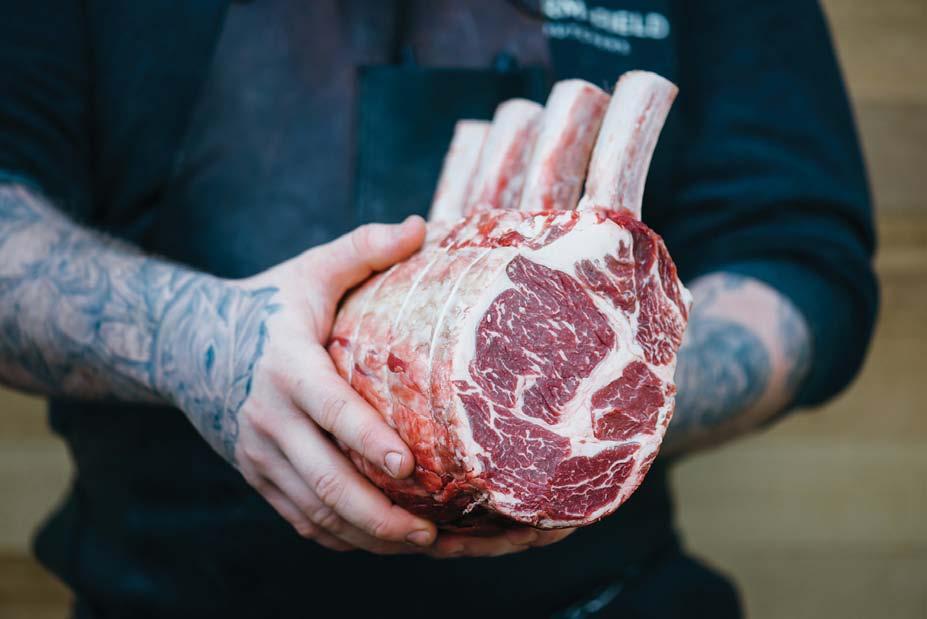
Grain from Fieldstone Organics in Armstrong, BC, milled at Nootka Rose Milling in Metchosin, is the baking medium for Fry, with an emphasis on rye. He prefers it not only because of its versatility and long history in European baking but for the way it brings a “sweetness” that counterbalances the acidity in his sourdough baking, giving his bread a “fuller fermentation flavour.” Rye also feeds the levain for all his breads that run from dense German rye, a rolled rye—made with a porridge of cracked rye producing a soft and open crumb—and a dark and hearty 100-percent rye that can last weeks while improving in flavour. The pain rustique, the lightest bread on the baking schedule, showcases the beauty and flavour of
fermentation according to Fry, and is a treat for any bread head. The process takes three days to complete, with several stages of fermentation, an addition of porridge, then shaping and leaving overnight before baking. The beautiful, auburn loaves are filled with a lot of lactic and acidic flavours and an aroma described by Fry as “yogurt or cooked cream” when they come out of the oven. Heavenly! The Italian Bakery, since 1978, continues the family tradition of Italian bread baking. They produce a line of organic breads relying solely on a sourdough culture, which they have fed and maintained for the last 35 years.
Their slow-fermented baguette is of particular note with its moist interior and thin and crispy crust, and, of course, their traditional Christmas and Easter sweet breads. Still open for debate is why so many people are developing gluten and wheat intolerances but, suffice to say, they need bread too. With ace chef’s skills and curiosity to match, Marion Scott and Tara Black filled a niche with Origin, Victoria’s first gluten-free bakery. Setting out to create “better gluten-free products,” the bakery’s popularity is a testament to their success. Cakes, pastries and other sweet treats complement their selection of 12 breads that utilize 20 gluten-free ingredients to replace wheat flours. Some of their replacements include organic rice flour, teff, arrowroot, potato, garfava (garbanzo and fava beans), sorghum and buckwheat flours, with organic baking powder and yeast as the leavening agents, alone or in tandem. Their Hype loaf has a moist, dense crumb with a warm malty flavour. The multigrain sourdough, firm and chewy and flavoured with caraway and coriander, mimics European rye, and their best-selling Vega boasts a moist texture and earthy but mild taste, perfect for sandwiches or for any occasion where bread is called for.
I would be remiss if I didn’t mention the focaccia served at Pagliacci’s. The Italian flat-ish bread has been a staple at the legendary restaurant for the past 40 years, arriving at the table free of charge. The moreish bread, equally legendary, is topped with lots of olive oil, coarse salt and pepper and baked throughout the day with a recipe created by “Pag’s” first chef Mary DiFiore. Extras are also free for the asking!
“The smell of good bread baking, like the sound of lightly flowing water, is indescribable in its evocation of innocence and delight...”
– M.F.K. FISHER, THE ART OF EATING
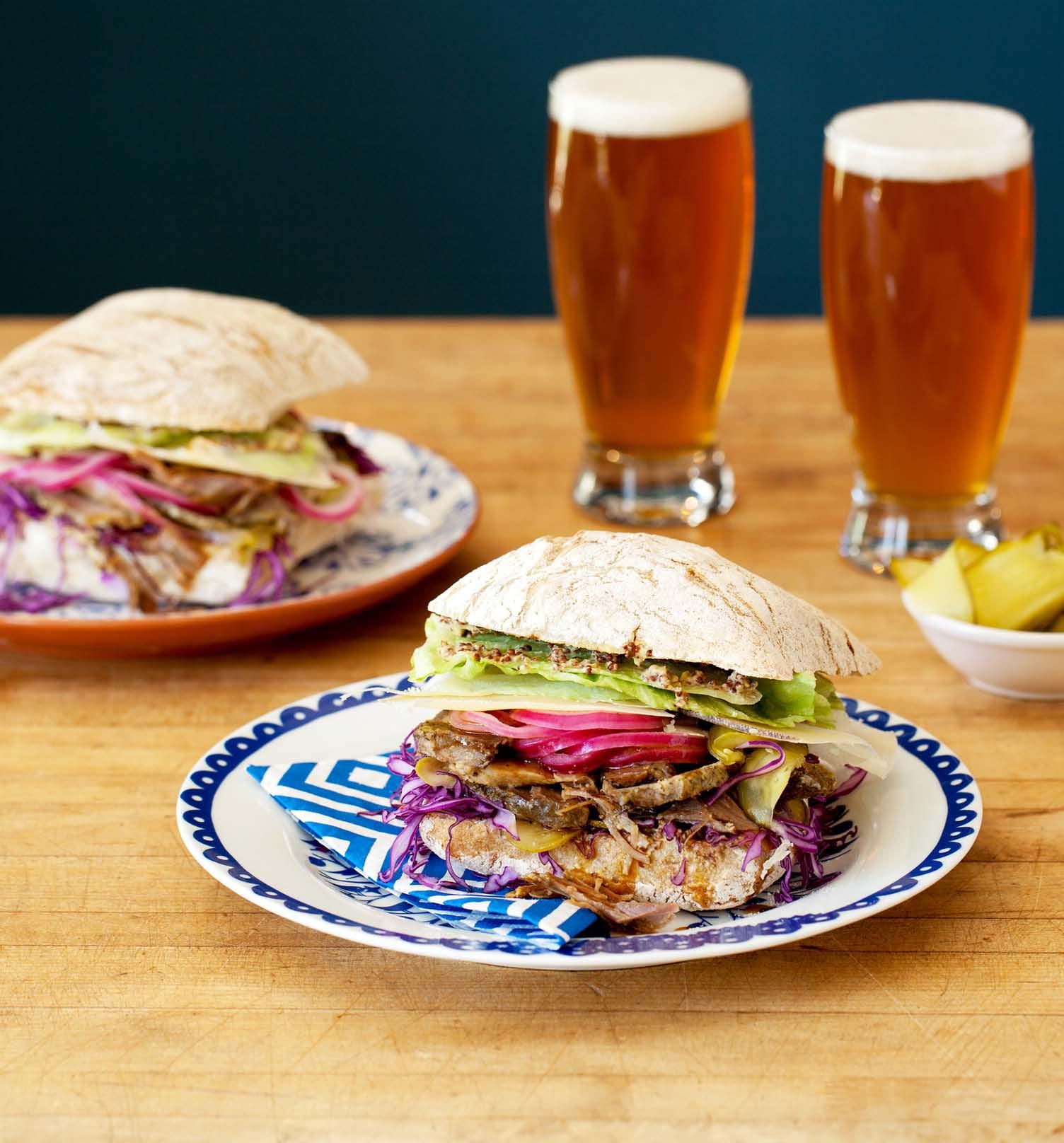 RECIPE + STYLING
Jennifer Danter
PHOTOGRAPHY
RECIPE + STYLING
Jennifer Danter
PHOTOGRAPHY
A Cubano sandwich is basically a fancy ham and cheese sammie. It’s made with anything from deli ham to slow-roasted, delicately tender pork shoulder - thinly sliced or pulled into shreds. What holds it all together is an insane amount of pickles and cheese. Typically it’s pressed panini-style, but we’ve given it our own twist with a fresh, chewy ciabatta bun, local Alpindon cheese, piles of thinly shredded cabbage and a layer of deliciously tangy pickled red onions.
You can make a lotta sammies from this roast. Leftovers are divine in tacos or salad, or simply keep on Cubano-ing! It also freezes well. Makes enough for at least 10 sandwiches.
2 oranges
2 limes
8 garlic cloves, peeled & crushed
1 cup coarsely chopped cilantro leaves
¾ cup olive oil
¼ cup coarsely chopped mint leaves
2 Tbsp dried oregano leaves
1 Tbsp cumin seeds
1 tsp each sea salt and pepper
31/2 lb (1.5 kg) boneless shoulder pork butt roast (tied)
Finely grate the zest from the oranges and limes into a blender; squeeze in the juice. Add garlic, cilantro, oil, mint, oregano, cumin, salt and pepper. Blend until pureed. Reserve 1/3 cup of the marinade; cover and refrigerate for use later - it makes a great sandwich spread.
Place pork in a resealable plastic bag. Pour in remaining 2/3 marinade and seal; massage marinade evenly over pork - getting into as many nooks and crannies as possible. Make sure bag is tightly sealed and place in a bowl; refrigerate up to 2 days.
Bring meat to room temperature before roasting, about 1 hour. Preheat oven to 425°F.
Remove pork from marinade; brush off and discard excess marinade. Place pork in a Dutch oven. Roast for 20 min. Reduce temperature to 325°F; cover and continue roasting until fork tender, about 2 hours. Remove meat from pan. Skim and discard fat from pan juices (see tip). Reserve remaining pan juices.
To shred pork: place on a cutting board. Using two forks, pull apart. Pour juices over pork and mix in.
For thinly sliced pork: let roast cool completely, preferably overnight. It will be easier to slice. Toss slices with reserved pan juices.
Tip: To easily separate fat from the pan juices, pour juices into a small bowl. Refrigerate until cold; fat will rise to the top and harden, making it easy to scoop off.
Quick Pickled Red Onions
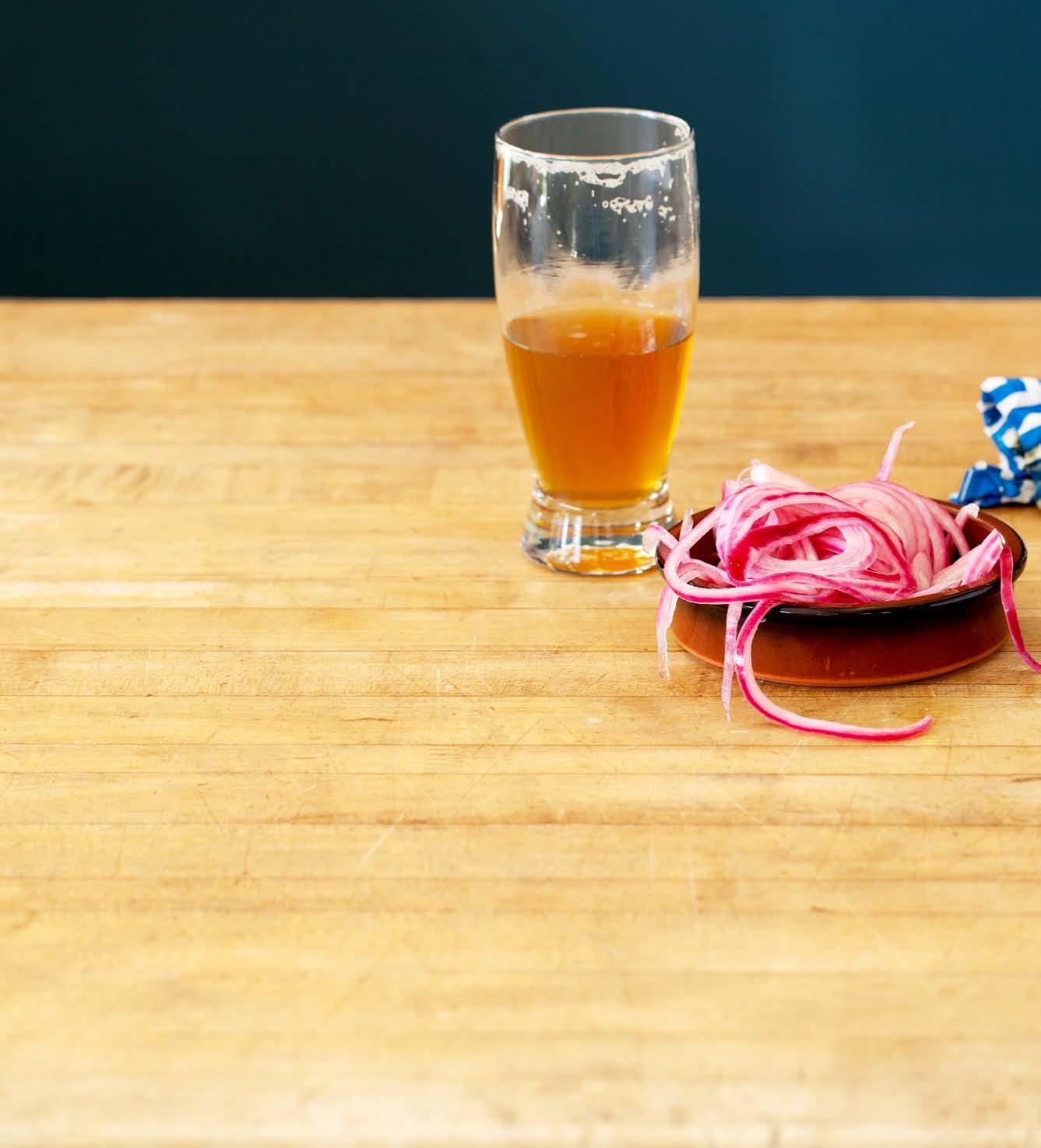
1 red onion, thinly sliced
1 cup water
1/2 cup apple cider vinegar
1 tbsp granulated sugar
1 tsp kosher salt
Separate onion into rings; place in a large bowl or glass jar. Measure 1 cup water into a large glass measuring cup. Microwave on high until very hot, 1-2 min. Stir in vinegar, sugar and salt; stir until dissolved. Pour over onions; let cool to room temperature. Refrigerate up to 10 days.
It’s Sammie Time!
To make Cubano sammies, generously spread both halves of ciabatta buns with grainy mustard. Thinly spread on reserved Mojo Pork Shoulder Marinade. On bottom halves, layer thinly sliced red cabbage, sliced dill pickles, shredded or sliced pork (warm or cold), pickled red onions, Swissstyle cheese (try Alpindon) and a few leaves of iceberg lettuce for crunch. Smoosh down with the top bun and grab a cold beer.
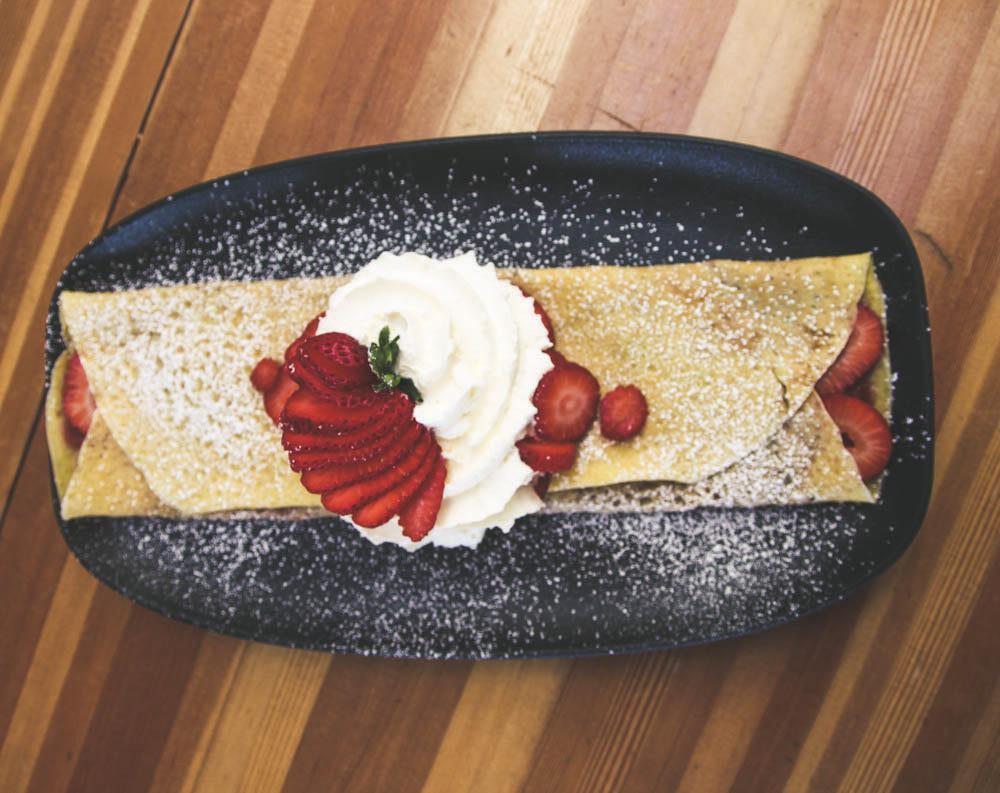
• Exotic Cheese and Chutneys

• Truffles, Olives and Pates
• Gourmet Oils and Vinegars
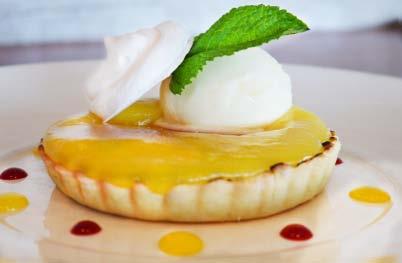
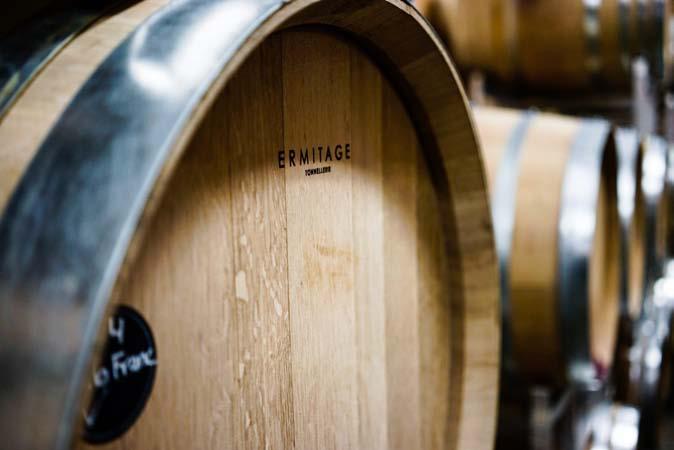
• British, European and South African Imported Foods
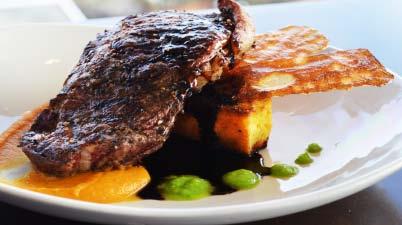
250-754-0100
426 Fitzwilliam Street the bigcheese@ mcleansfoods.com

The Gary Hynes Foundation was established to continue Gary’s lifelong goal of helping others become the best they can be in the culinary, journalism and music disciplines.

This foundation will continue Gary’s work of giving chances, mentoring, supporting the food and beverage industry, believing in the power of the

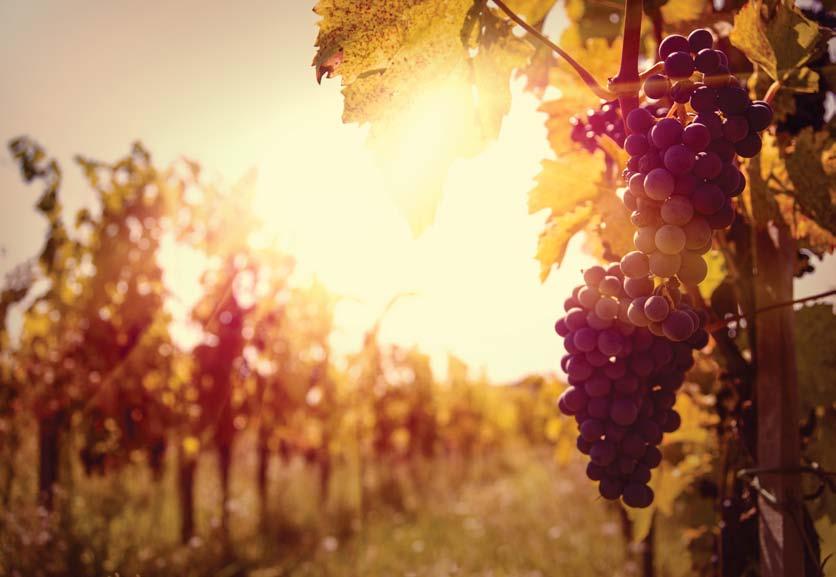
printed word and a great photograph, and loving a good bass line in a song. All donations will go to scholarships for students studying in these disciplines.
Please donate to keep his dream alive using the URL link below.
www.vancouverfoundation.ca/hynes


Egg whites and sugar magically combine to make this summery confection.
This page: Eton Mess
Cover: Freestyle Pavlova
Everyone needs to make meringue at least once in their lives. Light and airy, with a crisp, shattering exterior and a marshmallow-y centre, meringue is like candy for grownups. Toss in the first strawberries of the season, a dollop of whipped cream and a splash of fruit purée, and you have a breezy dessert that smacks of summer and easy entertaining.
I first learned to make meringue at culinary school. It was taught at the Basic Level, and as beginners we were not permitted to use electric mixers. I cursed our meringue workshops as I furiously whipped dozens of egg whites with a balloon whisk until my arms ached. Perhaps it was a test of endurance, but suffice to say I haven’t made meringue without a mixer since. If you don’t own an electric mixer, know that it can be done without one, just prepare yourself for a workout.
Meringue has enjoyed something of a renaissance in the past decade, thanks in part to London’s celebrated restaurateur Yotam Ottolenghi. His popular cookbooks feature an impressive array of meringue. And, like pâtisseries throughout France, meringue is prominently showcased in his restaurant window displays. Perhaps this explains why we’re seeing more meringue this side of the ocean.
The magic of meringue is its pliability. It can be formed into just about any size or shape. The dessert Pavlova, for example, is traditionally a layered cake concoction made of meringue, fruit and whipped cream. In my freestyle version of Pavlova, pictured on the cover, meringue takes the shape of great carefree dollops. The British enjoy “Eton mess,” a dessert made of crumbled or cookie-sized meringues, fresh berries and cream, served in individual glasses (see next page). However it’s served, meringue is a dessert that easily allows for improvisation.
Perhaps the most popular meringue dessert, at least in North America, is the classic lemon meringue pie. I’ve included my favourite recipe for lemon tarts featuring a pastry made of freshly ground almonds and lemon zest. The nutty pastry offsets the tart lemon curd and sweet meringue beautifully.
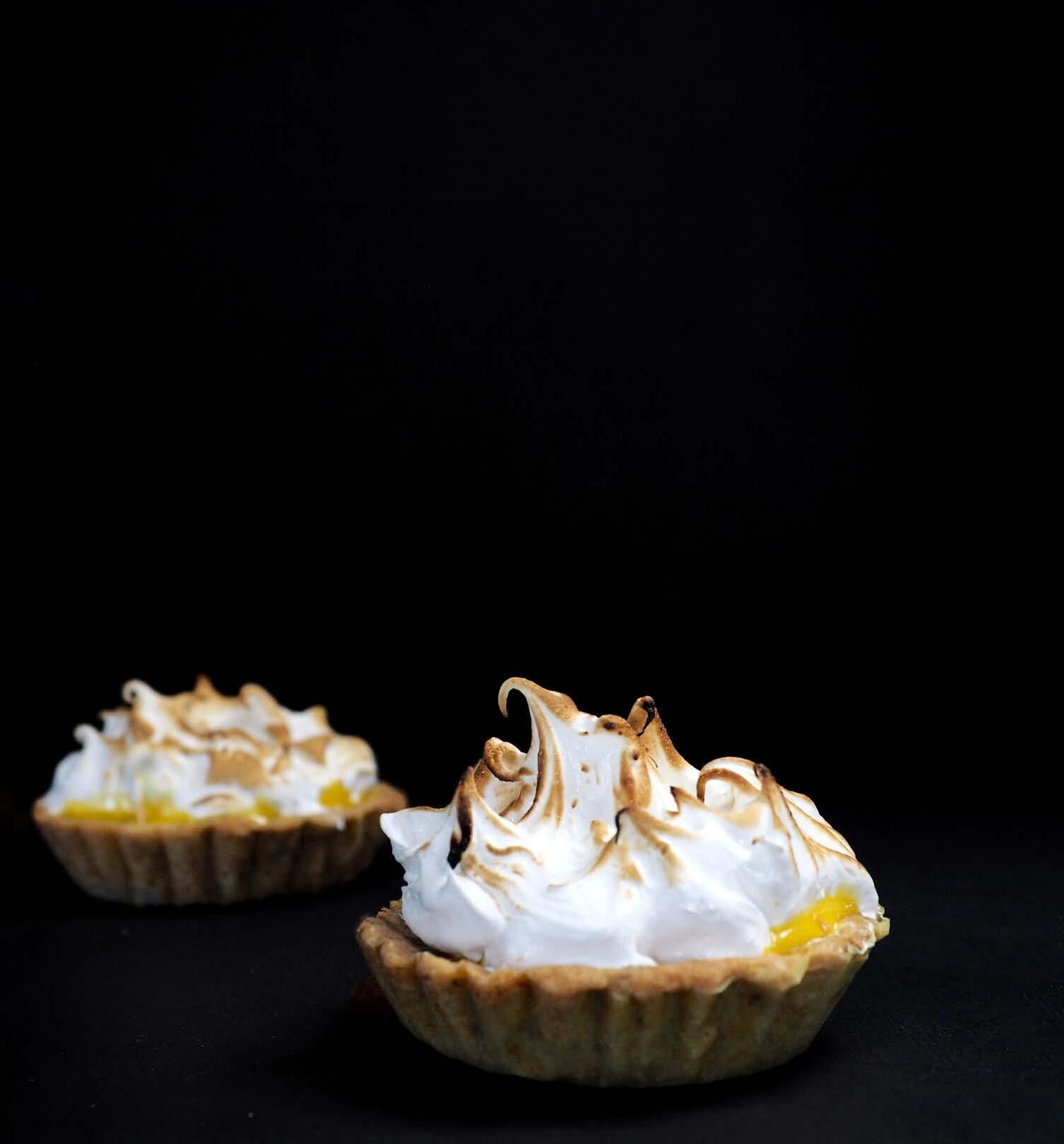
However you enjoy meringue, it’s sure to sweeten your summer. And no one needs to know how easy it is!
If you’re not familiar with meringue, here are a few tips to get you started. Your utensils must be meticulously clean and perfectly dry. Any residue of fat (traces of yolk, butter or oil) will compromise the meringue. For this reason, it’s best to separate the eggs, one at a time, in a separate bowl, before adding the whites together. It takes only a one-egg mishap to spoil an otherwise perfect batch of egg whites.
Easy does it: Start the mixer at medium speed, and once the egg whites have formed a tight network of bubbles (think beer head), gradually add the sugar in a thin stream, with the mixer running, steadily increasing the speed to high.
Meringue does not behave well under humid conditions. Let the weather be your guide when deciding to make meringue.
When making French meringue, start with egg whites at room temperature. If you forget to take them out of the fridge, simply submerge whole eggs (in the shell) in warm water for about 15 minutes.
Do not whisk eggs in plastic bowls as they’re porous and may contain traces of fat; metal, glass or ceramic work best.
If you lose track of counting your egg whites, a kitchen scale can help: each egg white weighs approximately 30 grams or just over one ounce.
Although I’ve included two methods for preparing meringue, there are actually three methods:
French meringue: (Used in Pavlova and Eton mess.) Egg whites are whipped with sugar until billowy, then baked at a low temperature, 200°F.
Swiss meringue: (Used in the lemon tart recipe on the following page.)
Somewhat denser than French meringue, egg whites are whipped by hand with sugar and cream of tartar in a mixing bowl set atop a pan of simmering water (a bain-marie) until the mixture reaches 175°F. The mixture is then whisked with an electric mixer until billowy.
Italian meringue: (Used in icings such as buttercream and sugary confections like macaroons.) The sugar is cooked directly in a saucepan (without egg whites) until it reaches 250°F. The hot sugar is then poured into the egg whites and whisked until billowy.
Makes 12 four-inch tarts.
This pastry is rich and flavourful, more cookie than crust. It can be pre-baked and refrigerated up to three days in advance.
Almond Pastry
1 cup whole almonds
¼ cup granulated sugar
1 cup unsalted butter, room temperature, cut into 6 pieces
½ cup icing sugar
Zest from 2 lemons
4 yolks, room temperature
2 cups all-purpose flour
¼ tsp salt
Lemon Curd
¾ cup freshly squeezed lemon juice, about 3 lemons
¾ cup granulated sugar
7 large egg yolks
¼ cup + 2 Tbsp unsalted butter, room temperature
Meringue
7 large egg whites
1¼ cups + 2 Tbsp sugar
¼ tsp salt
¼ tsp cream of tartar
Special Equipment
You’ll need 12 four-inch tart molds, 12 paper baking cups (or parchment paper cut to size), a candy thermometer and a brûlée torch. If you don’t have a torch, you can toast the meringue under a broiler (although a torch provides more control). You’ll also need pie weights, beans or rice to prevent the pastry from buckling in the oven.
Almond Pastry
Preheat oven to 350°F.
This dough behaves more like soft cookie dough, rather than a typical pastry dough. It is easy to work with when the dough is chilled. Whenever it becomes too soft,
simply refrigerate until it firms up. For this reason, I divide the dough in two batches, keeping one in the fridge.
Place the almonds in a food processor with the granulated sugar and process until finely ground.

In the bowl of a standup mixer fitted with a paddle attachment (or a medium bowl, if mixing by hand), cream together the butter, icing sugar and lemon zest until well combined. Add the yolks and mix until well combined, scraping the bowl with a flexible spatula as necessary. Add the flour, salt and ground almond mixture and mix until combined. The mixture should resemble sticky cookie dough.
Scrape half the dough onto a sheet of parchment generously dusted with flour. Press the dough into a squat disk and cover with plastic wrap. Use a rolling pin to flatten the dough to a rough circle approximately ½ inch thick. Cover completely and refrigerate until firm, about 30 minutes. Repeat with the remaining dough.
Line the tart molds with the paper baking cups or parchment paper cut to size. The molds need to be completely covered with paper otherwise you won’t be able to release the tarts without breaking them. (It’s fine if your paper overlaps the molds.)
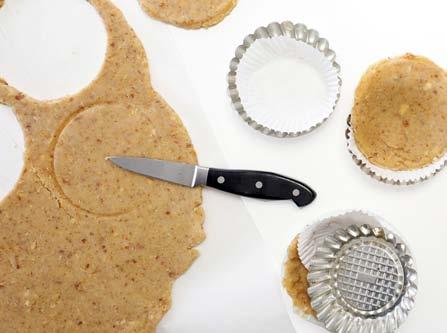
Remove half the dough from the fridge and roll the dough approximately 1/8 inch thick. Using a cup or small bowl slightly larger than the tart molds, cut the dough into 6 circles. Using a spatula (or your hands), carefully transfer the circles of dough to the paper-lined molds. Cover with plastic wrap and gently press the dough (through the plastic) against the molds’ edges and base, aiming for a uniform layer of dough. (If the dough becomes too soft to work with, refrigerate until firm.) Repeat with the remaining dough, gathering and re-rolling any remaining scraps of dough. Refrigerate for 30 minutes.
Remove the plastic wrap from the tart molds and pierce the base and sides of the pastry with the tines of a fork, as pictured. Place six tarts on a baking tray, cover each tart with a small square of parchment (or foil)
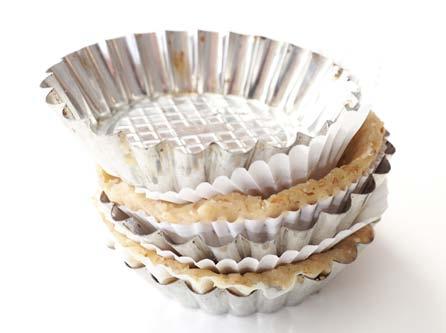
and fill with pie weights, beans or rice. Repeat with the remaining dough.
Bake 20 minutes, turning the baking trays once during baking to ensure the tarts bake evenly. Remove the tarts from the oven and carefully remove the pie weights and parchment (or foil). Return the tarts to the oven and continue to bake, uncovered, another 5-7 minutes or until the pastry is browned and cooked through. Cool completely on baking rack (do not remove molds yet). Refrigerate to firm and remove the molds only when completely chilled.
Fit a heat-resistant bowl over a saucepan of simmering water. The bowl should not touch the water. Pour the lemon juice, sugar and yolks in the bowl and stir constantly with a small whisk, until thickened. This can take up to eight minutes. When the lemon curd is thick enough to coat the back of a spoon, remove from heat and add the butter, stirring to combine.
Cool slightly, then distribute the curd evenly amongst the chilled tarts. Refrigerate while preparing the meringue.
Place the metal bowl of a standup mixer, or a deep metal mixing bowl, over a saucepan of simmering water. The water should not touch the bowl. (Have a dry towel or potholder handy to grasp the hot bowl.) Place the egg whites, sugar, salt and cream of tartar in the bowl and clip the thermometer onto the bowl, ensuring it reaches the egg whites. Mix the whites with a spatula, stirring constantly until the mixture reaches 175°F. (The whites will not expand at this stage.) Remove the bowl from the heat and whisk with an electric mixer at high speed until billowy and satiny, being mindful not to over-whip the meringue. This can take up to six minutes.
Place a generous dollop of meringue onto each tart, using your spoon to spread the meringue to the tart’s edge. Create peaks by dipping the spoon into the meringue, then lifting. Use a torch to gently toast the meringue. Alternatively, place the tarts briefly under the broiler, watching them carefully to avoid burning.
The almond dough is placed on paper-lined molds to prevent the dough from stickingPavlova
Makes five large meringues
If making Eton mess, shape the meringue into small flat disks sized to fit your serving glasses. You’ll have plenty of meringues leftover, but they keep for up to two weeks in an airtight container.
Because the meringue is so sweet, I add very little sugar to the cream, and I leave the sauce unsweetened. You can, of course, adjust the sugar to suit your own taste.
Meringue
4 large egg whites at room temperature
1 cup extra-fine granulated sugar (also referred to as berry sugar)
1½ tsp cornstarch
½ tsp white vinegar
Toppings
1½ cups 35% cream (whipping cream), chilled
1½ Tbsp granulated sugar
1 lb fresh strawberries, cleaned and hulled (green leafy top removed)
1 lb frozen or fresh berries for the sauce (I use frozen raspberries to give the sauce its vibrant colour, as strawberries tend to fade when puréed or mashed. Thawed raspberries also provide more juice than strawberries.)
Optional Garnishes
¼ cup dried blueberries (fresh when in season)
Fresh mint
Confectioners’ sugar
¼ cup pistachios (for Eton mess)
Meringue
If making Eton mess, you’ll need a pastry bag fitted with a plain tip. Alternatively, you can portion the meringue in small mounds and flatten them with the back of a spoon.
Line a baking sheet with parchment paper or a nonstick baking mat.
Preheat oven to 200°F.
Before you start, ensure your mixing bowl and whisk are scrupulously clean—the egg whites will not increase in volume if inadvertently mixed with traces of fat, such as egg yolk.
Using a standup or hand-held mixer, whisk the egg whites at medium-high speed until a dense network of foam appears. Slowly add the sugar in a thin stream, continuing to whisk as you do so. Increase the speed to high and whip until glossy, stiff peaks appear. Reduce the speed to low, add the cornstarch and vinegar and whisk until just incorporated.
Using a large spoon, portion the meringue into five large billowy dollops on the parchment-lined baking sheet, leaving room between each portion.
If making Eton mess, scoop the mixture into a pastry bag fitted with a plain tip. Pipe the meringue in small flat concentric circles sized to fit your dessert glasses. Alternatively, portion the meringue in small mounds and flatten them with the back of a spoon.
Bake the meringues for about an hour or longer until completely dry. Turn the oven off and leave the meringues in the oven until they completely cool. The
meringues will crack slightly (and the colour changes from bright white to ivory). If not using immediately, store meringues in an airtight container, with parchment layered between each meringue. They keep for up to two weeks in a cool dry place.
Thaw the berries, if using frozen, and place them in a fine-mesh strainer placed over a bowl. If using fresh berries, remove the greens and purée them before placing them in the strainer. Using the back of a ladle or large spoon, press the berries against the strainer to extract as much juice as possible, discarding the seeds and pulp. Pour the juice into a small saucepan and simmer over low heat until slightly reduced. If you’d like to add sugar, add as much or as little as you wish, stirring until the sugar has completely dissolved.
When ready to serve, whip the cream with the sugar until soft peaks appear.
Place the baked meringue on a plate or tray, add as much whipped cream as desired, scatter with strawberries and drizzle with a bit of fruit purée. Garnish with dried blueberries, fresh mint and confectioners’ sugar. Serve additional whipped cream and fruit purée on the side.
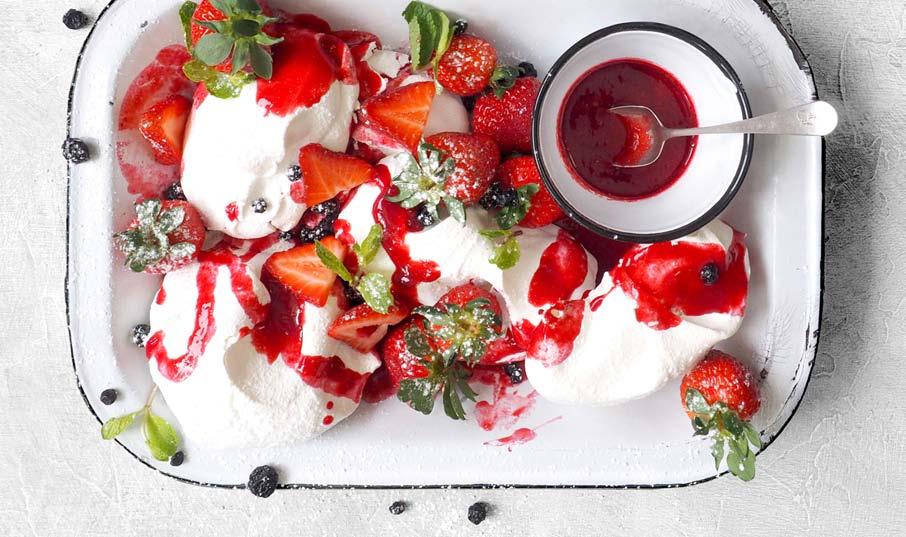

Layer transparent glasses with fruit, cream, fruit pureé and meringues, whole or broken in pieces. Garnish with pistachios as desired. Serve additional strawberries and fruit purée on the side.
OF
few range in depth and legacy as much as pastry does. Among the endless and ancient ways to combine milled grain and fat, we associate a few of these methods with childhood experiences, seasonal celebrations and family histories. We use them to mark the passing of age and other rites of passage. But beyond the ceremony of wedding cakes, birthday cakes and holiday traditions, sometimes we’re just having a bad day and need to buy ourselves a cookie—or six.
Victoria has no shortage of excellent bakeries and pastry shops, many with legacies of their own. While there are too many to name in a single article, here is a selection of a choice few, some young, some old, and what they each have to offer.
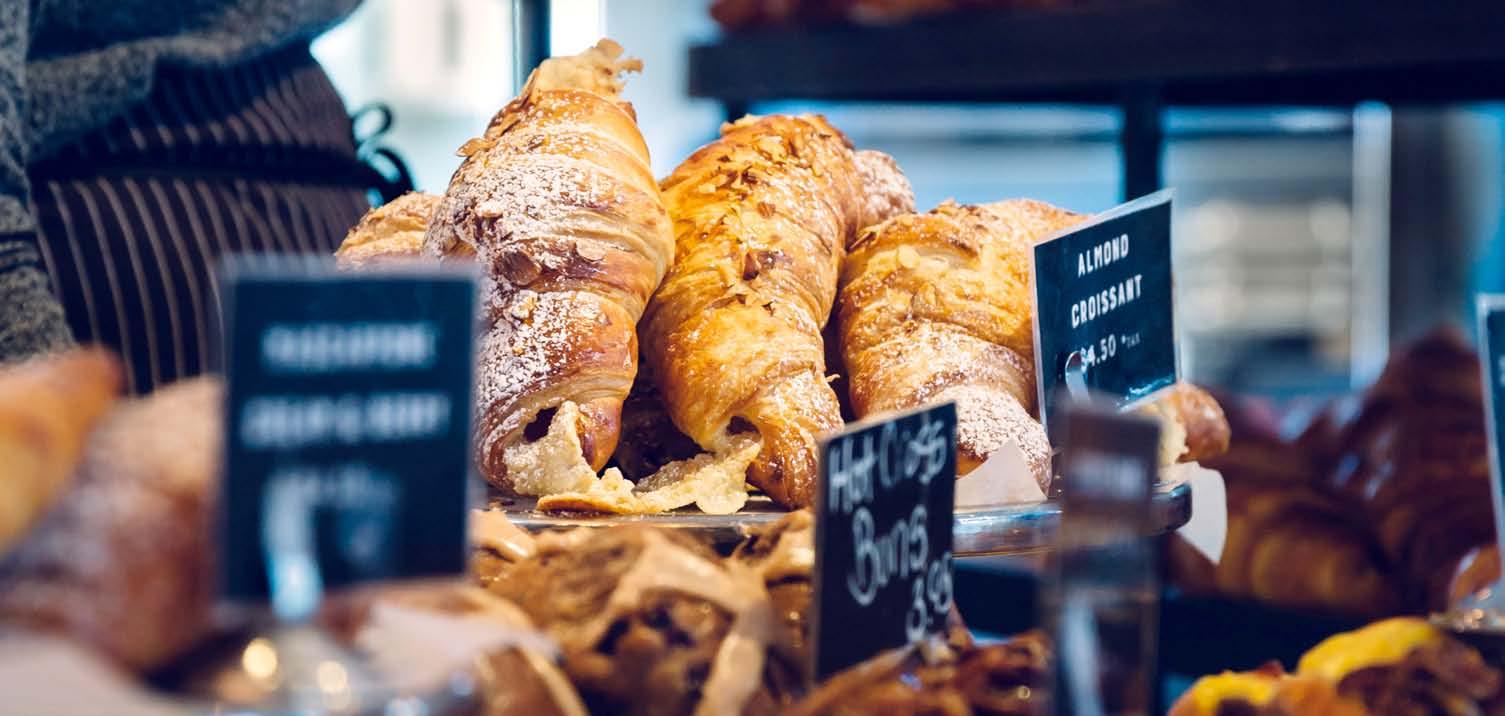
If you’ve ever been strolling along Fort Street, you’ve no doubt stopped agape at the display of flaky heaven in the window at Crust Bakery. Fluffy, colourful meringues are stacked next to buttery chocolate croissants, creamy tarts and a few unique items such as cronuts (a doughnut/croissant hybrid). Crust Bakery is owned and operated by Tom Moore and Crystal Moore. For the past five years, they’ve been enjoying bringing a life back into a space that used to be a sleepy bakery.
Tom Moore is a chef by trade. He and Crystal ran restaurants for 15 years in Australia, including one given a Chef Hat Award—an Australian accolade similar to a Michelin Star. “When we had children, I realized I couldn’t work from eight in the morning to midnight six days a week anymore,” says Tom. In response, they sold their rural farm restaurants and opened up a bakery. “There I could still be creative, cooking in season with savoury and sweet stuff, and be home by two in the afternoon to see my kids,” he says. When their kids were of school age, they moved back to Canada (where Crystal is from) and opened Crust.
While some chefs may struggle transitioning from savoury cooking to sweet baking, Tom says it was a natural progression for him. “I spent a quarter of my apprenticeship in the pastry kitchen because I really loved it,” he says. He now prefers the creative process around pastries. “Chefs have to write the menu, make changes and print menus. Here, I can just tell the staff what I’m doing and it’s nice and simple,” he says.
At Crust, Tom and his staff make everything from scratch, and he encourages his workers to try new ideas and flavours. He explains how he once ate a macaron flavoured with lychee, raspberry and rosewater, and years later he was able to recreate that same experience in a Crust Danish. “People don’t understand how much work goes into things,” he says. “It could be something as simple as a hazelnut croissant, but the amount of work that goes into a single croissant is days’ worth.”
Each of these Victoria bakeries, some established and others new success stories, are an integral part of their neighbourhood’s history, story and quality of life.PASTRY COUNTER AT MOSI WORDS Adrian Paradis PHOTOGRAPHY

Meleah Witthoeft and her sister, Katy Allan, have been running Cottage Bakery for almost six years now. Allan is a trained pastry chef, while Witthoeft says she tries to bring her business-savvy mind to the table; her background is in accounting and office management. Both sisters have a strong connection to their profession. “We have a family history of baking,” says Witthoeft. “It’s something we’ve always done since we were little girls.”
Most of what the sisters make are old family recipes or variations of them. “Our style is very much homestyle baking,” says Witthoeft. “We’re not trying to reinvent the wheel at all. A lot of the recipes we have are family recipes or stuff we’ve made since we were little.” Even though their bakery is tucked away under an awning in a corner of Fairfield, the community has found and taken a liking to the small, bustling shop. At any given time, their case will house five different cakes from a homey-style carrot cake to a decadent lime passion fruit, as well as a selection of tarts, pies and flavoured croissants. Also on Fridays—if you can get one in time—they offer enormous, gooey sticky buns.
Stefano Mosi and his wife, Melissa, have been running Mosi Bakery for only four years, but their history in the industry runs far deeper than that. Mosi is a third-generation baker from Italy whose father and uncle were the founders of the Italian Bakery in 1978. Mosi and his wife also opened La Collina Bakery on Cedar Hill Road in 1997, then tried to get out of the industry in 2007 by moving to Maui to open up a gelato shop. After running the successful shop for almost eight years, they moved back to Victoria when their daughter turned three.
Today, they run Mosi Bakery out of a 100-year-old heritage building on West Saanich Road where they make beautiful and—mostly—traditional pastries. Among their traditional fare are excellent lemon bars, peanut croissants and brioche cinnamon buns, “which is an old family recipe from Italy,” says Mosi. “We top them with our pastry custard, which again dates back to my grandfather in the 1920s.” Juxtaposed with these old classics are a few modern twists, including cruffins (a mix of croissant and muffin) and compost cookies à la Christina Tosi of New York’s Milk Bar.
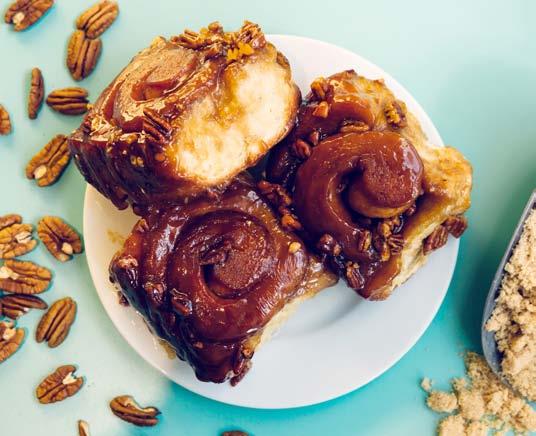
“We use traditional recipes, such as our croissant dough, but from that you can make different variations. It’s just a different way of shaping the dough,” says Mosi. “We’re using the same techniques that have been developed for generations. Over time they become tweaked and modified, but that’s how new recipes come around.”

Tara Black at Origins Bakery is proving that pastry doesn’t need to have gluten to be incredible. Having operated for the past 10 years (the first of these as a market stall), Origins is now one of only a few totally gluten-free bakeries in Victoria. The brand now has two locations with plans to expand onto the mainland soon.
Black started her career as a savoury chef, but she soon realized the exhausting nature of savoury kitchens. “When you are a five-foot-tall girl, you get pretty tired of having to be the bulldog,” she says. She still wanted to work in kitchens, so she transferred to the sweet side of production.
She went on to start the pastry program at Pure Vanilla Bakery and worked as the executive pastry chef at the Inn at Laurel Point before she was ready to start a shop of her own. While she has about 40 different ways to replace gluten in a recipe, she says Origins is unique because they do not keep an all-purpose blend of flours. Instead, they use a whole host of grains, choosing specific combinations to make the best product. “We want to make sure the texture, flavour and nutrition are being brought out with each one of our products.”
Gluten-free pastries have a reputation for being dry, flavourless shadows of their more gluten-enriched counterparts. Origins shatters this stereotype. Their sugar cookies snap in just the right way, their cakes are moist and rich. Among some of their more popular items is a vegan chocolate cupcake: a dense chocolate cake using good quality French chocolate, finished with a vegan ganache and flavoured with Discovery Coffee.
COTTAGE BAKERY’S STICKY BUNS CROISSANTS AND CRUFFINS AT CRUST BAKERYShamus McDougall and his mother, Audrey Alsterberg, have been a staple in the Victoria restaurant community for some time. Together, they opened Rebar, Cascadia Bakery and Pure Vanilla Bakery. Alsterberg is now retired in Qualicum Beach, but McDougall is still managing and baking bread at Pure Vanilla, which they still own.
“When my mom opened Pure Vanilla, she had her eye on it being a European-style café as much as a bakery,” says McDougall. “Today, it’s become a local gathering spot. It’s the same people in there every day so we tend to get on a first-name basis with all of them.” McDougall has been baking since he was 13 years old, and at 16 was heading the bakery department at Grand Central Café (what is now Il Terrazzo). After some time in the industry, he became burnt out from production baking and joined the forestry industry on Bowen Island. Ten years later, he returned to his family business when his mother wanted to retire.

Sticking to that European-café style, Pure Vanilla hasn’t had to change a lot since it opened. “It’s worked really well right out of the gates,” says McDougall. “Within our first six months we had established ourselves.” Concentrating on classics, McDougall focuses on quality while making everything in house: from specialty cakes to a wide variety of tarts and favourites such as pumpkin spice cookies with maple icing. Around the holidays, they do a Bûche de Noël cake, which looks like a Yule log with branches coming off it and little meringue mushrooms—always a popular item.
Of all the bakeries on this list, none have as much of a legacy as the Italian Bakery; this familyrun shop has been operating for 40 years. Alberto Pozzolo says he started out making bread with his dad as his first job and came on full-time at the bakery in 1995. Today, he does pretty much everything around the shop. “If we have it, then it was made under my purview, whether that’s by me doing it or someone who gets my stamp of approval to do it,” says Pozzolo.
Despite a fire that ravaged his bakery four years ago, the Italian Bakery is in full production today. Pozzolo focuses mostly on the classic Italian pastries and French-inspired items, saying that nearly all of them have a history to them. “We have a nice product line,” he says. “It’s very straightforward and super tasty. Everything is made from scratch.”
Included are a plethora of Italian cookies, specialty tarts, cannoli they deep-fry every day, and wine nests (a brioche bun soaked in liquor and filled with custard). “I have customers now who were my peers when we were 10-year-olds,” says Pozzolo. “Now they’re 50 and they remember when their parents brought them here. They’re shopping here with their kids.”
Talking to these chefs, what becomes apparent is the history and legacy they all connect to their work and products. Something like a muffin recipe can easily become part of a family story and have a deep personal connection. Going beyond just sweet treats, many of these items hold great significance for families, communities or individuals, and sometimes they’re just a way to brighten someone’s day.



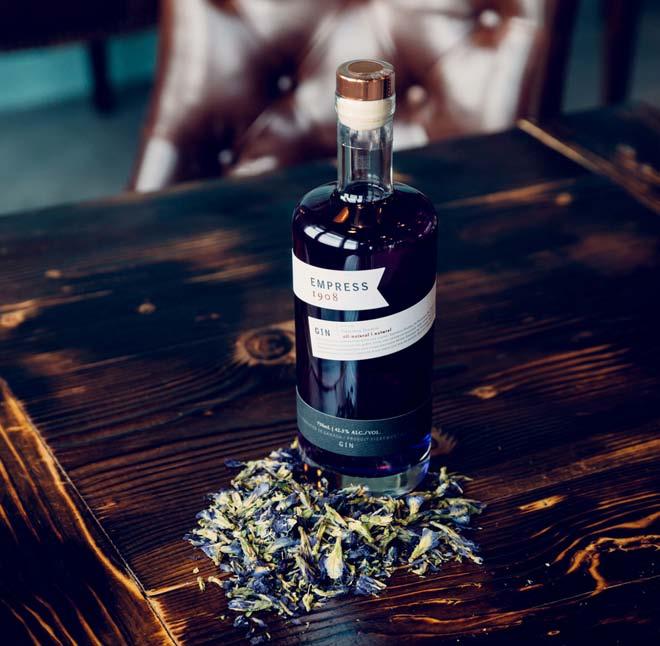

As loyal subjects to the Crown, we have more to be thankful for than a 24-hour reprieve from the rigours of hard labour each May. For one, both Queen Elizabeth II and her mother have (and had) daily drinking rituals that put your guilt-riddled “I-really-shouldn’t-during-the-week” half-bottle of Pinot Gris to shame. Try preparing for lunch with a long pour of gin over ice with some Dubonnet and lemon. It’s fit for a Queen (or two) after all. Chase that with good red wine (claret for the Queen Mum) during lunch, a dry gin martini (for Queen E II) before dinner, and pink champagne to round out the day, and suddenly the line between civility and hedonism becomes very fine indeed. Which summarizes the shifting cultural role of their preferred spirit—gin—as it has wavered erratically between “degenerate hooch” and “high-society spirit” for centuries.
The origins of gin trace back to the British adaptation of an older Dutch elixir known as “Jenever,” a whiskylike malt-wine steeped on juniper berries, which masked the harsh flavours of early, unsophisticated distillation techniques. As trade developed in the late 16th-century, Jenever’s marketplace expanded into English ports. During the escalation of the Thirty Years’ War (1618-1648), English and Dutch troops fought side-by-side, cementing the place of Jenever in English culture, and as soldiers shared shots—in more ways than one—the emboldening liquid also birthed the phrase “Dutch courage.”
In Saanich, de Vine Spirits produces Genever Gin, which harkens back to this historical turning-point where gin began to come into its own. This throwback uses the Dutch tradition of a malt-wine base and is infused with 20 varieties of botanicals, among them mugwort, wormwood, horehound and blessed thistle. The result is not intended to compete with modern incarnations of gin but to offer a glimpse of the tradition that birthed them. As such, it has a more robust flavour profile combining herbal, floral, medicinal and citrus layers, and drawing comparisons to unaged Scotch whisky.
Later in the 17th century, England saw a Dutch prince, William of Orange, take the throne. A prompt ban on the enemy France’s brandy exponentially increased consumption of Jenever. Suppliers buckled under the demand, and subsequently the quality of product suffered for the sake of a speedy turnaround. This led to the breaking of the long-held
monopoly of the London Guild of Distillers, and the legal liberalization of independent distilleries. Sounds like a blast, but in reality the product became astoundingly poorly produced, with the addition of all manner of cheap/harmful adjuncts, and was taxed so little that a pint of gin was cheaper than that of beer.
Of course this was a disaster waiting to happen, which it did, resulting in mass addiction and illness, and in 1751 the Gin Act was passed by English parliament to raise taxes and issue licences for supervised producers. After the riots subsided (quite literally), the gin distilleries we know today began to emerge as respected brands, among them Gordon’s and Plymouth. The 1830s saw the invention of the modern column-still (the equivalent of the printing press to the Renaissance) which elevated gin’s reputation back up from the gutters of London’s slums and into the delicate glassware of the monarchy.
Embracing gin’s regal affiliations, Sidney-based Victoria Spirits’ Victoria Gin has led the charge for local distillers and consumers for over a decade. Billed as “Canada’s first premium gin,” local libation enthusiasts will fondly recall the fine wood-fired copper still that was housed in the basement of Vic Spirits’ original farmhouse location on Old West Saanich Road. The operation has since relocated to Sidney’s stunning waterfront to handle their ever-increasing production demand and offer a more customer-centric experience. The integrity of their product has not waned. What set them apart as the premier selection for any gin-based cocktail all those years ago remains abundant: strong citrus notes in balanced harmony, while savoury on the palate with a finish more full-bodied than a standard London Dry gin.
It’s no exaggeration that the introduction of the modern column-still shaped gin as we know it today. The increase in production efficiency produced a distillate eminently more drinkable than its predecessors. As such, the sugar that had been previously added post-distillation, to mask harshness and off-flavours, was no longer needed. The resulting gin was—you guessed it—drier. As the first gins processed through column-still technology began spreading from London, they became known as London Dry, and the sweetened, old-style version endured as Old Tom gin. Old Tom’s harshness of flavour gave way to a more refined and subtle liquor, and the addition of more fragrant and ephemeral botanicals such as coriander, angelica, cassia and orris root became possible. The spectrum of possibility was blown wide open, and between 10 and 20 additional ingredients became commonplace, to complement the infusion of juniper that was by now cemented in tradition. Gin began to filter up through the ranks of high society, no longer dismissed as “rotgut for the masses” but respected for its refined craftsmanship.
“Gin has not been a stationary animal throughout its journey thus far—anything but.”
Daniel Murphy
PHOTOGRAPHY
Johann Vincent
From the gutters of London to its palatial halls, gin’s relentless evolution continues in our backyard.
Turning the image of the polite, pointed-pinky, gin-sipping Queen Mum on its head, Wayward Distillation House in Courtenay nods to tradition while courteously throwing it under the next approaching bus. Their Unruly Gin is unique from start to finish: the base spirit is created from BC honey, which is fermented in-house, distilled through custom stills and infused with locally sourced and organic botanicals. A self-proclaimed “Canadian-style gin,” Unruly blends the traditional with the West Coast; juniper and citrus coalesce with cedar, an intriguing interplay supported by notes of lavender, sarsaparilla and coriander. The result is intensely aromatic and flavourful, a playful inflection of the genre, which is also acutely aware of its place in a long and revered tradition.
If Jenever is the embodiment of gin’s origins, and London Dry its direct offspring, then it’s fair to ask: what’s next? Gin has not been a stationary animal throughout its journey thus far—anything but. It has shifted shape and cultural role continuously, and just when we as consumers think we have a handle on the intrinsic nature of gin, distilleries continue to bend the “rules” and morph their wares into something rooted in tradition but infused with creativity and a forthright push of the envelope.
Enter: Kazuki Gin from Sheringham Distillery in Sooke. An ode to distillery owners Jason and Alayne MacIsaac’s wistful memories of travels through Japan, Kazuki builds upon a traditional gin base with additions of Japanese cherry blossom petals and yuzu peel, as well as green tea and flowers from Westholme Tea Farm in the Cowichan Valley. It’s a burst of distinctive floral and citrus notes, at once reminiscent of gin’s lineage but with a startlingly original accent. Sheringham’s flagship Seaside Gin recently won Best Contemporary Gin at the 2019 World Gin Awards in London, England, against a field of international heavy-hitters. Kazuki is the next bold step in the evolution of their oeuvre.
Other notable entrants in that same Best Contemporary Gin category were Victoria Spirits’ regally tinted purple gin Empress 1908—which took home a silver medal—and Ungava’s vivid yellow namesake Ungava Gin (Quebec), which hauled in a bronze. To do so against multiple entrants from 25+ countries makes it clear that Canada, and particularly BC, is masterfully surfing the new wave of gin production.
Author’s Note:
It was never going to be possible to give each of our stellar local gin producers their due in the space afforded here; we would have to devote a whole issue to gin. As you navigate your own intoxicating journey through their varied and exemplary offerings, be sure to stop in at the following ports of call:
Phillips Fermentorium
Stump Coastal Forest Gin
Victoria
Merridale
Cowichan Gin
Cobble Hill
Ampersand Distilling Co.
Ampersand Gin
Duncan
Arbutus
The Empiric Gin
Nanaimo
Stillhead
London Dry Gin
Adrienne’s Restaurant & Tea Garden
The Perfect Spot, at Any Time of Day! Enjoy our famous Eggs Benedict, Omelette and Belgian Waffle as ALL DAY BREAKFAST! We offer Breakfast, Lunch and Afternoon Tea, High Tea, Kid’s menu, great Desserts and Drinks. We bake with butter. We buy local/BC products and sustainably harvested/ocean wise seafood first. Open 7 days a week. 250.658.1535 AdriennesTeaGarden.com
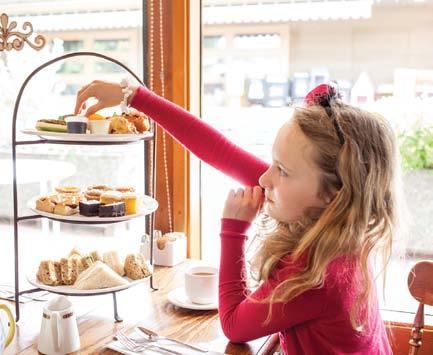
rhubarb too rhubarb too is the latest addition to the Market Garden in the heart of Vic West Specializing in uncommon goods for life and living. At The Market Garden, 810 Catherine St. Open daily. Mon thru Sat 8:30am–9pm, Sun 9am–8pm ADRIENNE’S
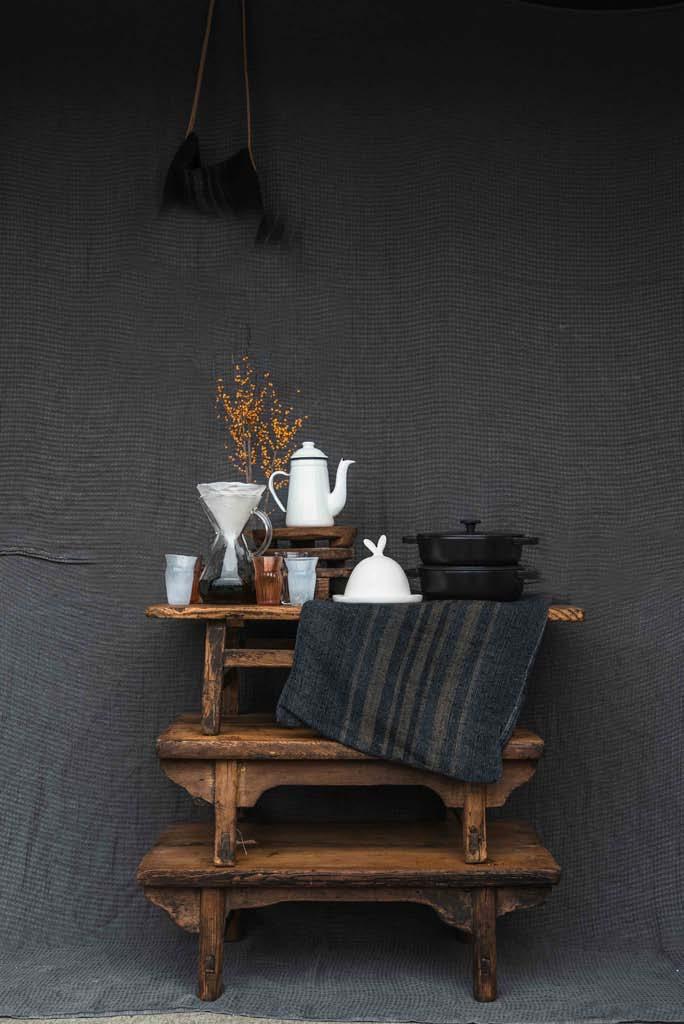
Adrienne’s Restaurant & Tea Garden

Wines perfect for warm weather sipping.
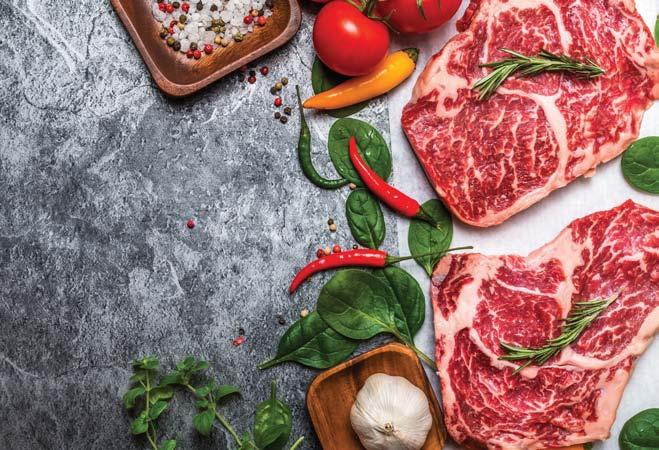





Red Rooster Riesling Okanagan Valley VQA 2017 BC $17.00-19.00
Sunshine in a bottle. Very concentrated, with peach, apple and a whiff of petrol on the nose. Off-dry but nicely balanced, this charmer has plenty of heft, delicious fruit flavours and a slightly oily texture held in check with a nip of tangy acidity. Winemaker Karen Gillis has hit one out of the park with this juicy winner.
Toscolo Vernaccia Di San Gimignano 2017 Italy $22.00-24.00
This elegant little white from the lovely vineyards surrounding the medieval village of San Gimignano, deep in the heart of Tuscany, is pale yellow with light floral, pear and honeysuckle aromas, soft fruit flavours finishing clean and fresh with a hint of bitter almond to wrap it all up. Delicious!
Gray Monk Unwooded Chardonnay Okanagan Valley VQA 2017 BC $17.00-19.00
When I think New World Chardonnay I think oak, and plenty of it, I can’t help myself. But this wine has everything but. Fermented and aged in stainless steel, this lovely Okanagan Chardonnay is clean and fresh with citrus, melon and apple aromas. Medium-bodied and just off-dry with juicy fruit flavours and fresh acidity.
Cono Sur Bicicleta Organic Sauvignon Blanc 2017 Chile $11.00-13.00
This organic Chilean Sauvignon Blanc is crisp and refreshing with good concentration and plenty of character. The nose is very aromatic with citrus, dried herbs and mineral scents. Nicely balanced with zippy acidity and rich fruit flavours. All that in an organic wine at a price that is tough to beat.
Bodega Garzon Albariño Reserva 2018 Uruguay $23.00-25.00

If you want to impress your friends and sound as if you know what you’re talking about, roll the ñ and drag it out when speaking of Albariño. Those who don’t know you will think you are brilliant and mucho cosmopolita! Pull a bottle out of the fridge to remove all doubt. Like Albariño’s home turf in Galicia, the vine is most comfortable lounging seaside. Very ripe and richly endowed with powerful aromas of white peaches, citrus and jasmine. On the palate the wine has a slightly oily texture but surprisingly crisp acidity and a long, fresh finish.
Bodegas Bilbainas Vina Zaco Tempranillo Rioja 2014 Spain $15.00-17.00
This juicy little red from the Rioja is aged for nine months in a combination of new French and American oak. Medium-bodied with bright fruit flavours, soft tannins and plenty of spice and vanilla through the finish.
Thorn-Clarke Terra Barossa Shiraz 2016 Australia $21.00-24.00
This hearty, come-drink-me Barossa Shiraz is polished, powerful and utterly delicious. The nose is all fruit with plum, black cherry, black pepper and vanilla. Full-bodied with gobs of dark berry and spice flavours, firm tannins and a long satisfying finish.
Bodega Garzon Cabernet Franc-Tannat Reserva 2015 Uruguay $20.00-22.00
This hearty Cabernet Franc-Tannat blend from the sun-drenched vineyards of Uruguay is soft, juicy and full-bodied. The nose is a veritable potpourri of red fruit with raspberry and strawberry aromas and more than a hint of fresh plums and spice. Aged in French oak for nine months, the palate is balanced but powerful, with pure fruit flavours, spicy oak, a patina of fine-grained tannins and a firm persistent finish.
El Esteco Don David Malbec Reserve 2017 Argentina $15.00-18.00
The vineyards and wineries of Argentina have become an excellent source of good quality wines priced to sell. Rated #65 in the Wine Spectator Top 100 Wines of 2018, this hearty Malbec from the Calchaqui Valley in the foothills of the Andes is a case in point. Upfront nose redolent with dried red fruit, herbs and tobacco aromas, medium-bodied with concentrated berry, mineral and smoky flavours. Nicely balanced with soft tannins and a long savory finish.
San Gregorio Las Martas Cervera de la Cañada 2014 Spain $15.00-18.00
If you seek value and know a good deal when you taste one, then perhaps it would be prudent to take a moment and consider the wines of Calatayud, a dusty backwater in the bowels of Spain. This dry-farmed, old vine, single-vineyard, bush-trained Garnacha is absolutely stellar and may get you thinking. Medium to full-bodied with fresh raspberry, plum and black pepper aromas with loads of juicy fruit flavours on the palate. Soft and supple with a long heady finish.

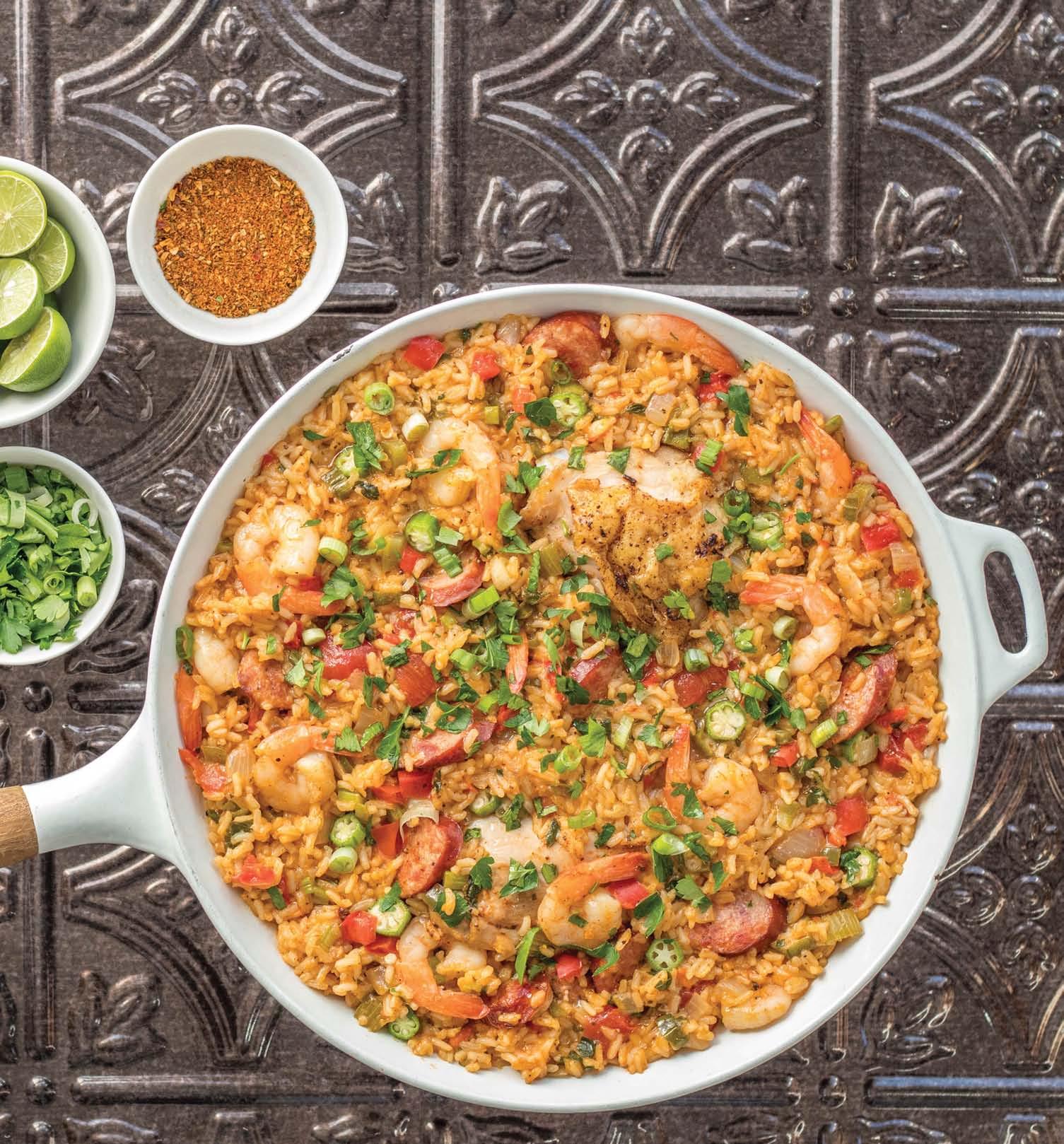 RECIPE + STYLING + PHOTOGRAPHY
RECIPE + STYLING + PHOTOGRAPHY
Jambalaya is undoubtedly one of the most emblematic dishes in Louisiana. A rice dish, traditionally it includes some vegetables and smoked sausage such as Andouille, mixed with other meats or seafood, such as chicken, pork, crayfish, or shrimp. Several peoples and cultures, each of which claims a role in the origin of jambalaya, have historically influenced Louisiana. Indeed, the Spanish, the French, the Creoles, the Cajuns, as well as the Africans would have influenced this typical dish of the South. Although every family has its own recipe for jambalaya, there are two main methods to prepare it. These are differentiated by the presence of tomatoes and the order in which the ingredients are cooked.
The first method, called Creole jambalaya or “red jambalaya”, obviously includes tomatoes.

The second method, which is more traditional in southwestern and southern Louisiana, is called the Cajun jambalaya, or brown jambalaya, and does not contain tomatoes.
I chose to make a version that was shared with me by a friendly local in New Orleans; his family’s “secret” recipe is a merge of the two methods. When making this recipe, be sure to invite the neighbours, as you will have enough to share!
Serves 6 to 8
2 Tbsp olive oil
1½ lb Andouille, kielbasa, or other sausages, sliced into ½-inch rounds
8 chicken thighs, bone in, skin on Himalayan pink salt and ground black pepper
2 Tbsp unsalted butter
1 large onion, chopped
2 red bell peppers, seeded and diced
4 celery ribs, diced large
1 (796 mL/28 oz) can whole peeled plum tomatoes, drained and diced large
2 jalapeño peppers, seeded and chopped
4 garlic cloves, chopped
2 Tbsp tomato paste
3 Tbsp homemade Cajun seasoning (recipe follows)
1 cup dry white wine
5 cups chicken broth
2.5 cups uncooked long grain white rice
2 bay leaves
1 lb shrimp, tails on, peeled and deveined
1 cup thinly sliced okra
2 cup fresh parsley, chopped
2 bunch green onions, white and green parts, sliced
Juice of 8 kaffir limes, plus extra for garnish
In a large Dutch oven or large pot, heat oil over medium-high, add the sausage and cook for 8 minutes, turning the pieces until browned. Then transfer to a clean plate and set aside. Meanwhile, pat the chicken dry with paper towels and sprinkle both sides liberally with salt and pepper. Add the chicken to the pot, skin side down, and cook over medium-high heat for 5 minutes, until browned. With tongs, turn and cook for another 5 minutes, until lightly browned. Remove and place on plate with the sausage.
Add the butter to the oil in the pot, then add the onions, bell peppers, celery, 1 Tbsp of salt, 1 tsp of black pepper and cook over medium heat for 10 minutes. Add the
tomatoes, jalapeño peppers, garlic, tomato paste, Cajun seasoning and cook for another 2 minutes. Pour in the wine and scrape up the browned bits at the bottom of the pot. Add the broth, rice, sausage, chicken and bay leaves and bring to a boil. Cover the pot, reduce the heat to low, and simmer for 20 minutes, making a quick check after 10 minutes to ensure the heat is not too high.
Stir in the shrimps and the okra and simmer covered for 5 more minutes. Remove from heat and discard the bay leaves. Stir in the parsley, green onions and kaffir lime juice. Cover and allow to sit and steam for 10 to 15 minutes, until the rice is tender and shrimps are cooked through and pink. Taste and season the jambalaya with salt, pepper and additional Cajun seasoning if needed. Sprinkle with extra parsley and scallions and serve hot.
Pairs well with a traditional Pale Ale or off-dry white wine.
This blend is spicy, smoky, and full of savoury herbs and will add great flavour to meat as a rub, in a stew or sprinkled on a salad.
2 Tbsp garlic powder
1 Tbsp onion powder
1 Tbsp oregano
1 Tbsp thyme
1 Tbsp black pepper
1 Tbsp cayenne pepper
1 Tbsp kosher salt
2 Tbsp paprika
1 tsp red pepper flakes
Place all ingredients into a small mason jar and stir until well combined. Store, lid on, at room temperature.
DAN HAYES, OTHERWISE KNOWN AS THE LONDON CHEF, sat down with me to talk about Moosemeat and Marmalade, an educational, entertaining and rather funny cable television series that takes the viewer along with Hayes and his co-host and “bush cook” Art Napoleon to the wilds of the Canadian west coast and the woods and shores of the U.K. It’s all in the interests of exploring two very different cultures through food and the way it’s gathered.
Having grown up just outside London and trained as a professional chef in Spain, fishing and hunting have always been a part of life for Hayes. He and Napoleon met on the set of a kids’ TV show called Tiga Talk around 2010, where Napoleon was voicing one of the characters and Hayes was catering. Out of curiosity, Hayes started chatting with the “big guy who had an old Winchester .30-30 propped over his shoulder,” and the conversation about their mutual love of hunting in their respective parts of the world drew them together.
Coincidentally, producer Hilary Pryor was standing in the food line and overheard their conversation. Soon after, a pitch and a screen test commenced. The chemistry worked. The rest, as they say, is history, and with the show well into its fourth season, and a fifth in the bag, it seems Moosemeat and Marmalade isn’t going anywhere.
The name Moosemeat and Marmalade is meant to accentuate the differences between the ways of life of the two hosts, with Art Napoleon representing the “Moosemeat” and Dan Hayes the “Marmalade.” Two guys from opposite sides of the world—who grew up in their own kinds of nature and both with a love of hunting, gathering and cooking—they soon found they had bizarre similarities despite their huge differences in culture and upbringing.
“The whole process of gathering food is so relatable in any language, in any culture,” says Hayes, “whether it’s growing carrots or catching fish.”
Art Napoleon grew up in a remote Cree reserve past Fort St. John in British Columbia and was raised by his grandparents who taught him his hunting, foraging and cooking skills. The two hosts regularly make fun of each other’s way of doing things, including the way they dress and cook, though, ribbing aside, it is clear that the two men are close friends.
“Art is a wonderful guy. We hunt together, we fish together, we cook together. He’s an amazing man and a dear friend. I’ve learned a lot from him. I don’t know if this show would work if we didn’t genuinely get along.”
A couple of years ago, I watched an episode or two of Moosemeat and Marmalade and enjoyed them thoroughly. In anticipation of writing this piece, I binged several more, endearing me to the two, the places they explored and the way the show unfolded, sometimes with a twist. “The show can be unpredictable as it goes,” says Hayes. “There is never any guarantee that the bear or the beaver or the venison you are after will be available. However, you will find a grouse or a patch of nettles or something else that allows the show to be surprising and spontaneous.”
This adds to the charm.
What really drew me in, however, was watching what these two learned from each other, their mutual respect for what they took from the land. Napoleon always includes a gratitude prayer with every capture, both of them giving thanks for the sacrifice the animal has just made for their benefit. Hayes gets a peek into the Cree culture, sampling things he may never have had a chance to try, and we get to go along with him.
“The thing that really stands out in the show is the people, the communities. In particular for me, it’s being able to delve straight into the centre of First Nations communities in Canada,” he says.
When asked what his least favourite and most favoured wild game are, Hayes doesn’t hesitate. “Seal and whale blubber is a no, as is beaver tail, muskrat and porcupine, but you can’t blame the porcupine. That was Art’s inability to cook it,” he ribs. “And hare, venison and squirrel, particularly with a fresh-made pappardelle, are a few favourites.”
Moosemeat and Marmalade is arranged so that one episode has Hayes in the lead, taking his co-host to London or Spain, and the next episode has Napoleon taking Dan Hayes to the wilds of British Columbia and beyond. Often, they end up right here on Vancouver Island. “When it’s Art’s turn, we may go somewhere he is familiar with and spend time with his community in familiar territory. Or we might go somewhere we are both new to, such as Nunavut. When it’s my turn, it’s the U.K., Spain, Europe, sometimes Canada, taking him on my adventure.”
Even off-camera, the two hang out regularly, organizing hunting and fishing trips and sharing their catches with each other. Their natural friendship and camaraderie translate through to the show, making it a natural, genuine fit. It is this coming together that makes the show so appealing.

“Art is a fantastic hunter,” says Hayes. “He’s simple and old-fashioned in his approach to hunting. I’m more into modern gear, new calibres. Art has hunted all his life, though I hunt more often,” he explains. “The wilderness is my sport, it’s what I do when I need a break from everything. If you’ve never sat on a marsh at 5 o’clock in the morning with rain in your face and watching the light come up, you haven’t lived,” he adds.
While a large part of the entertainment of the show is lighthearted, somewhat spontaneous and always a great adventure, the truth is that these are the ties that bind us all universally. Food, nature, cooking and community.
Moosemeat and Marmalade can be viewed on APTN (Aboriginal People’s Television Network) and at APTN.c a Moosemeatandmarmalade.com
Dan can be found at his cooking school, event space and catering centre, The London Chef, in Victoria, BC. TheLondonChef.com




